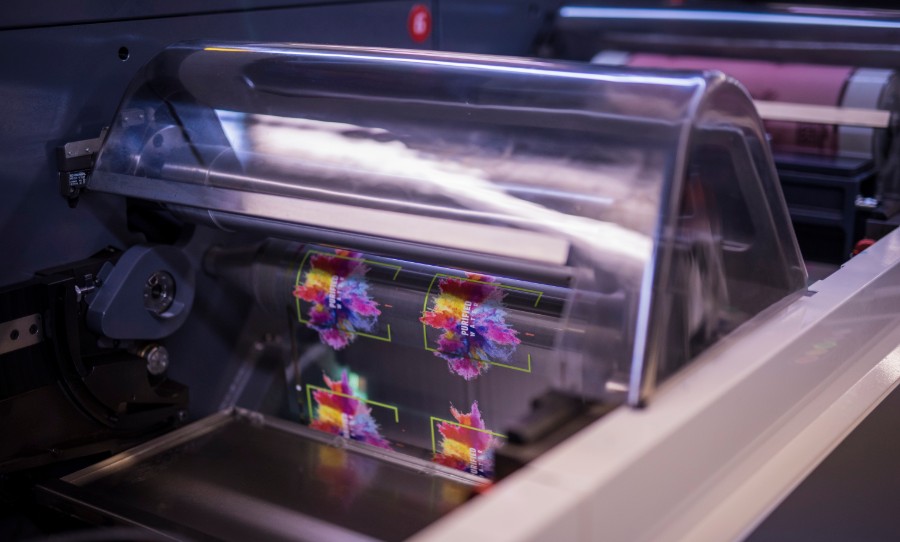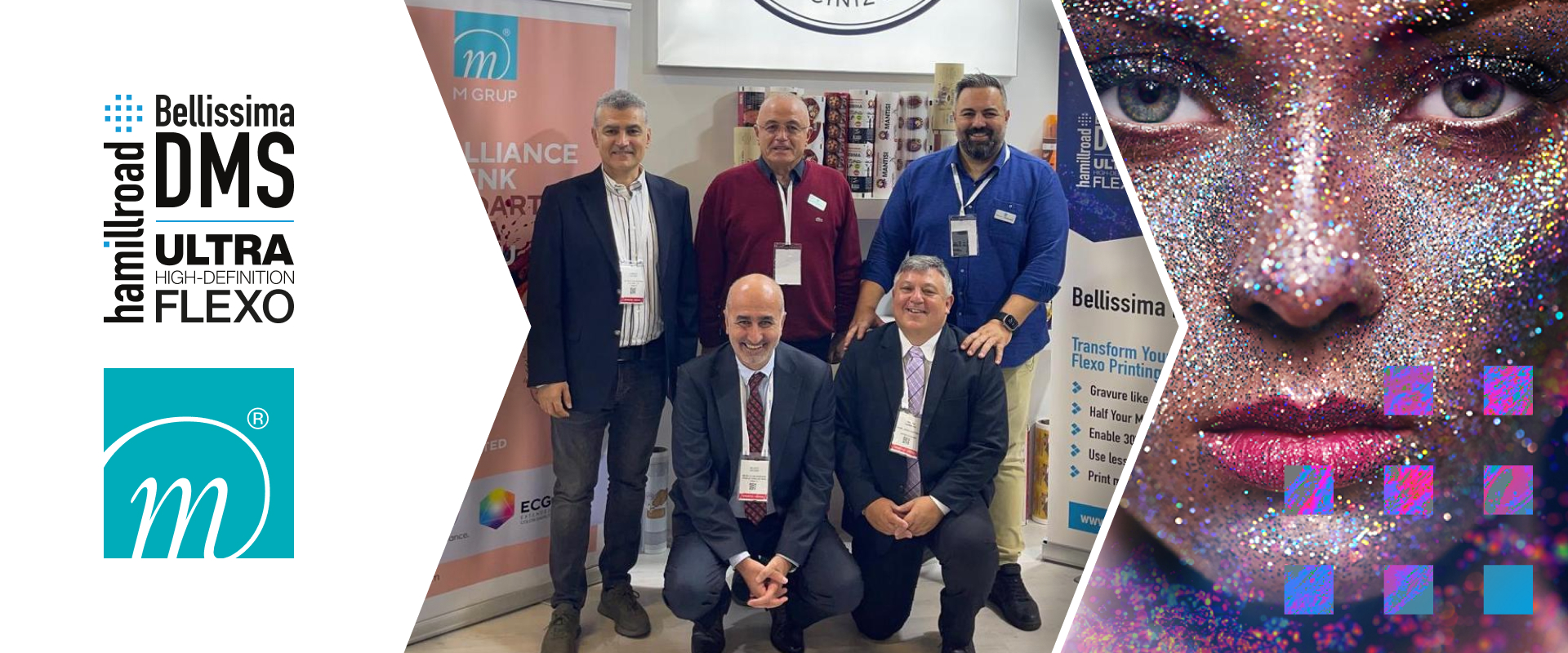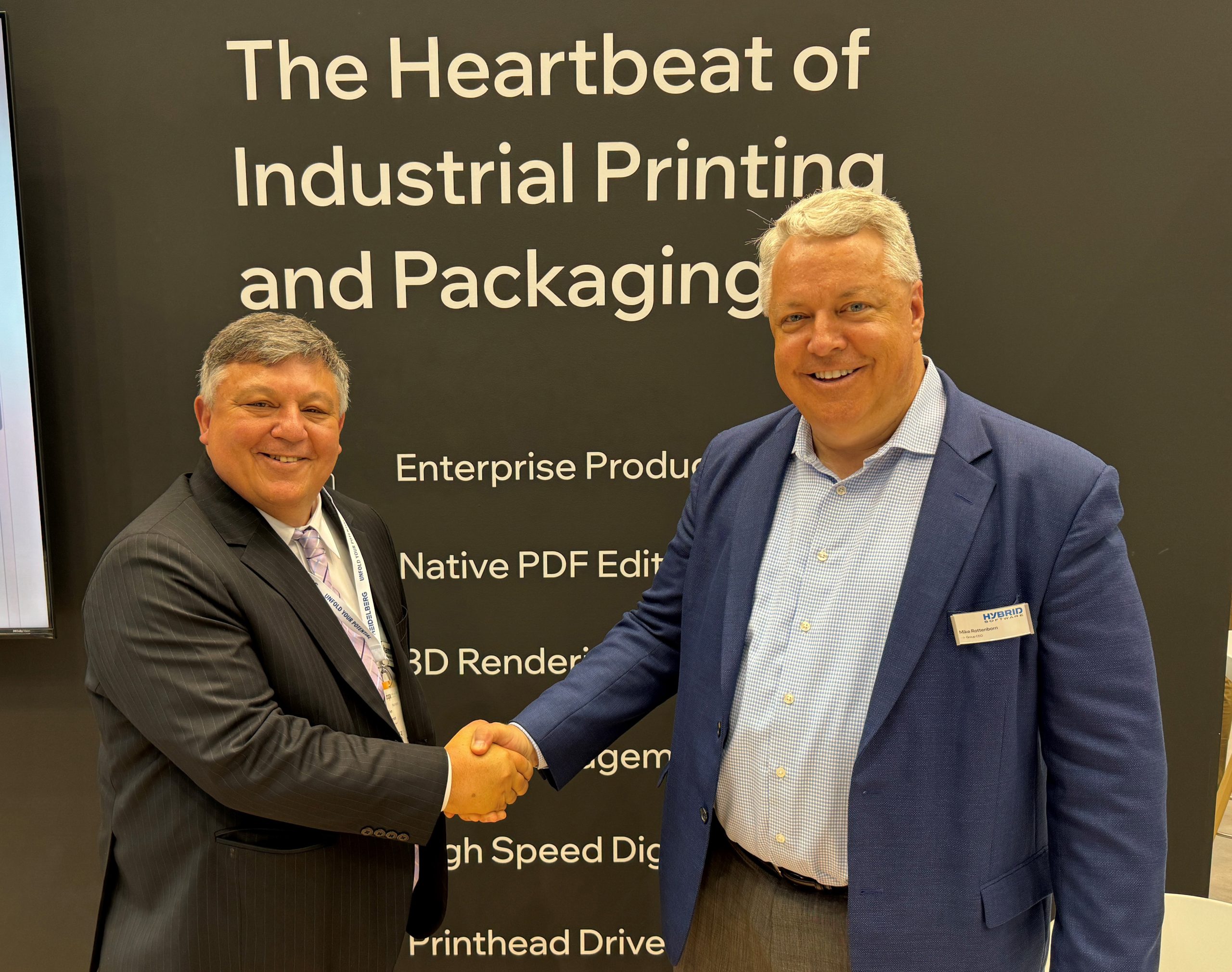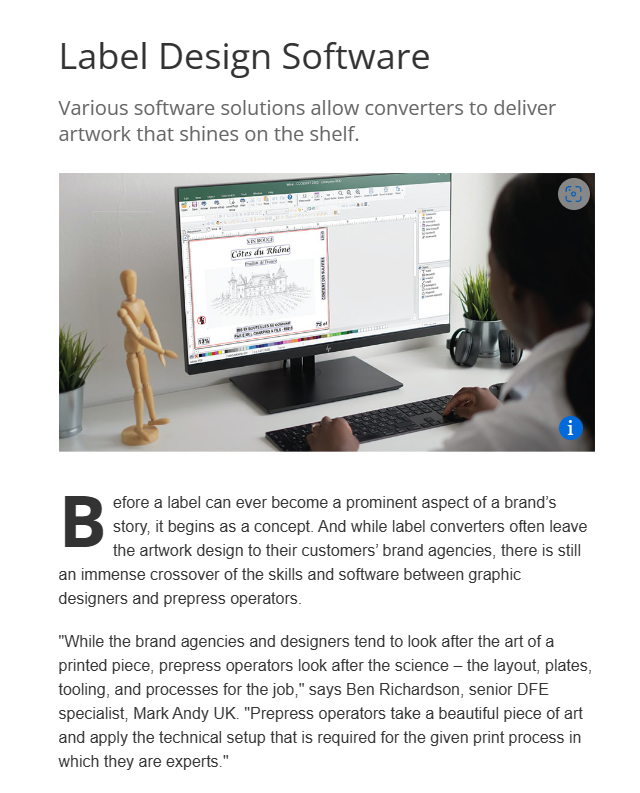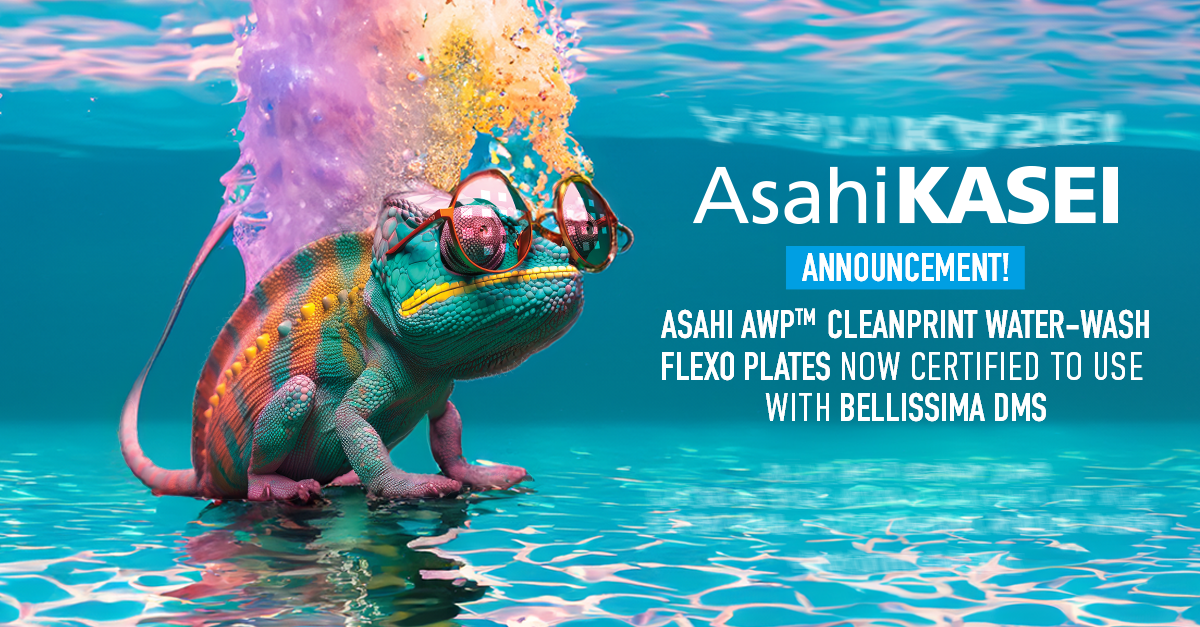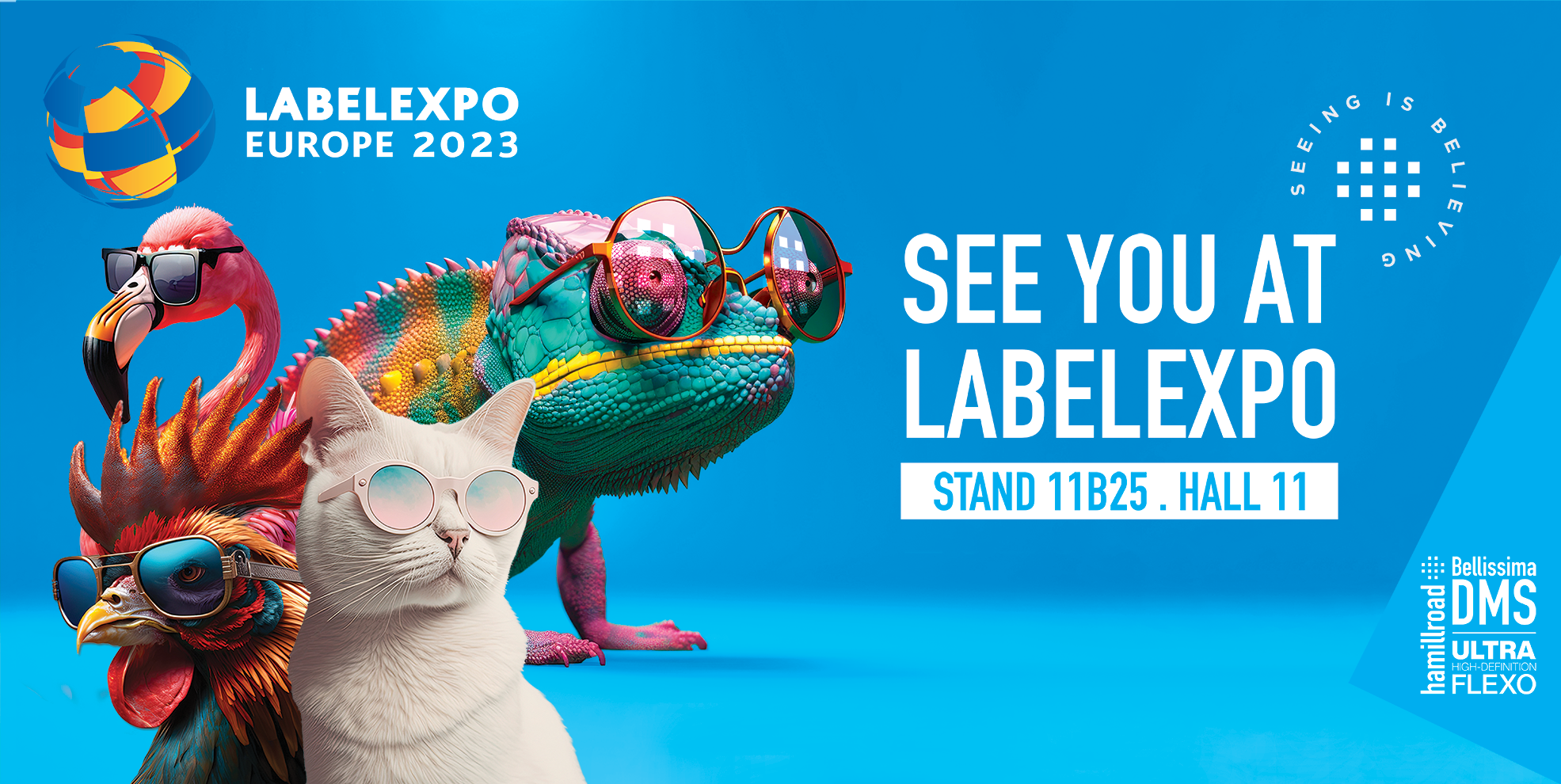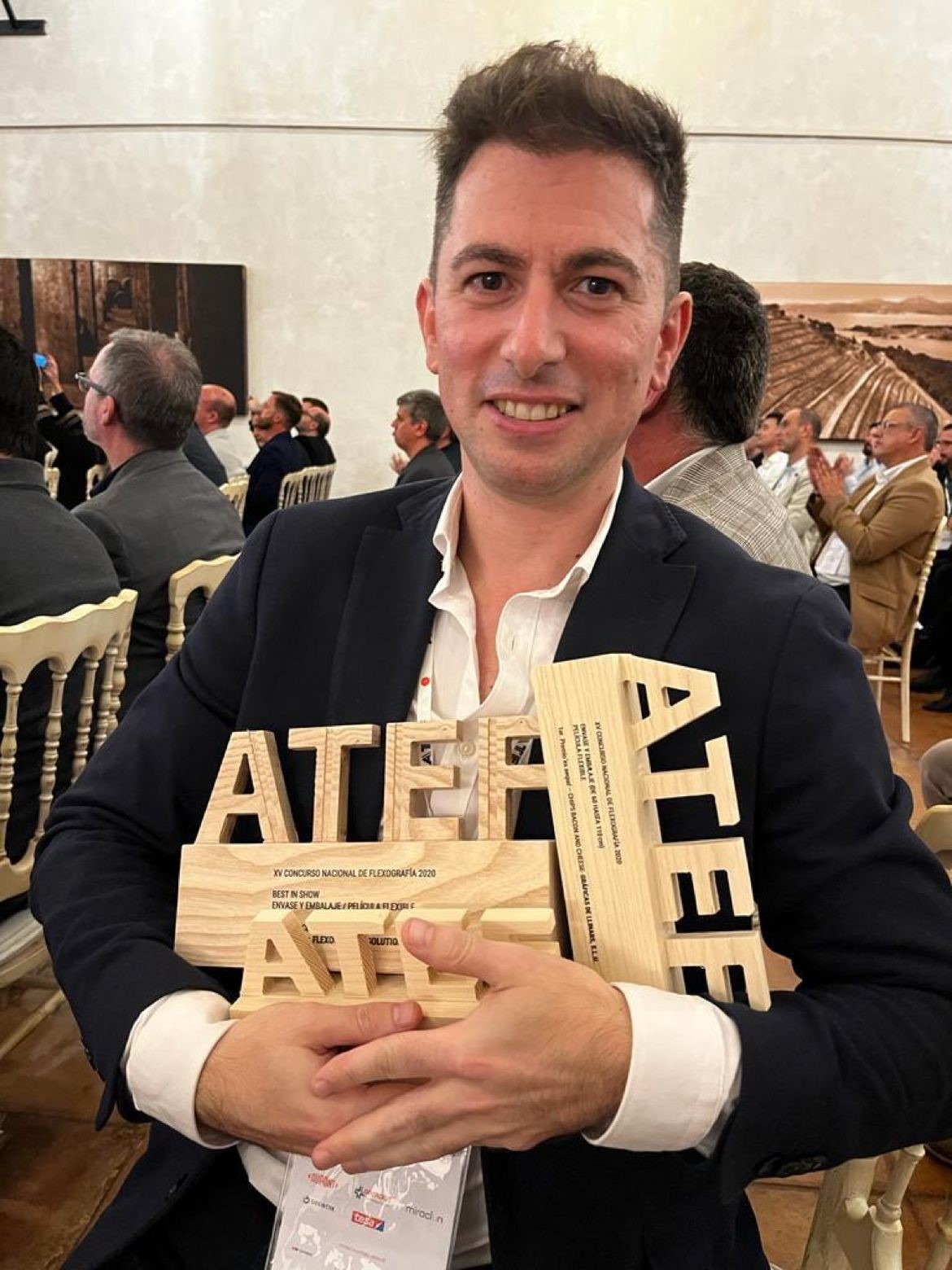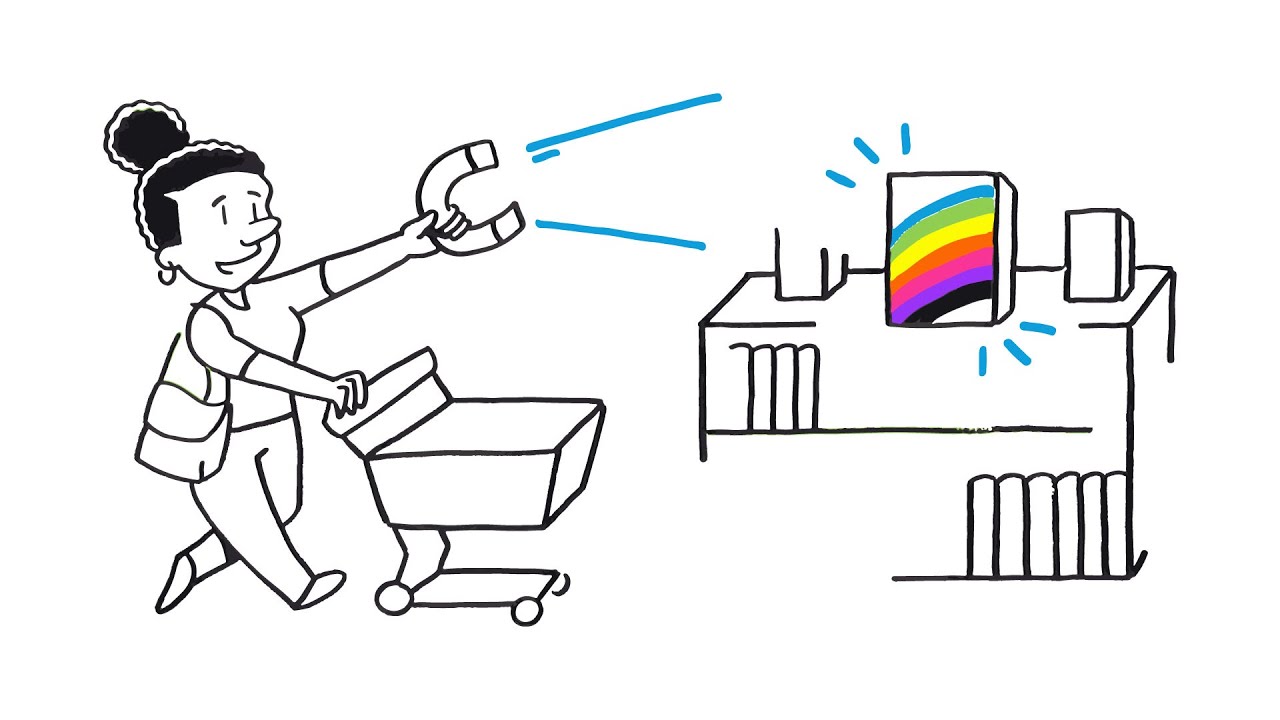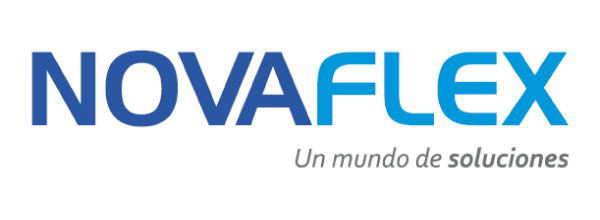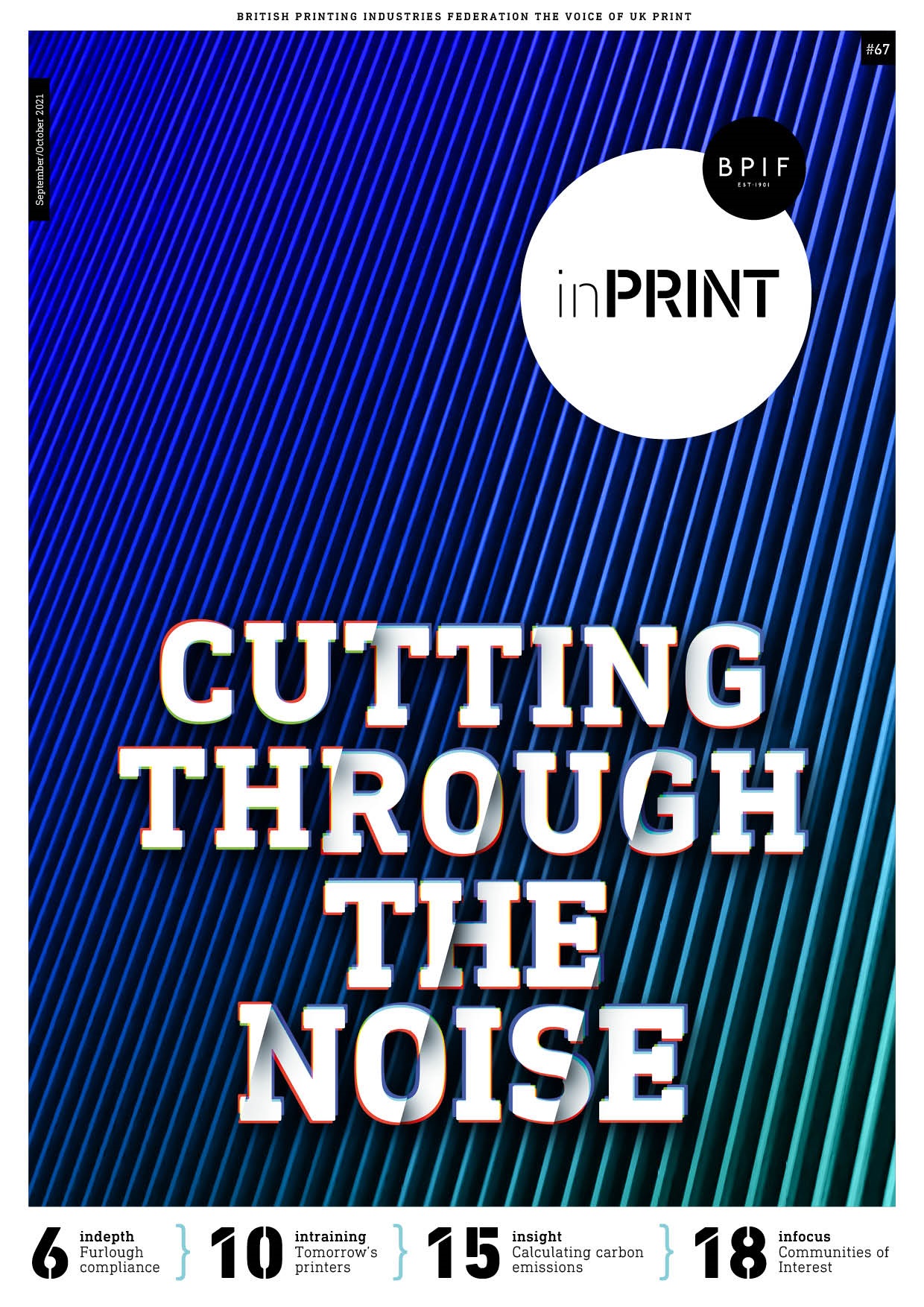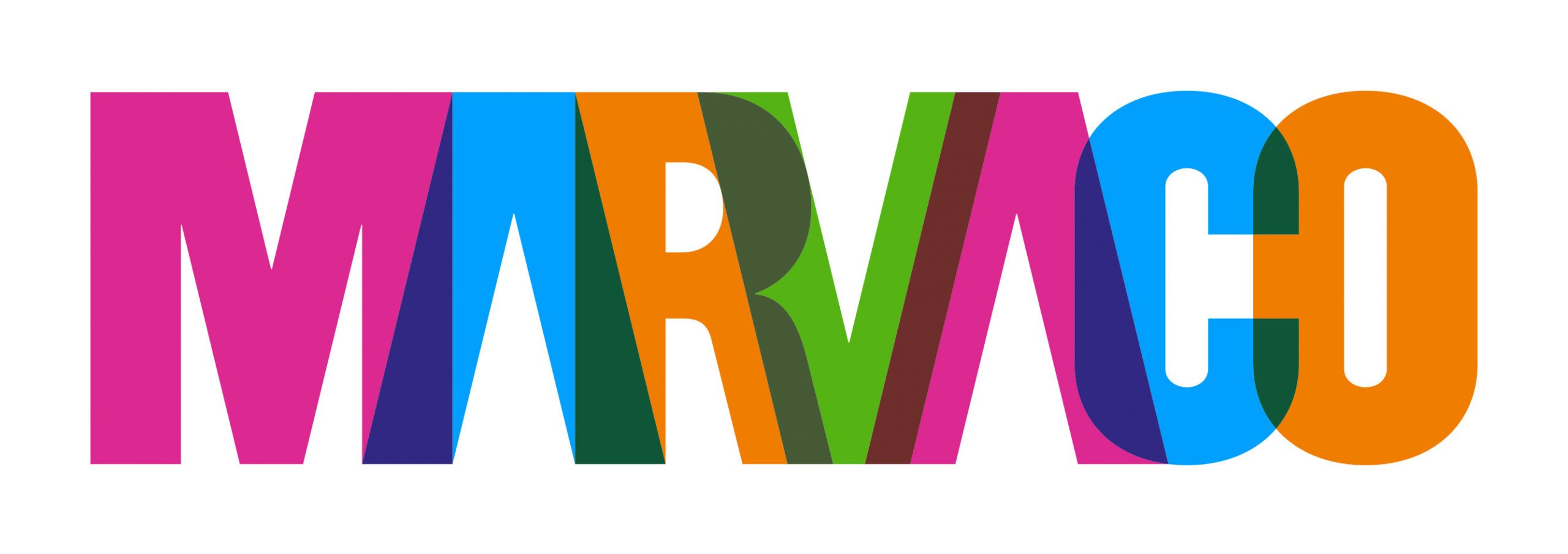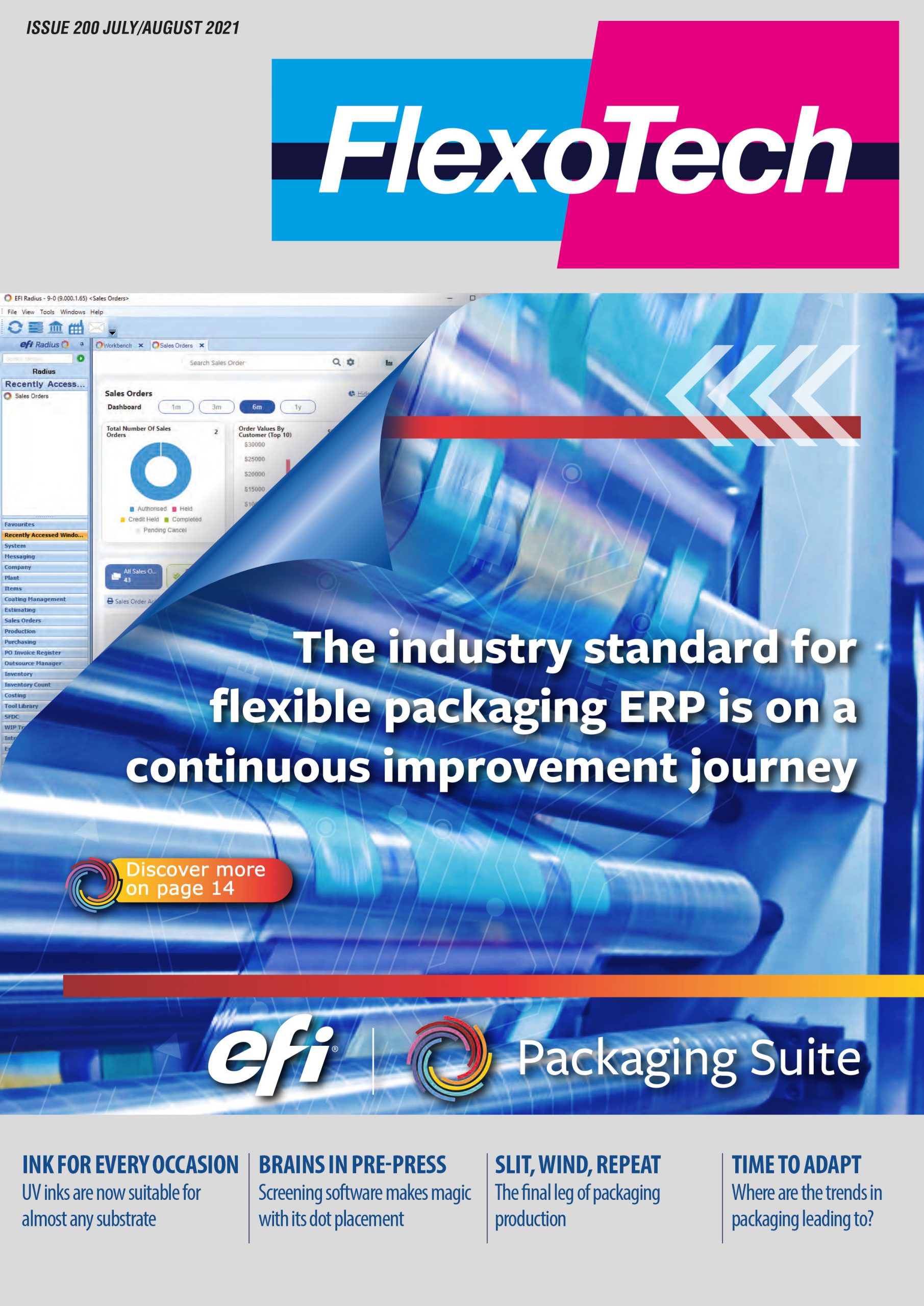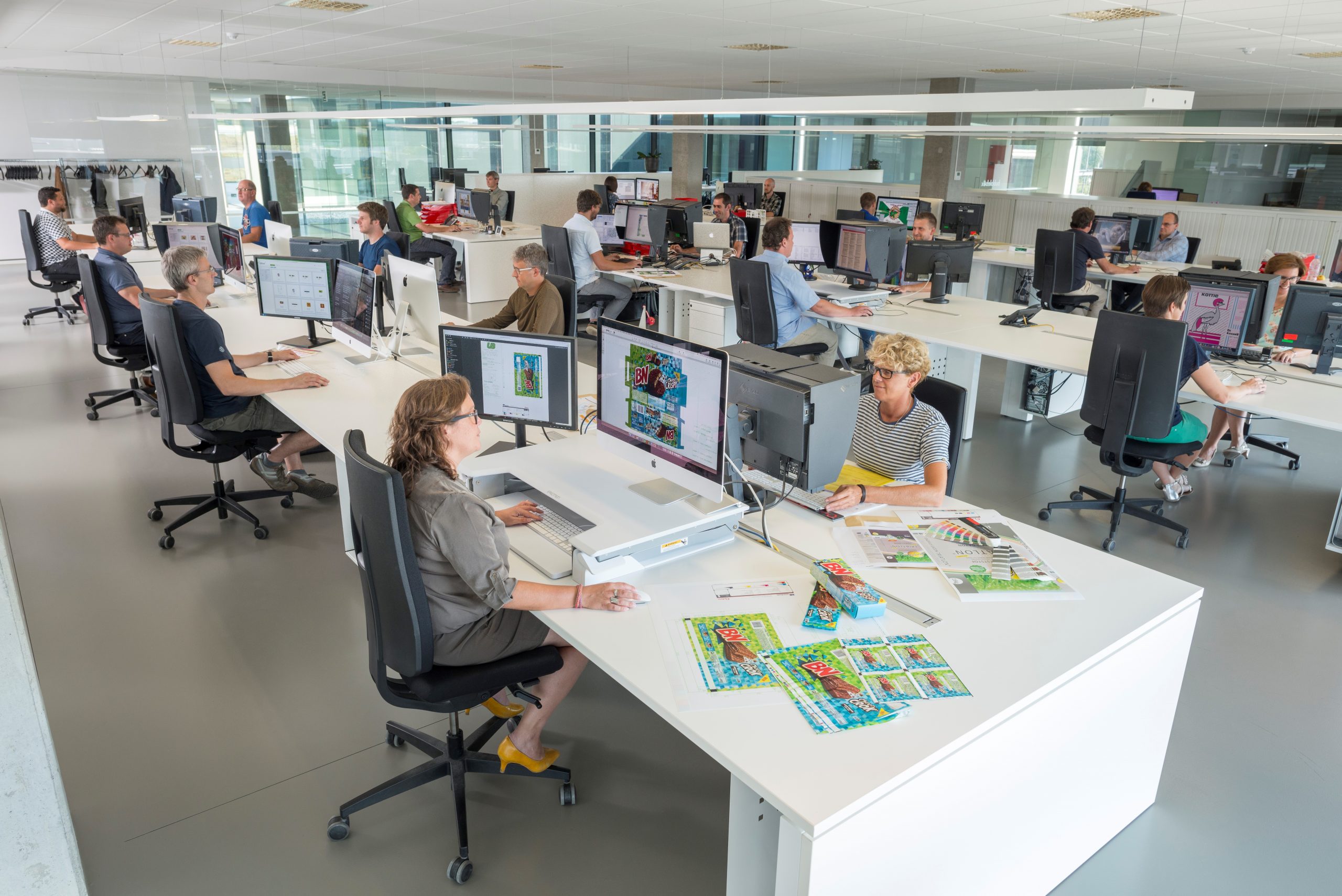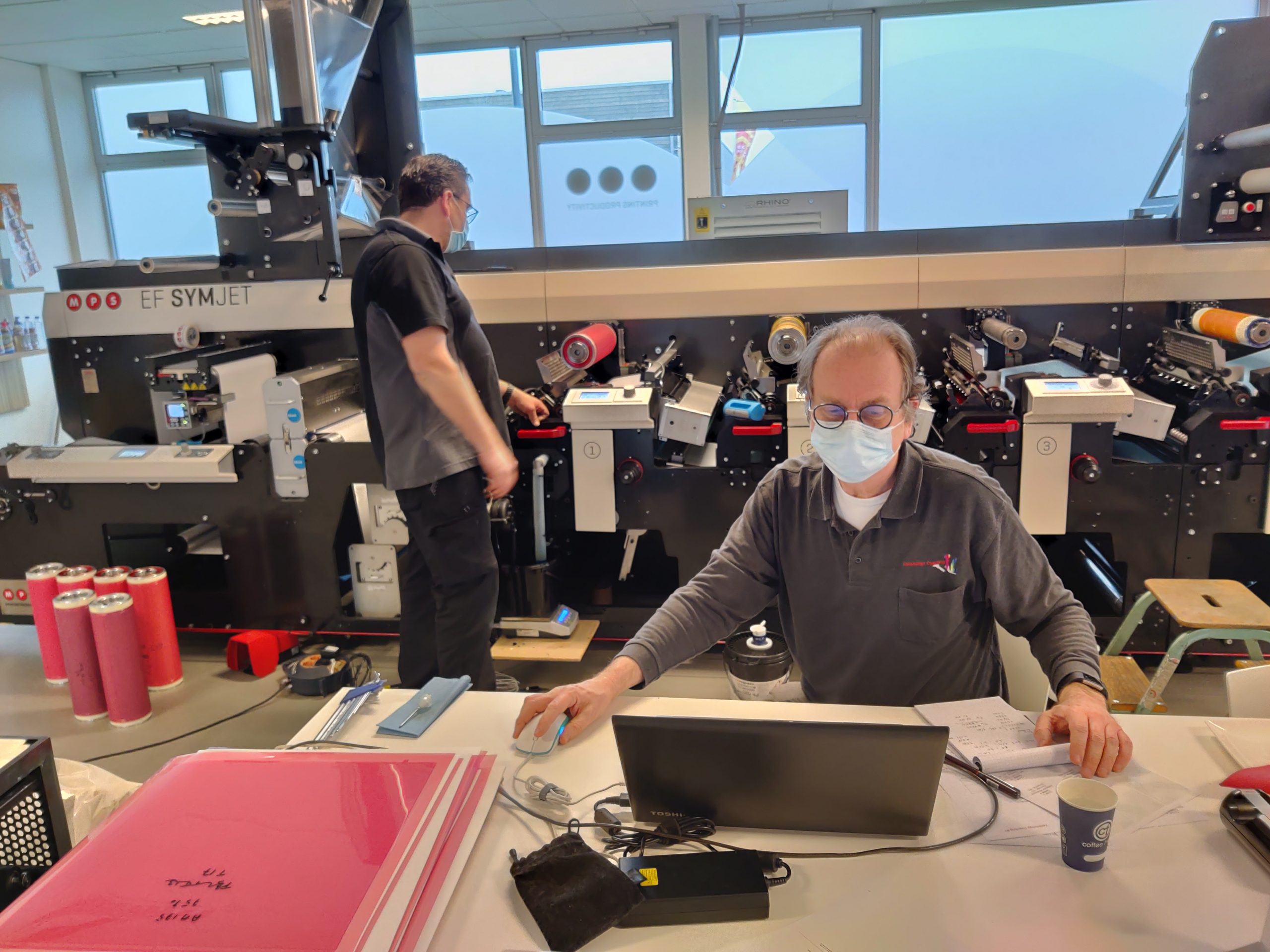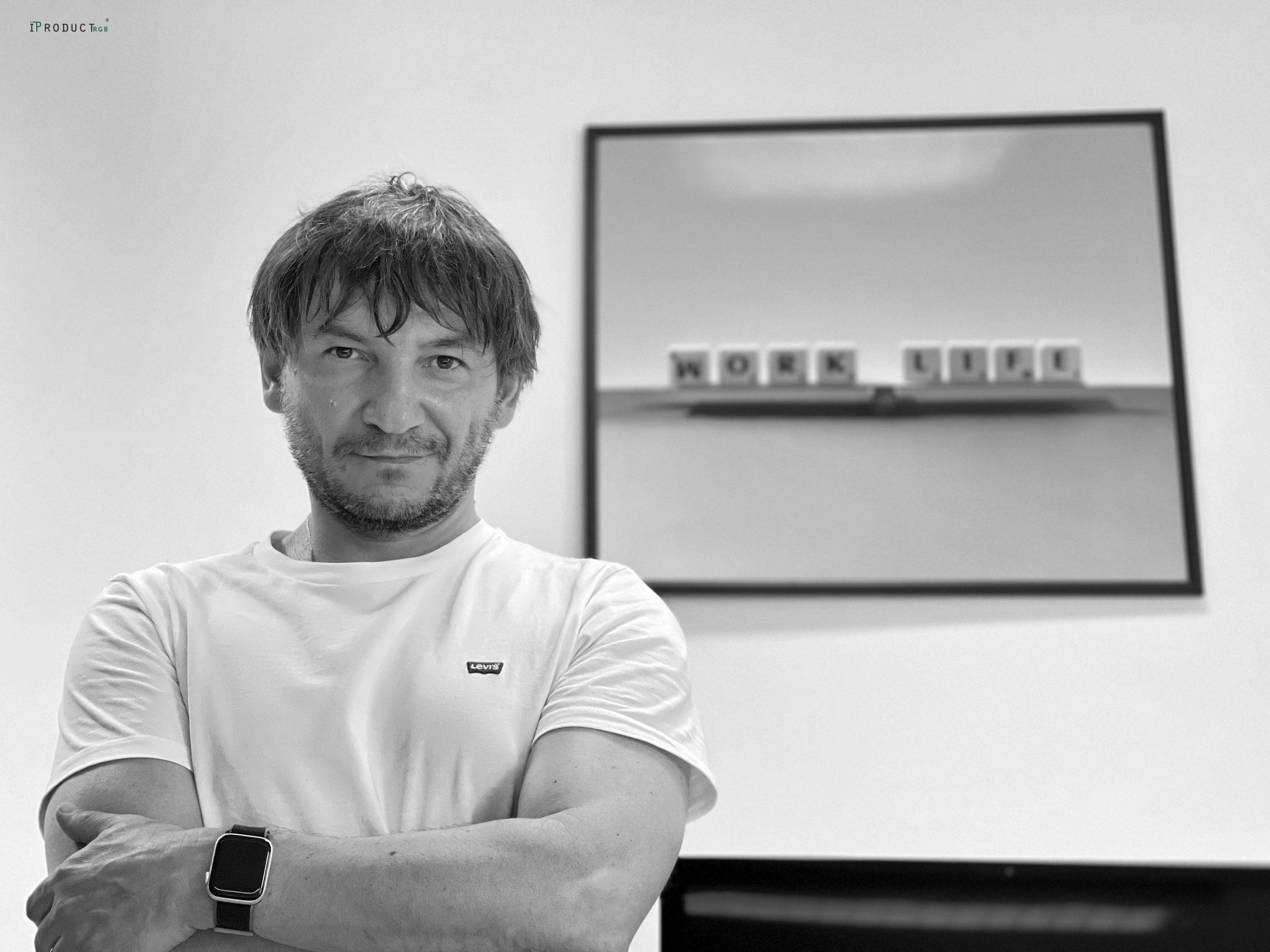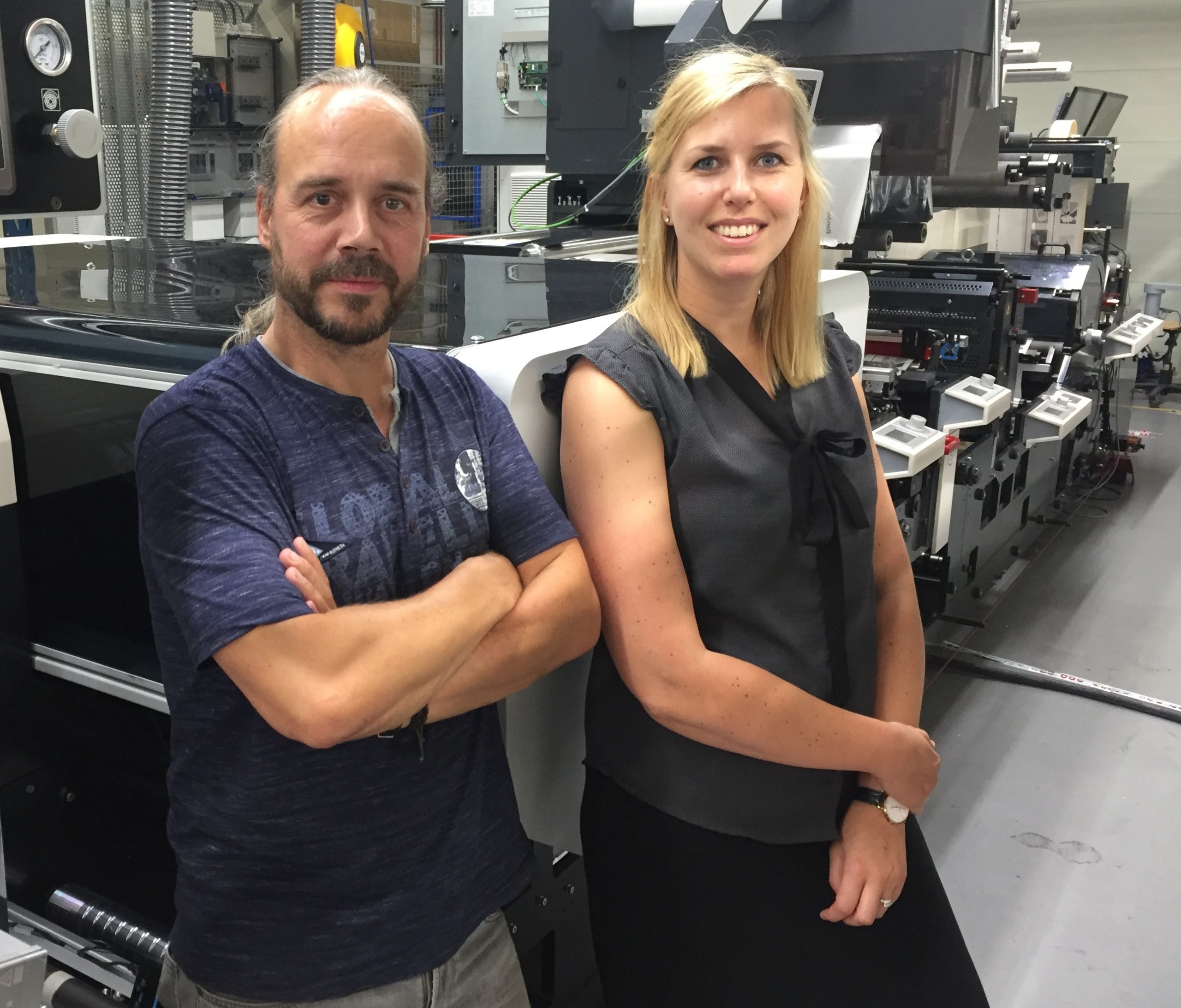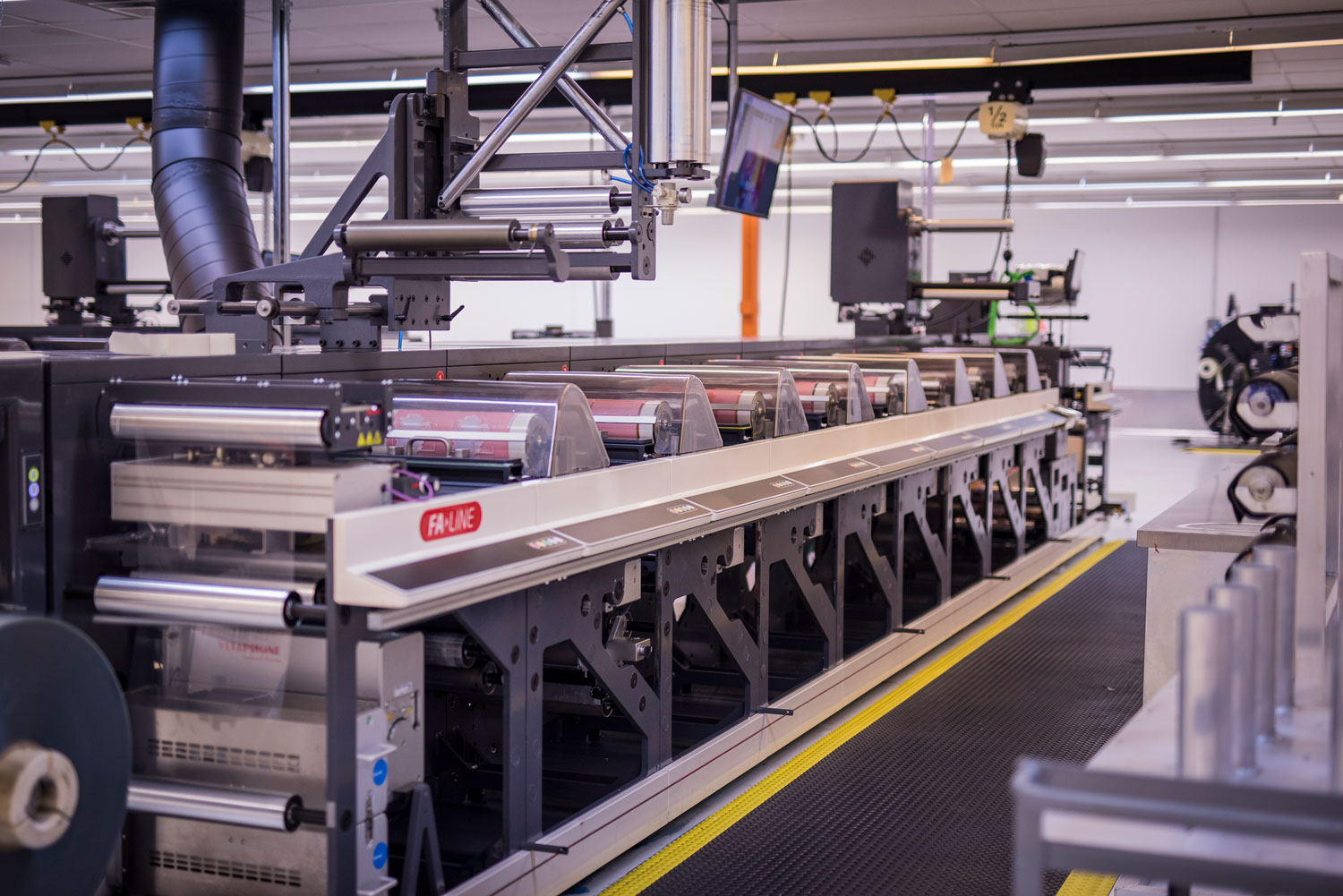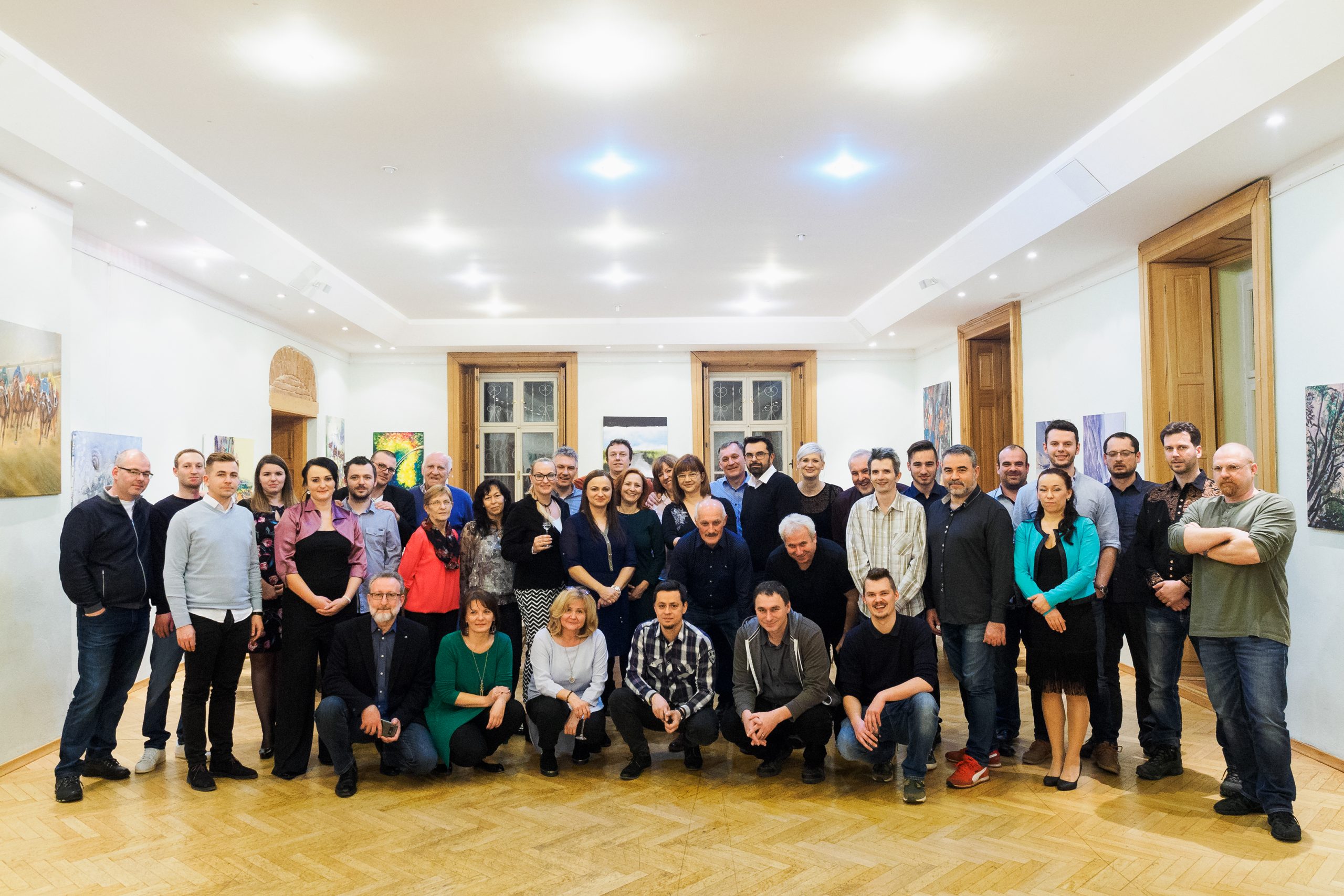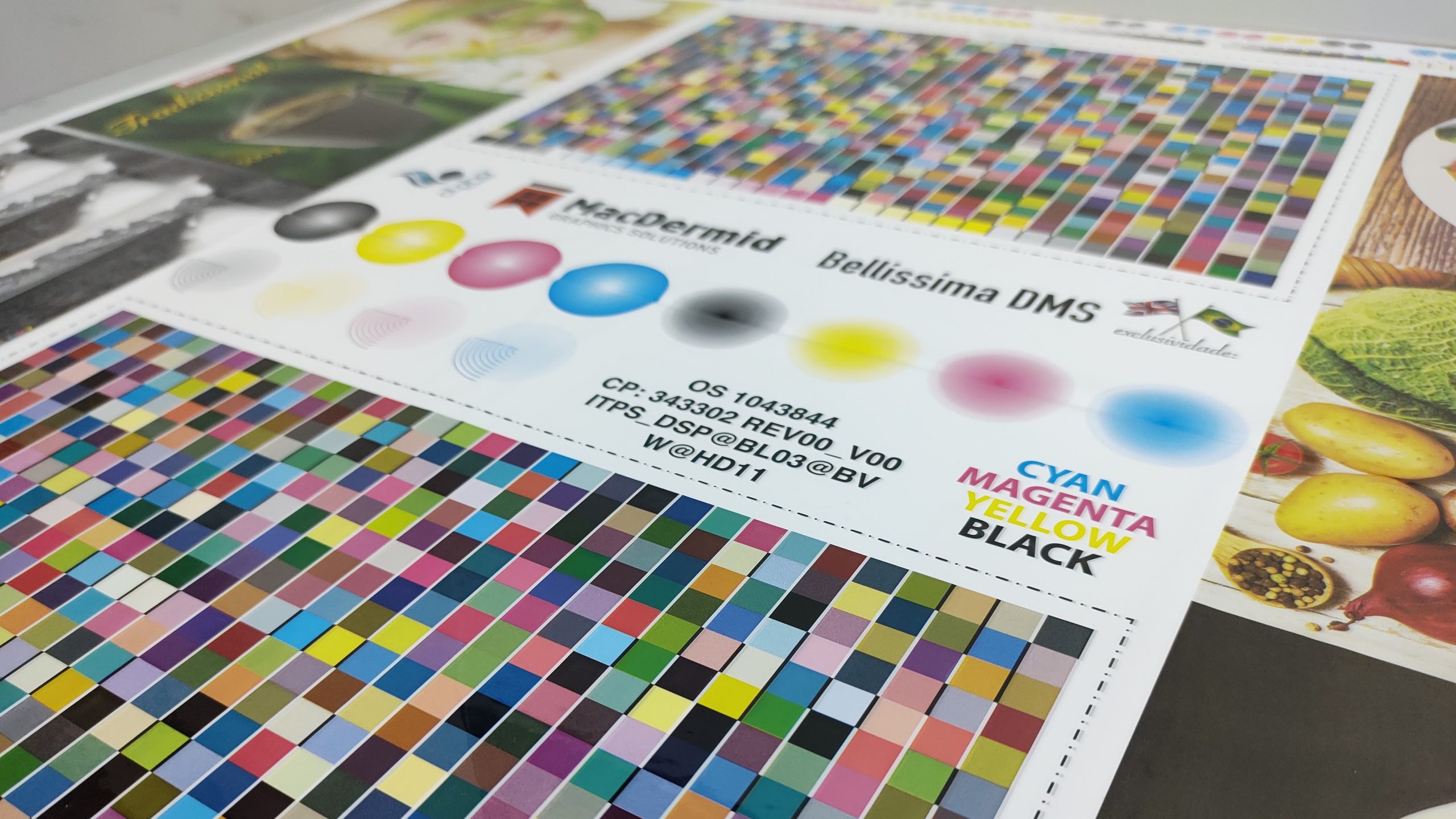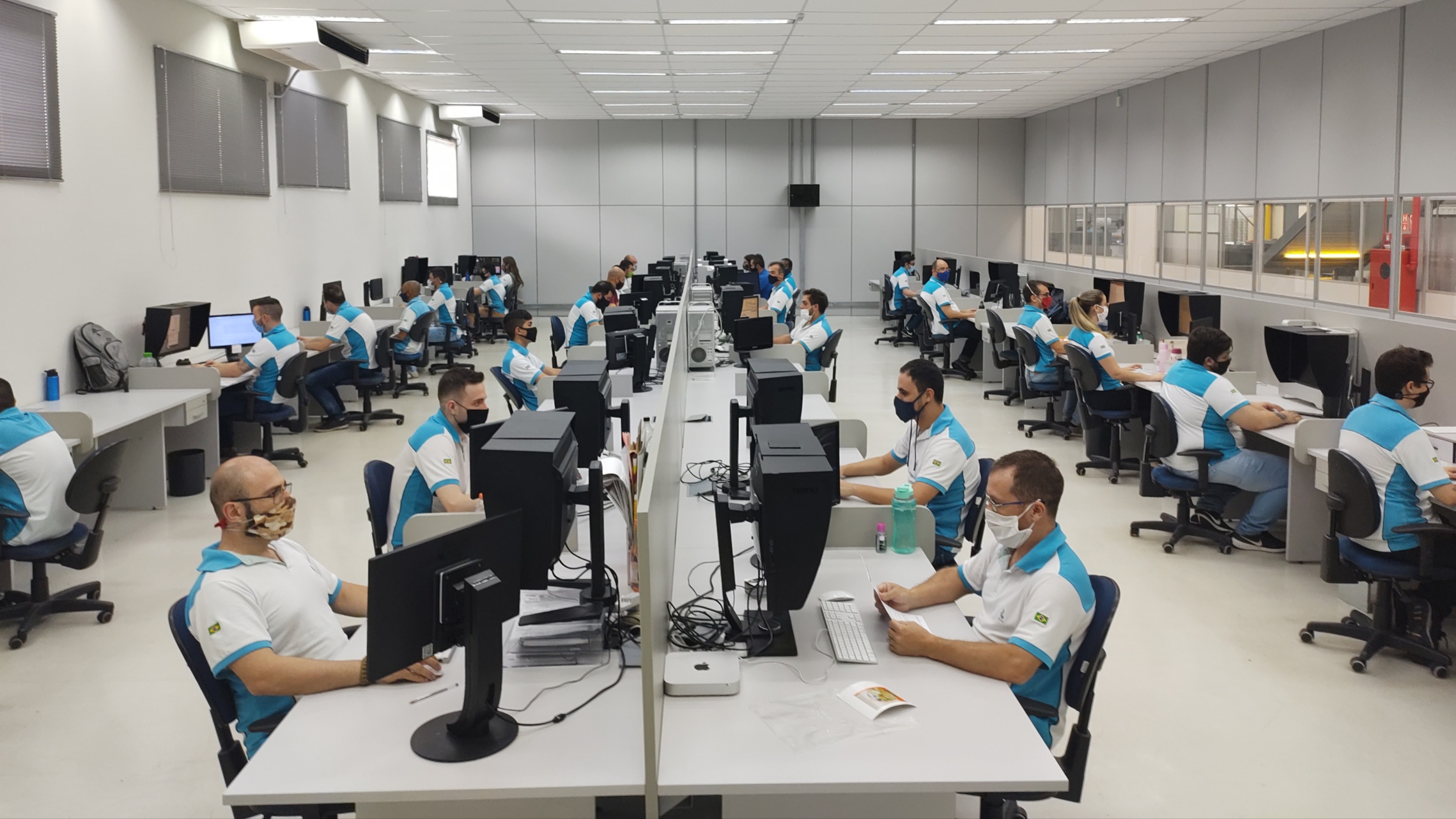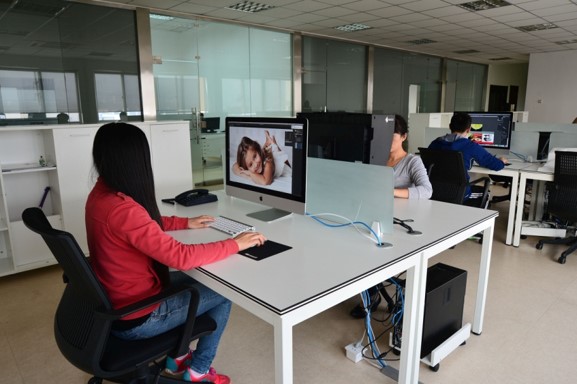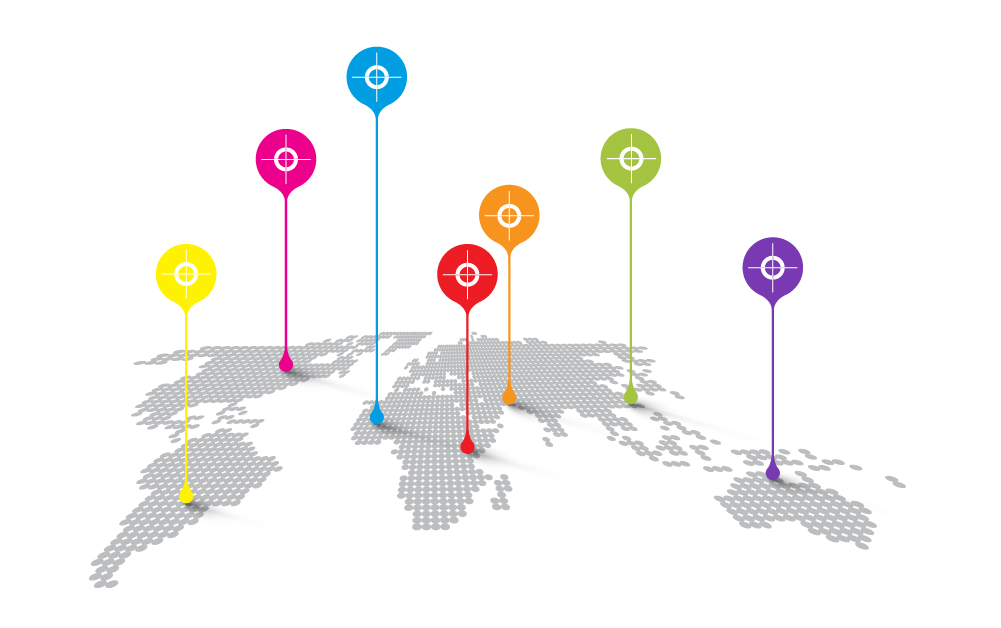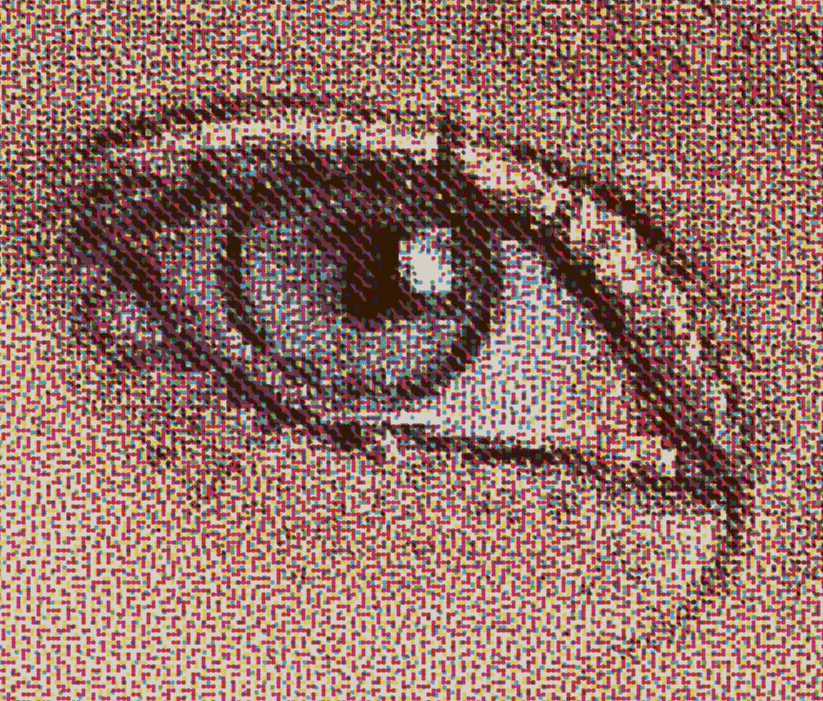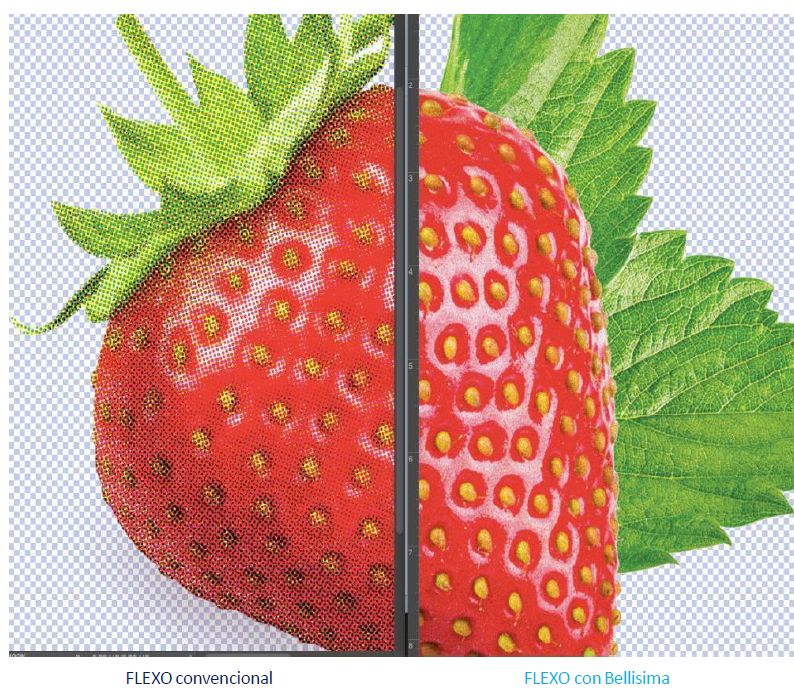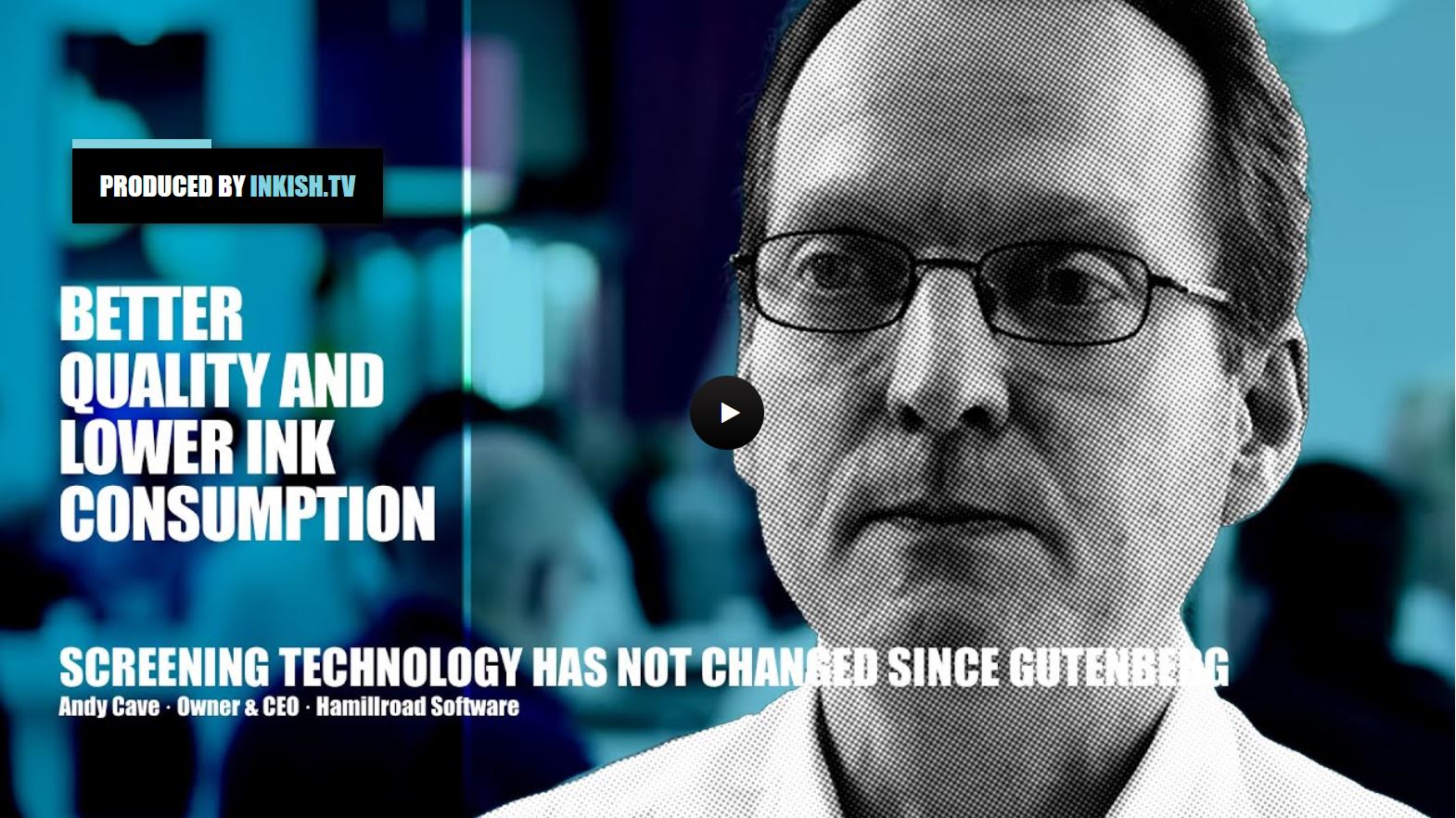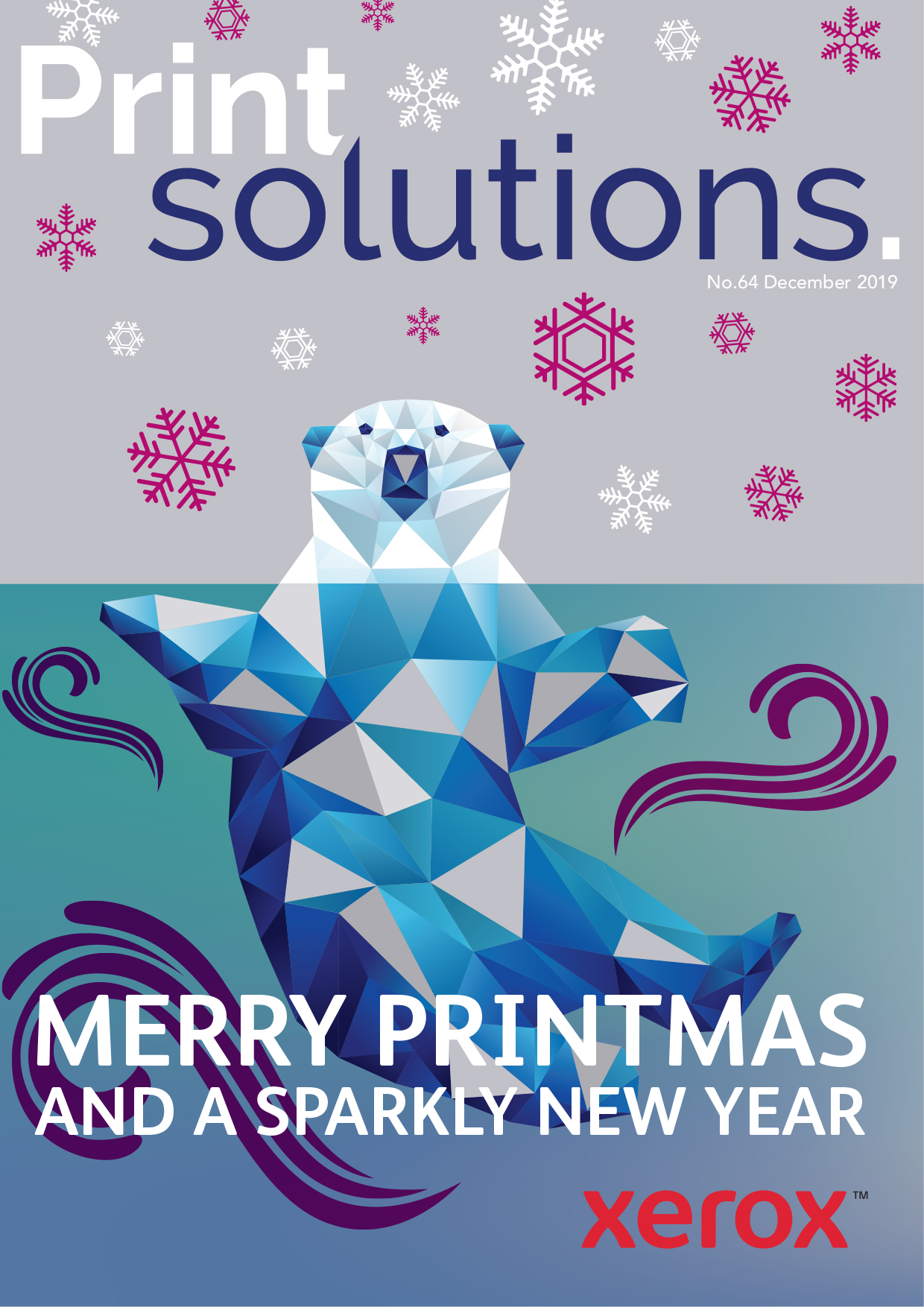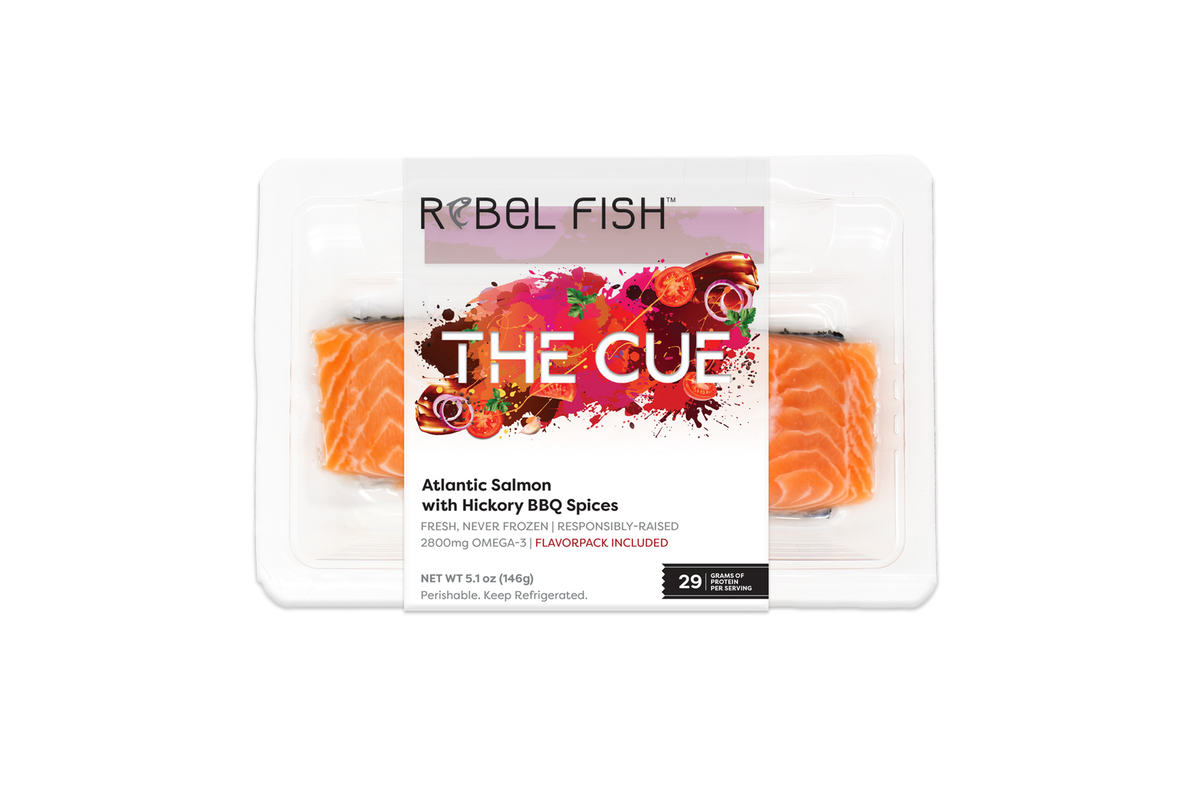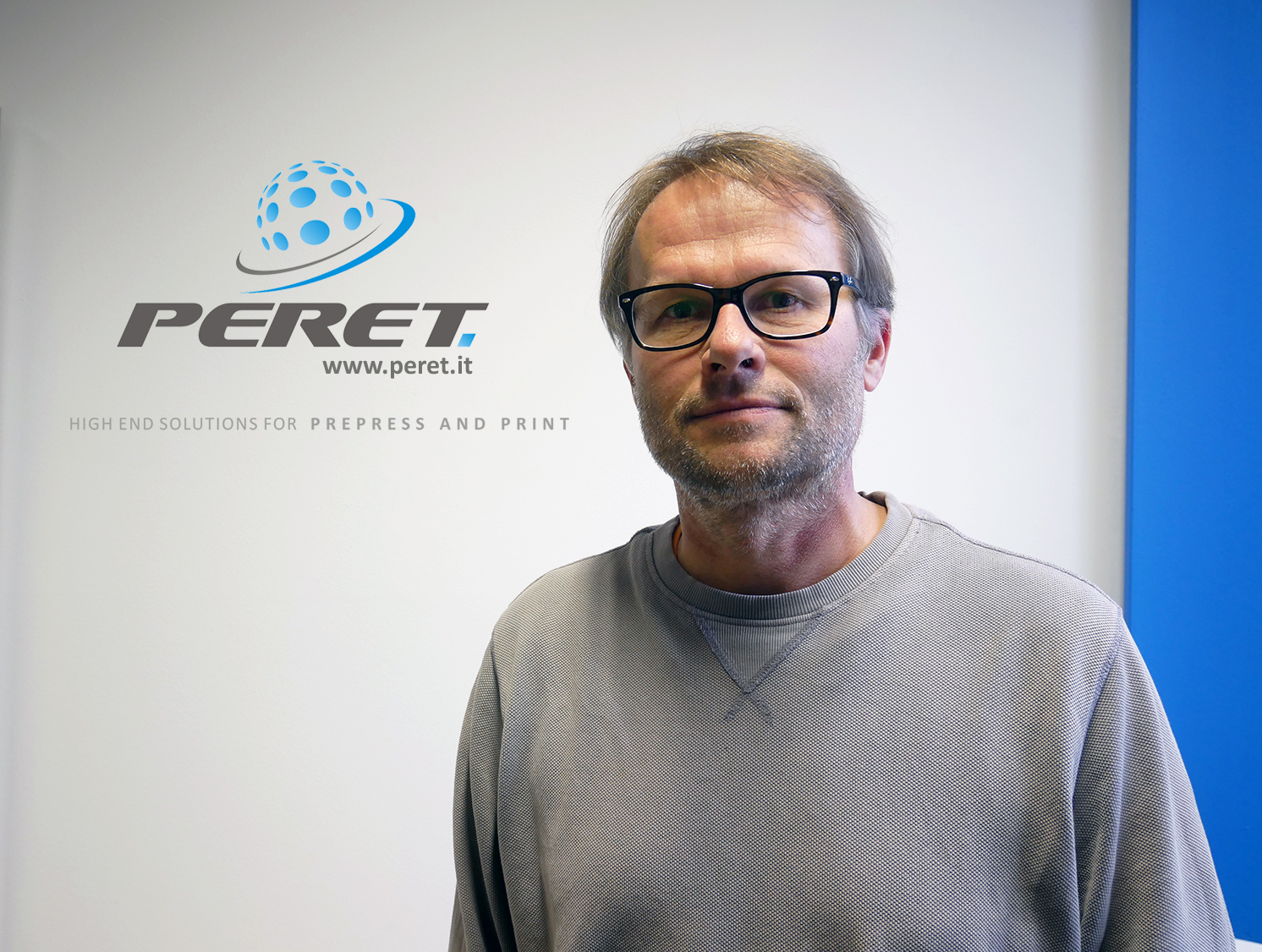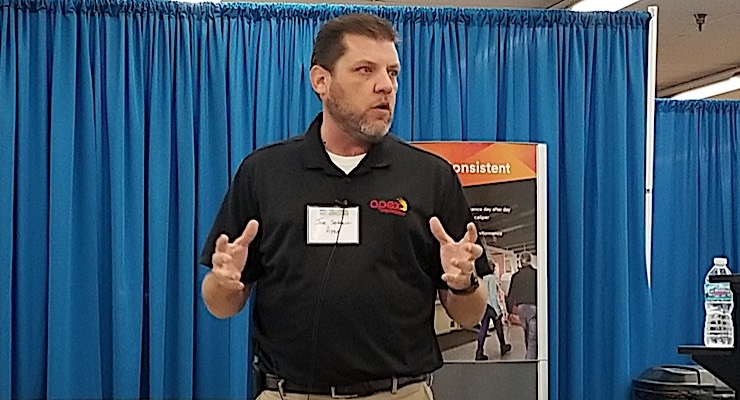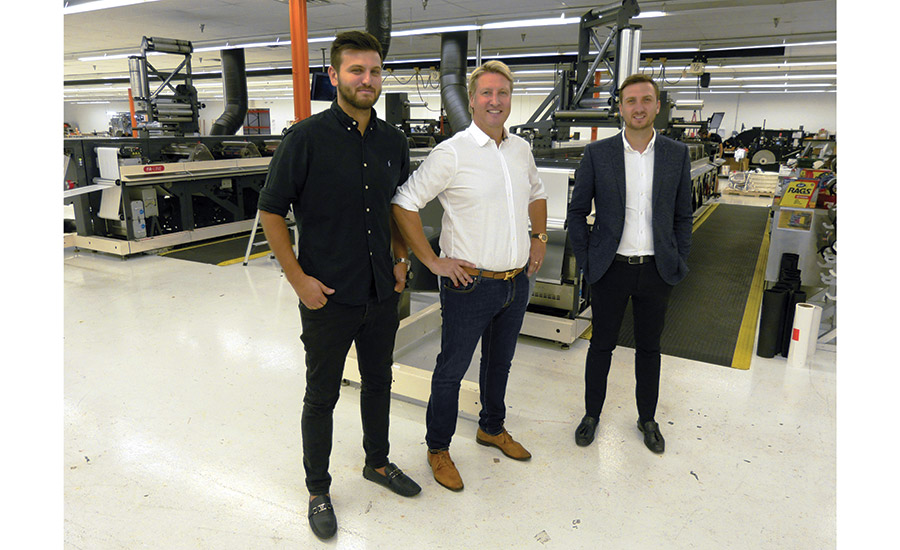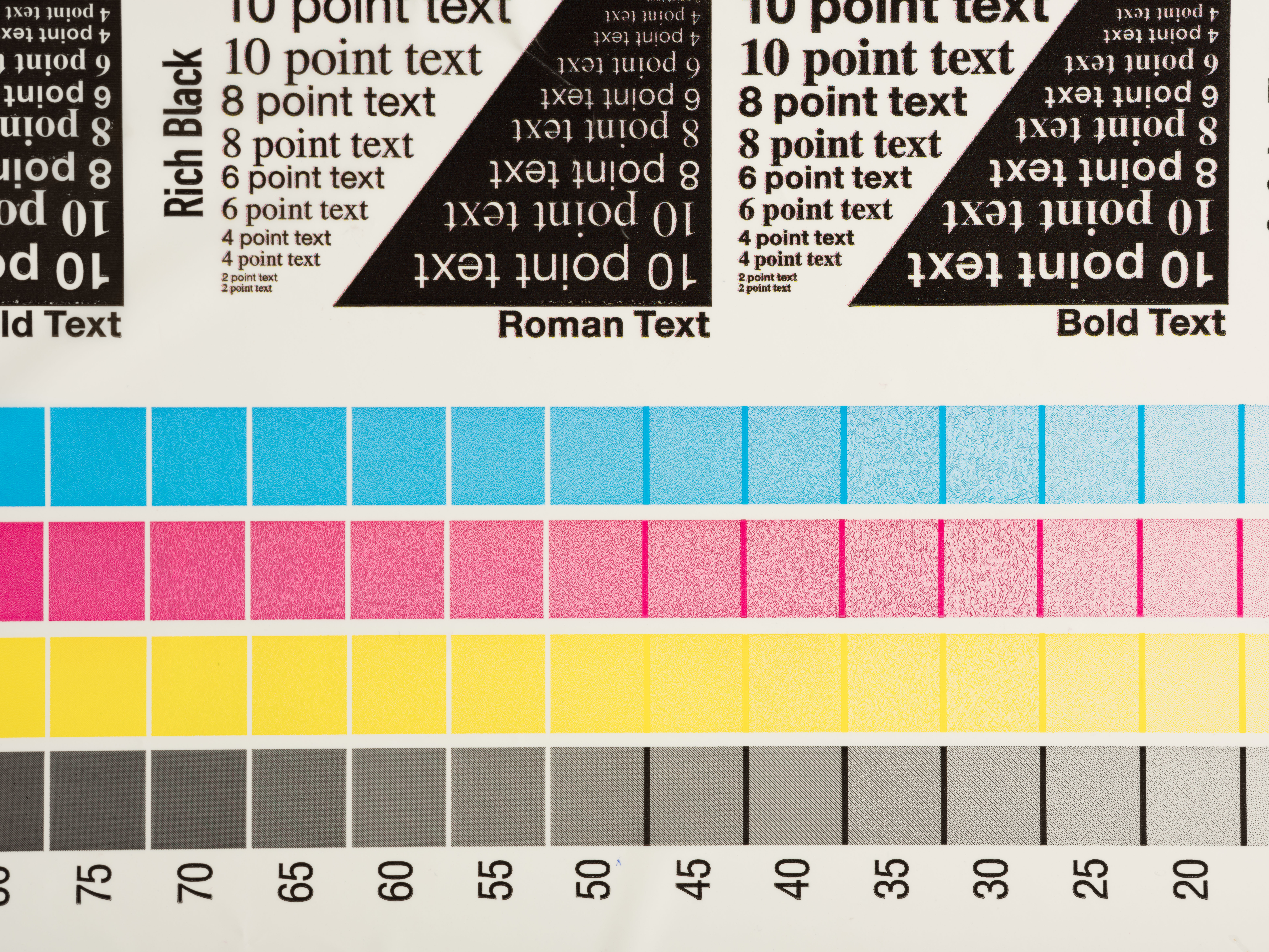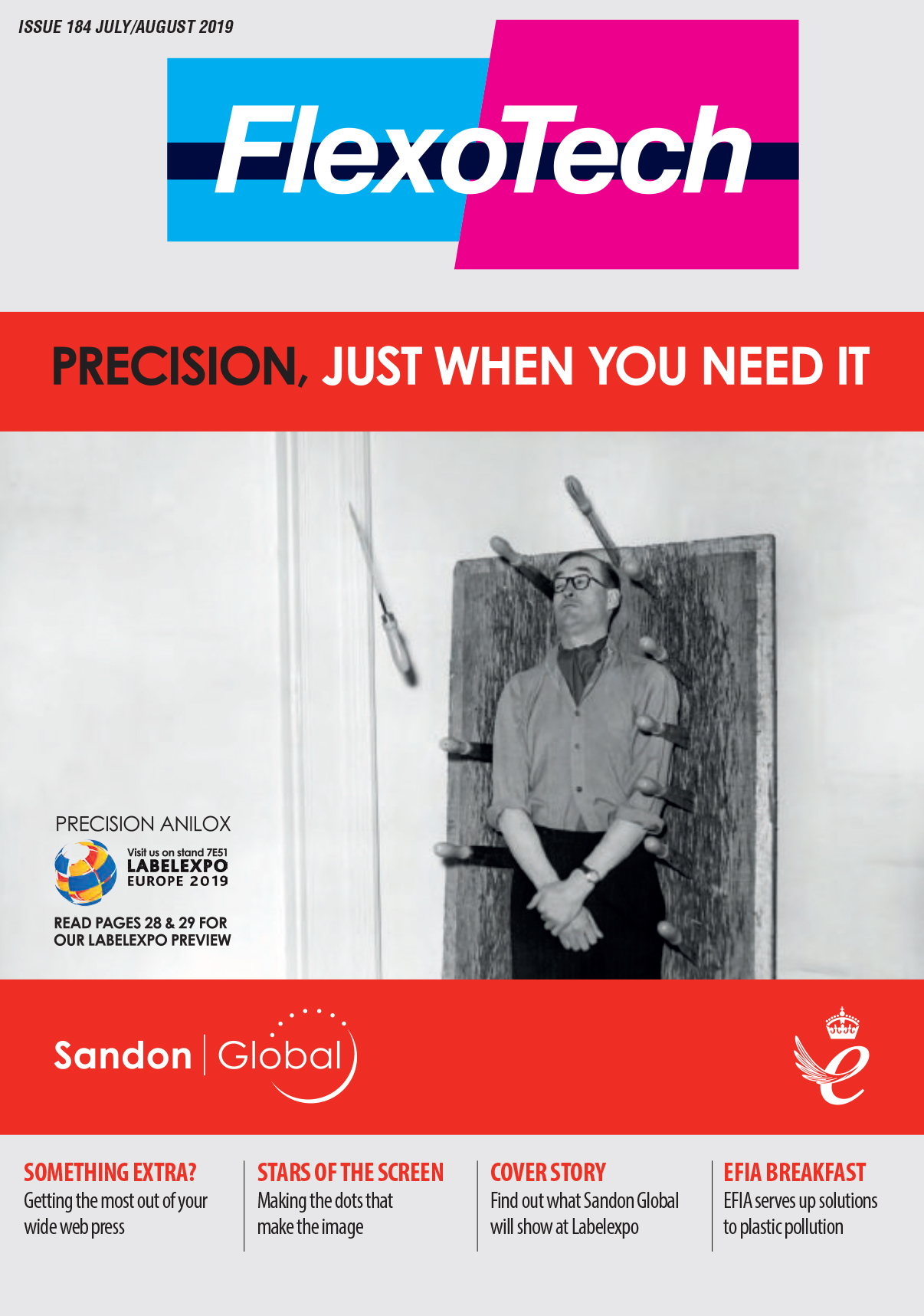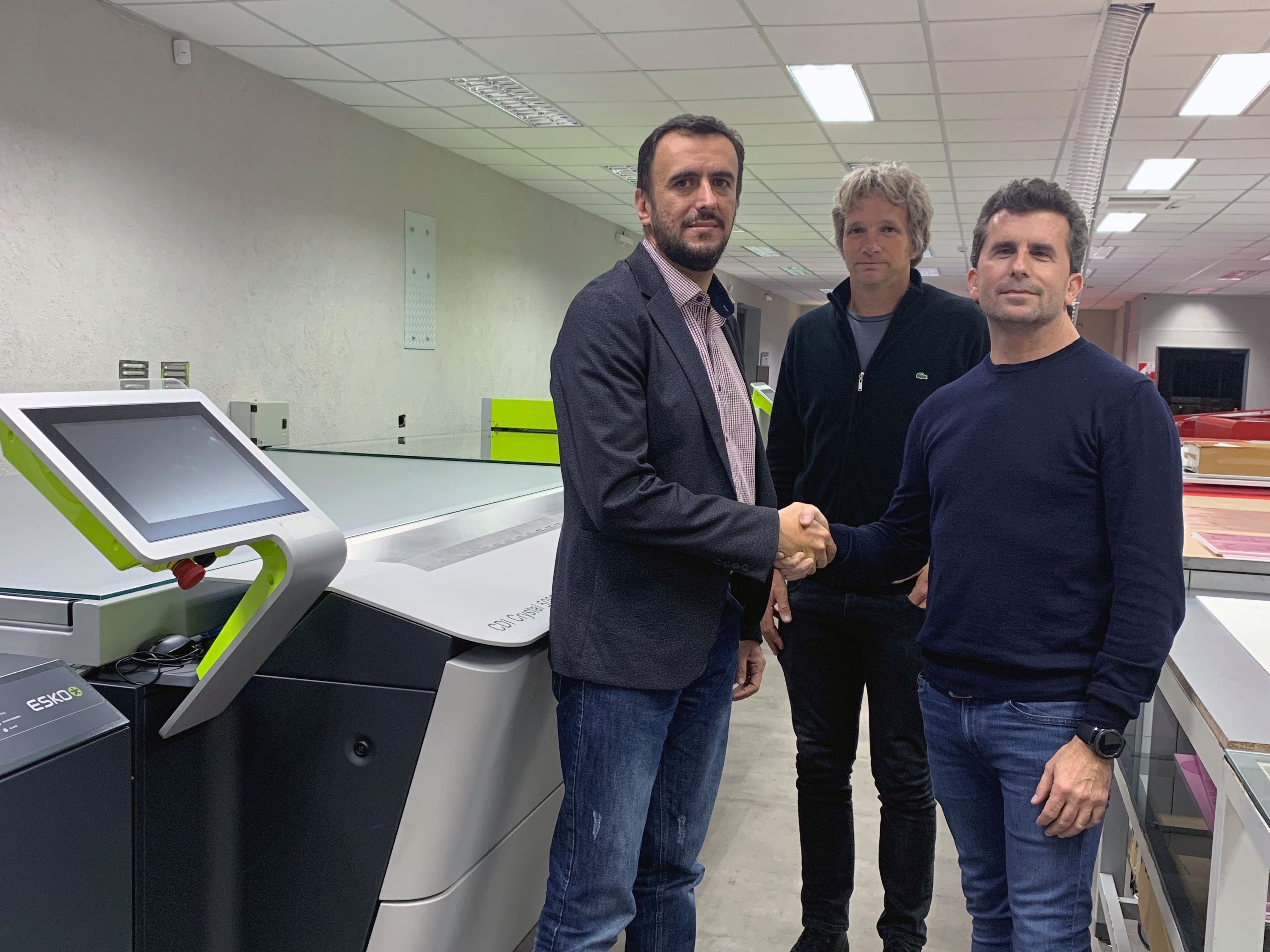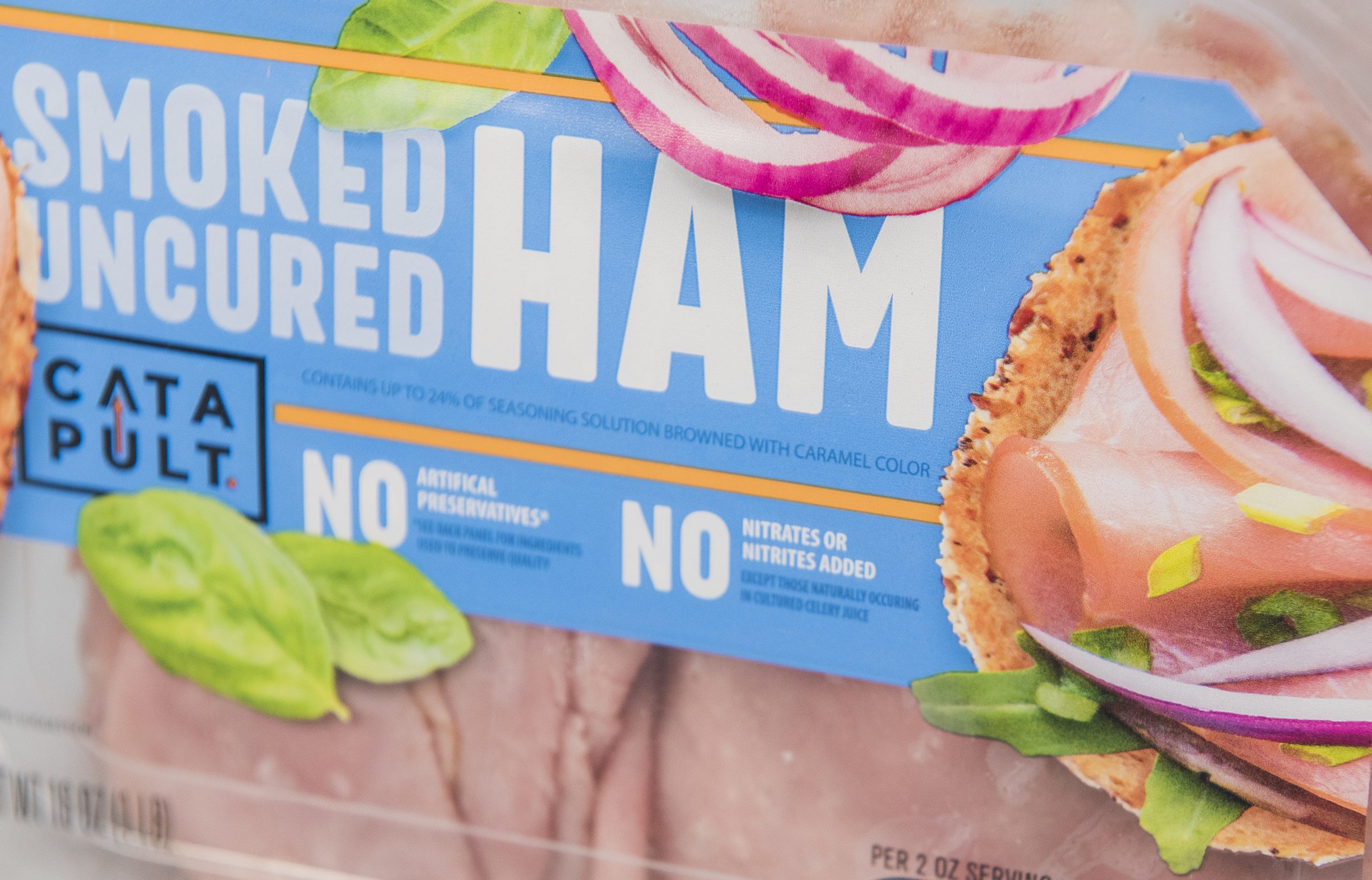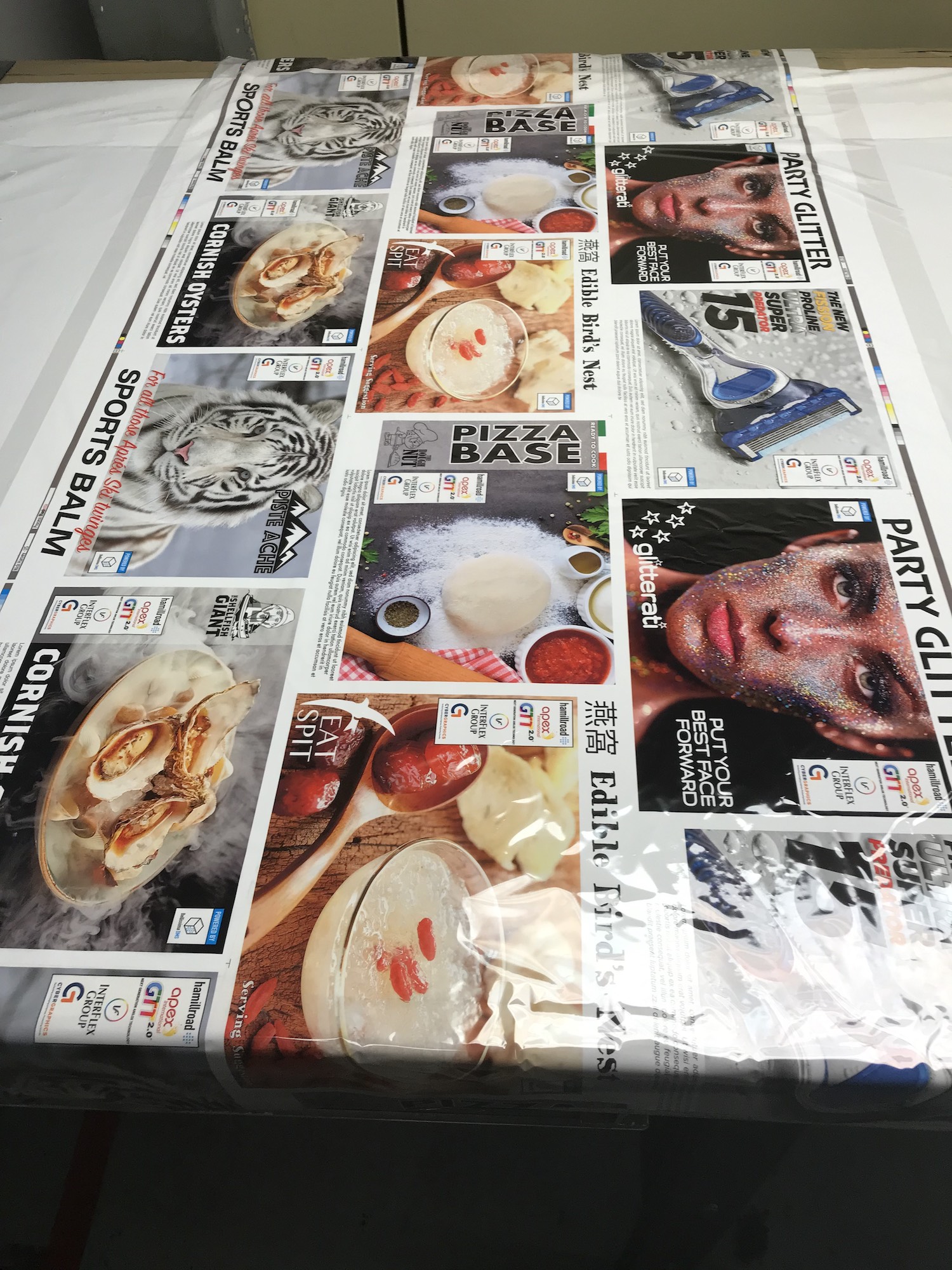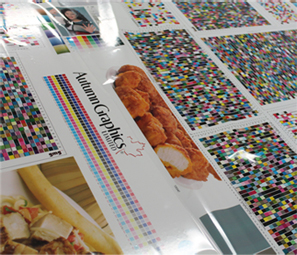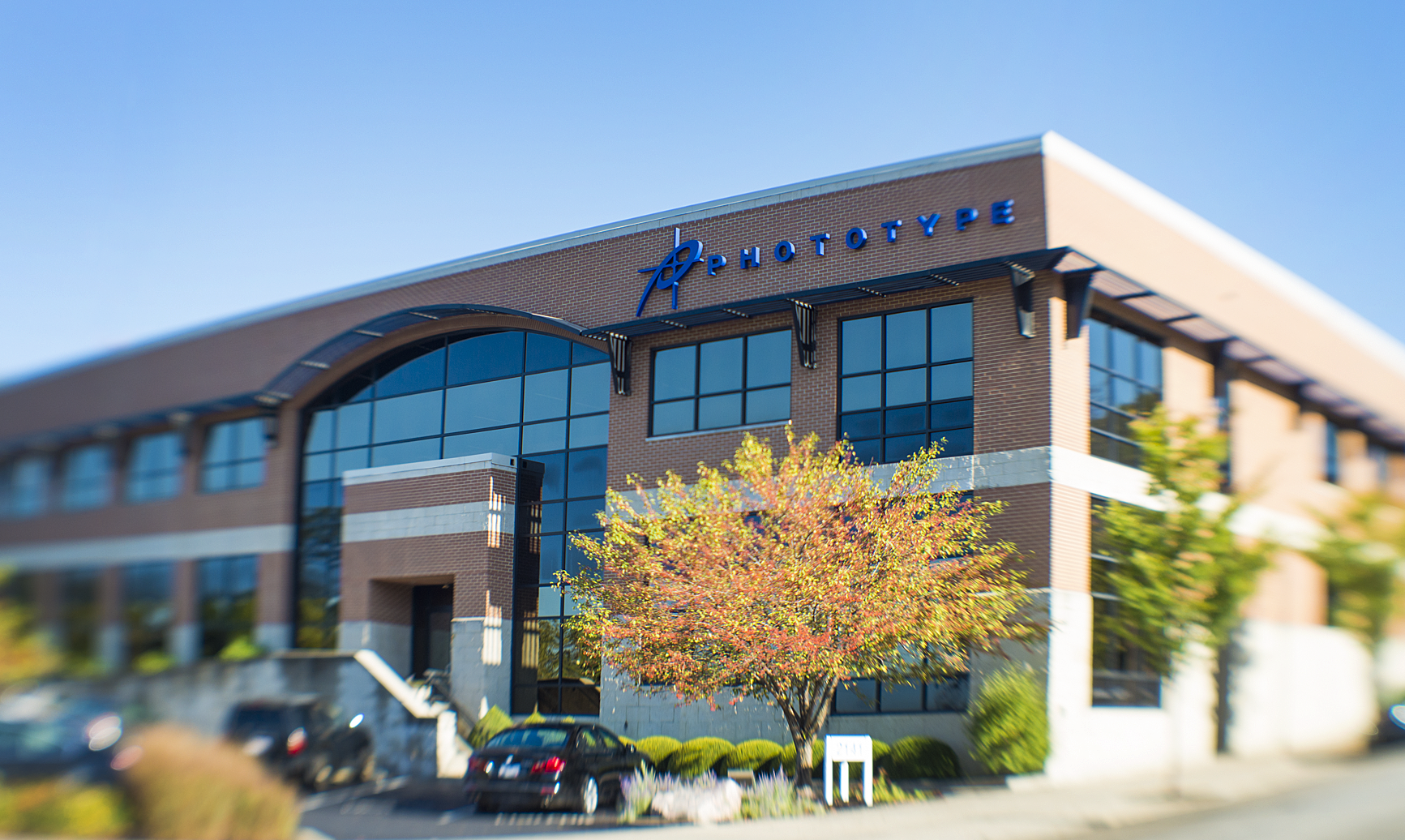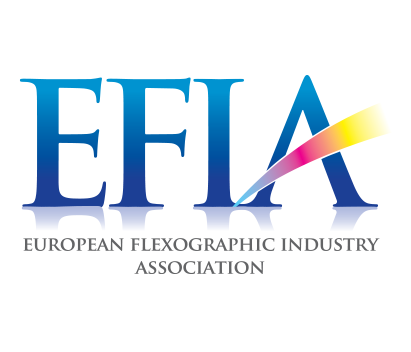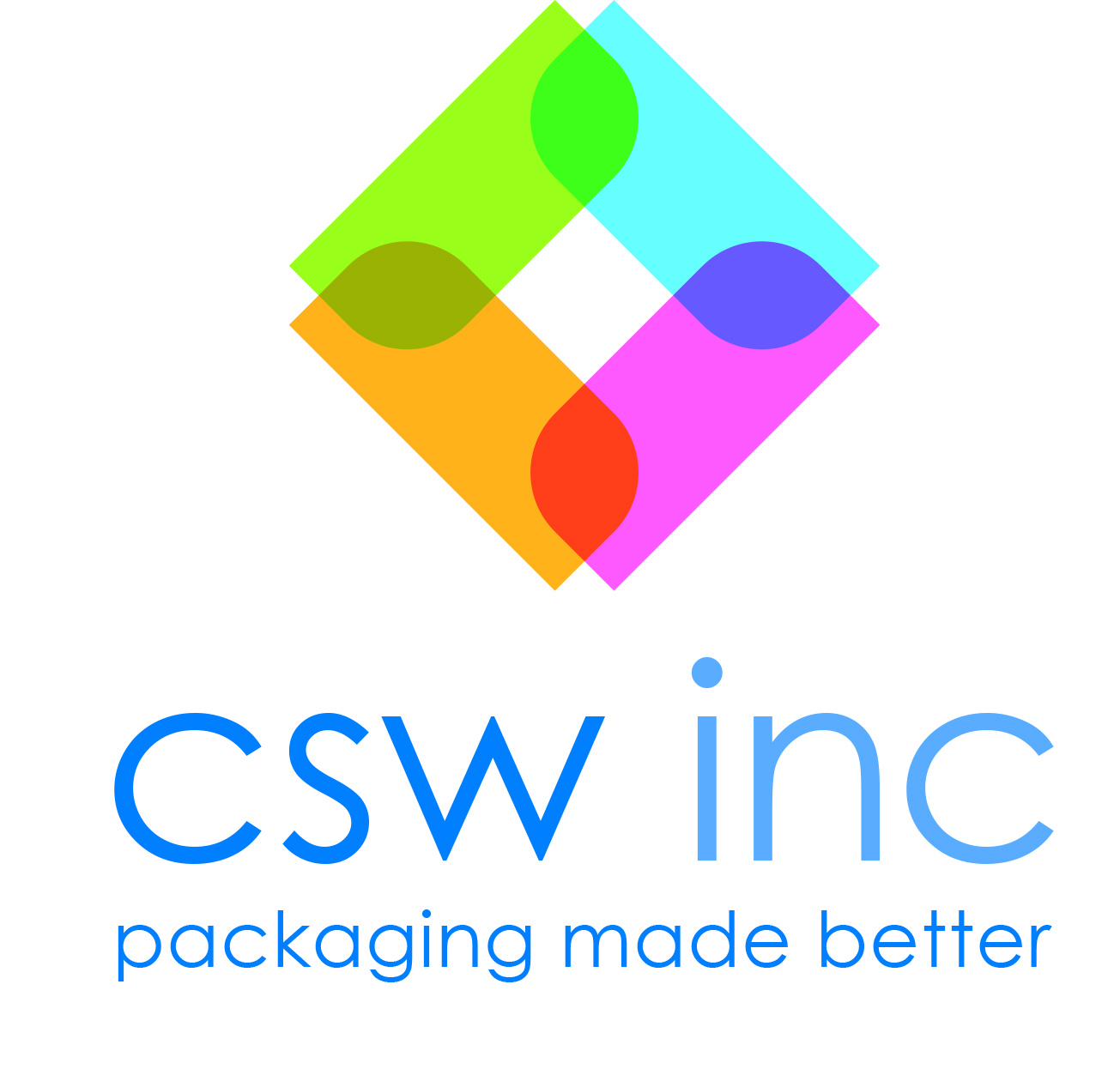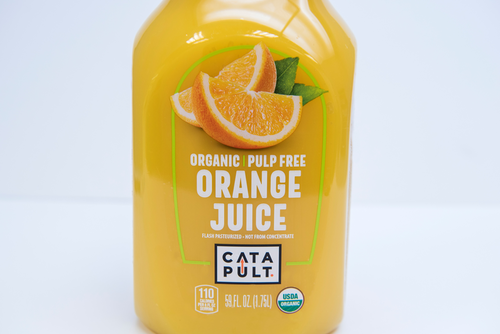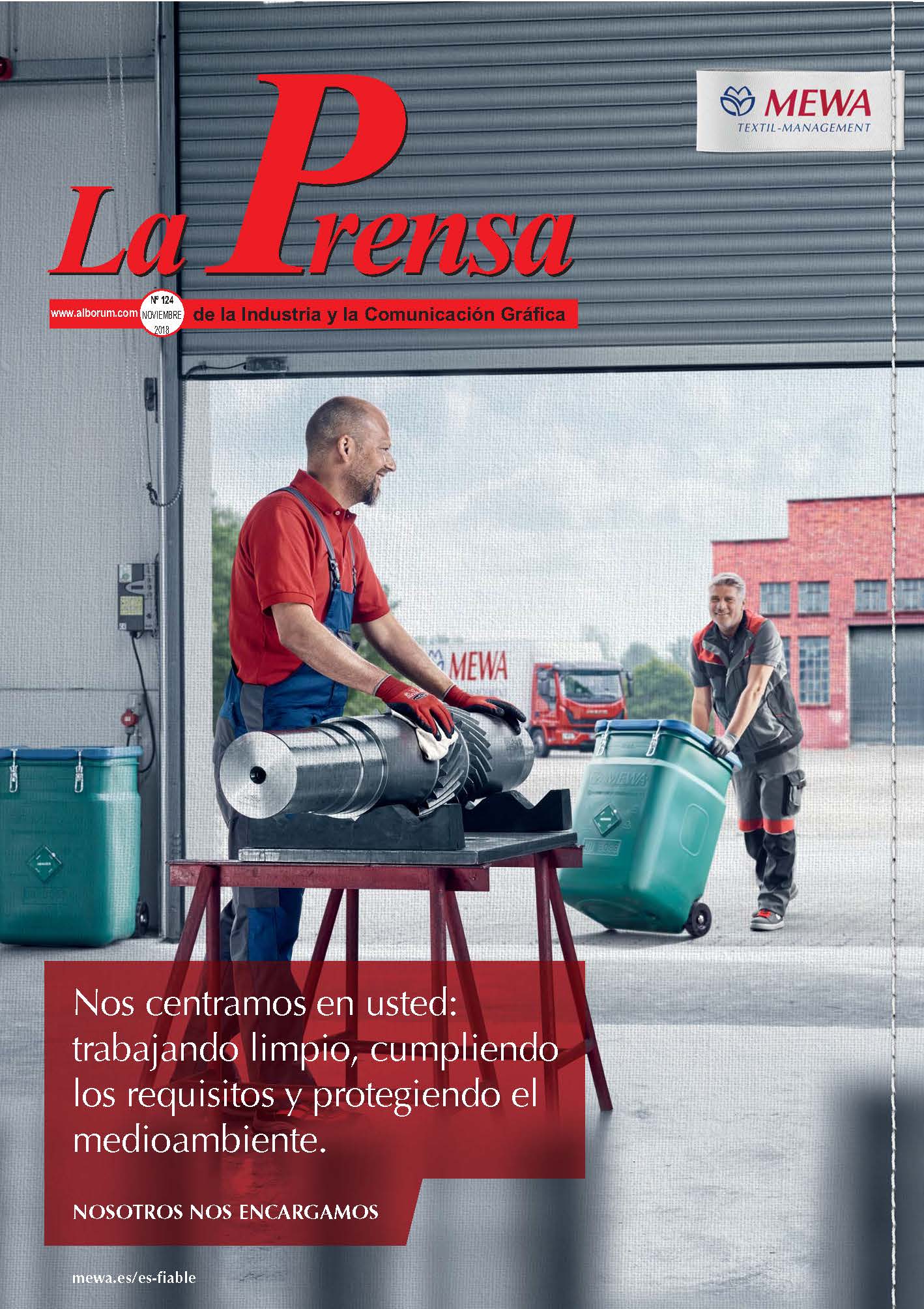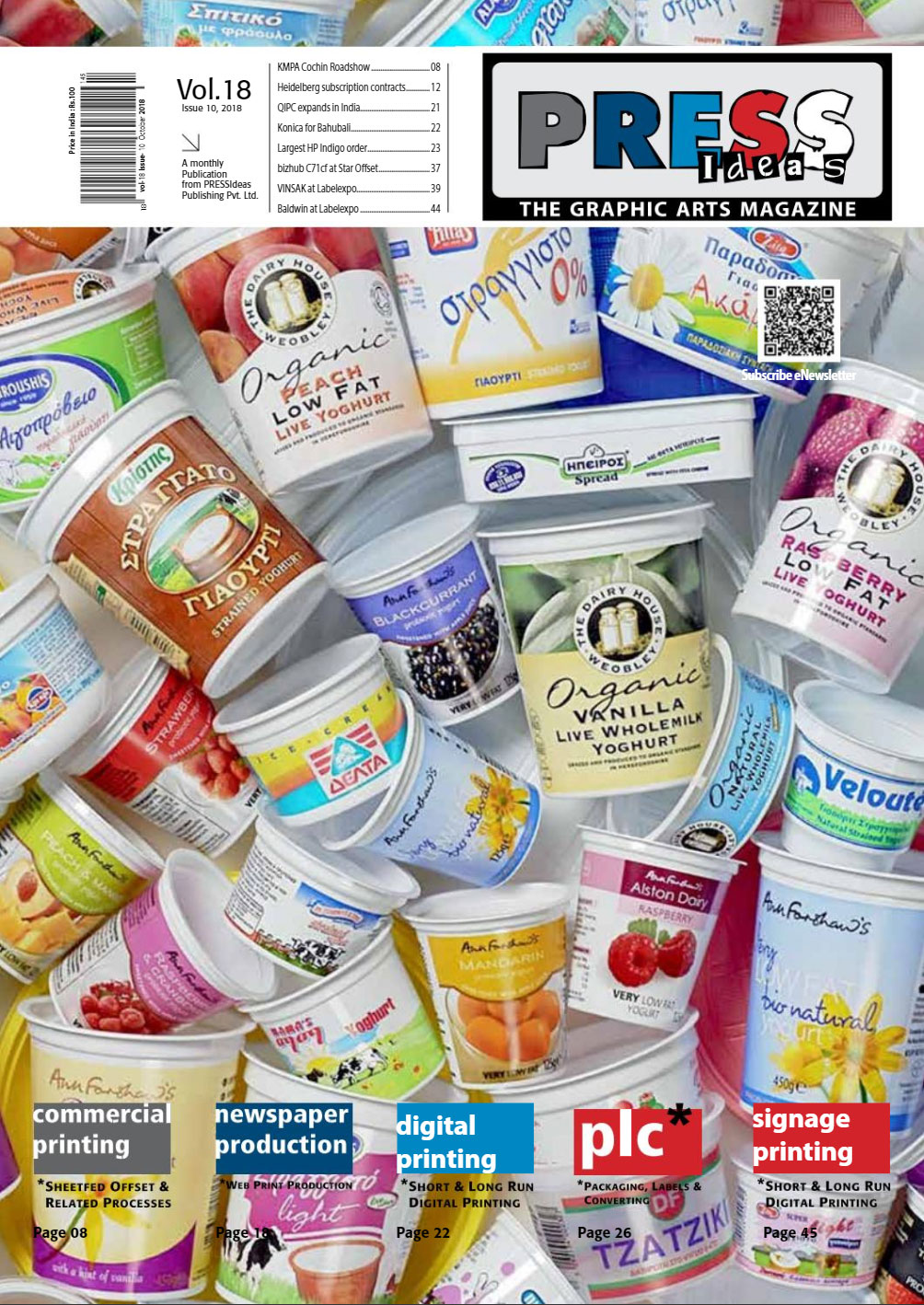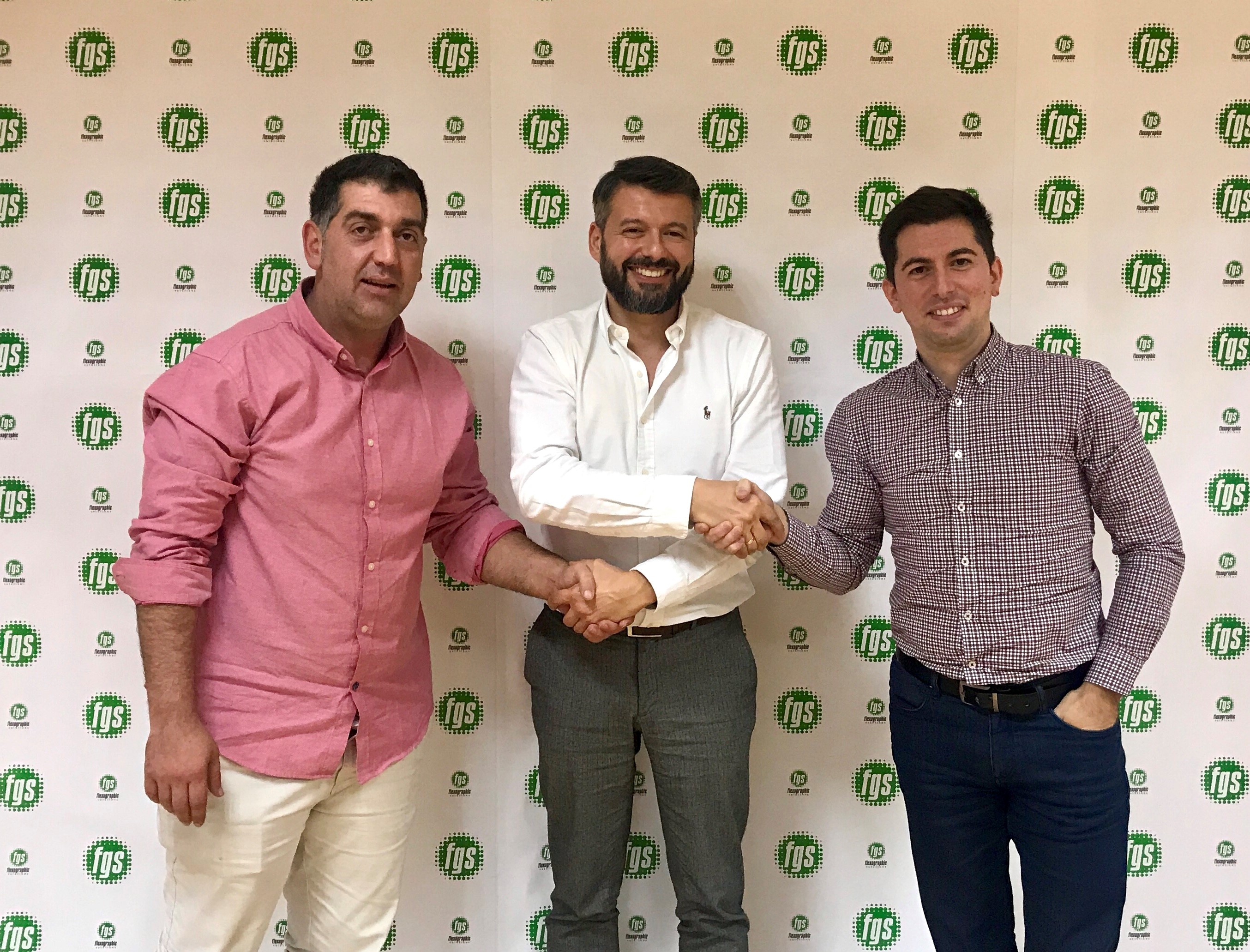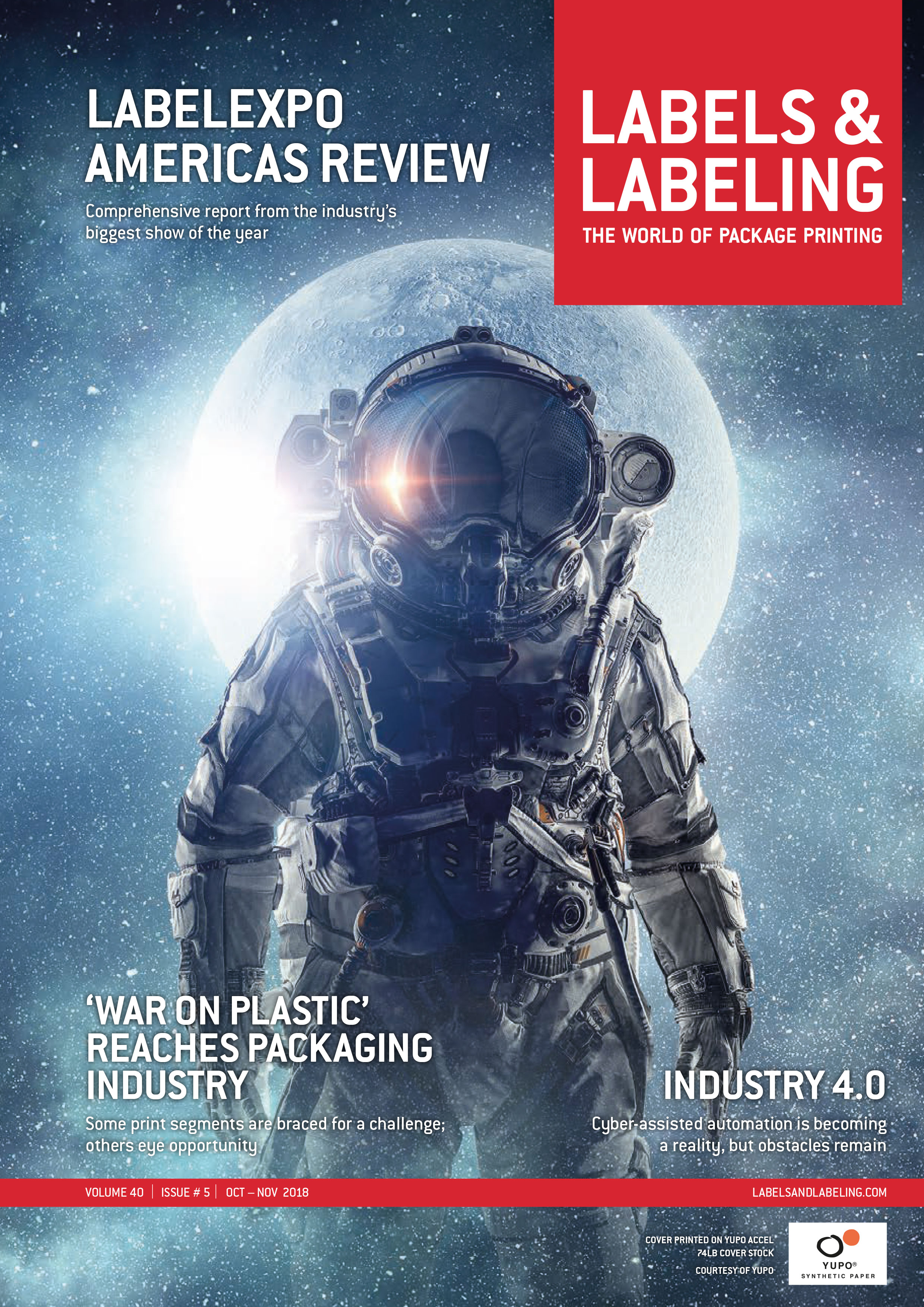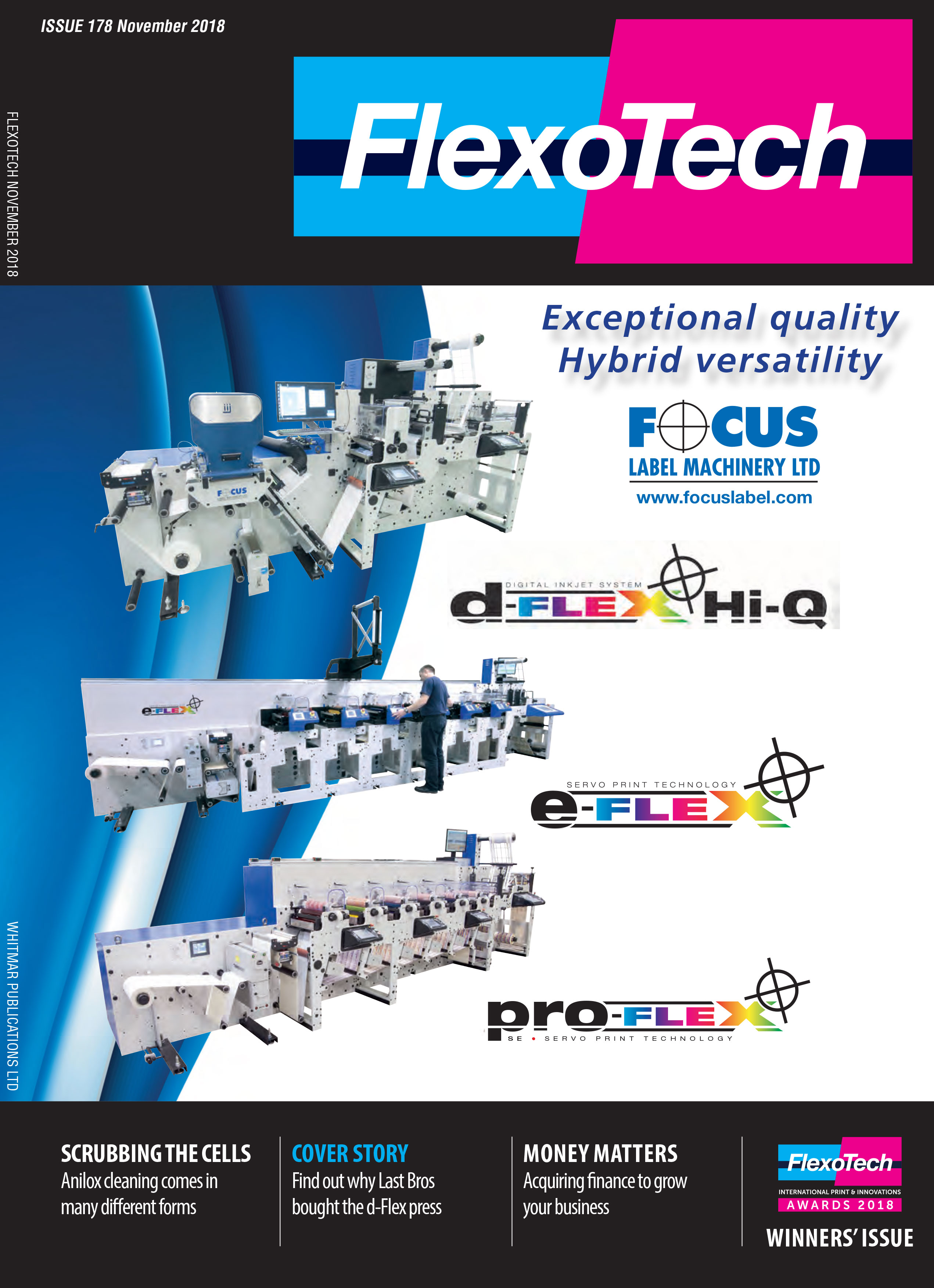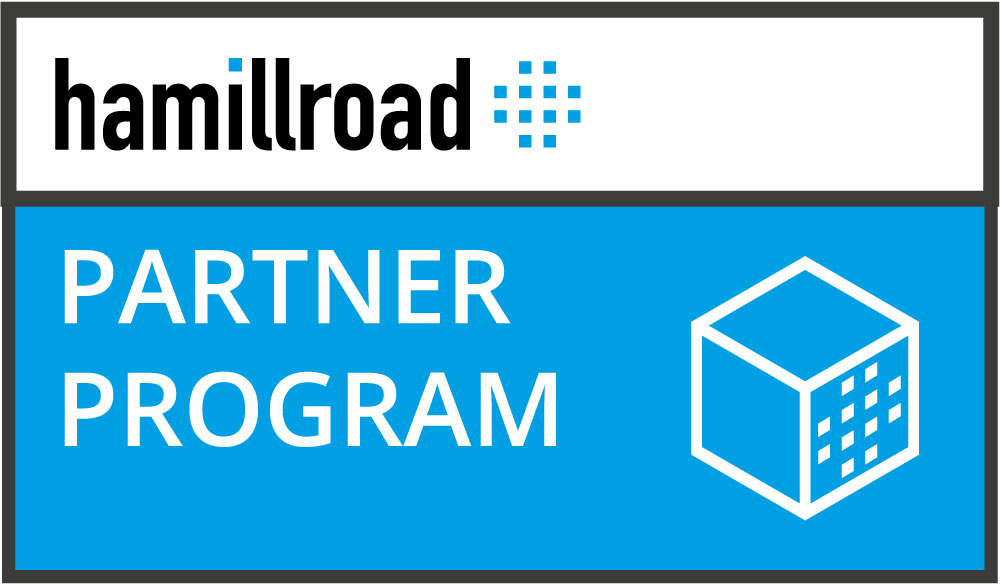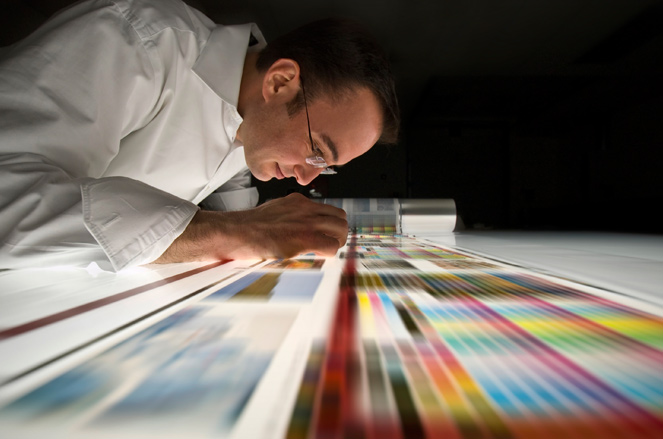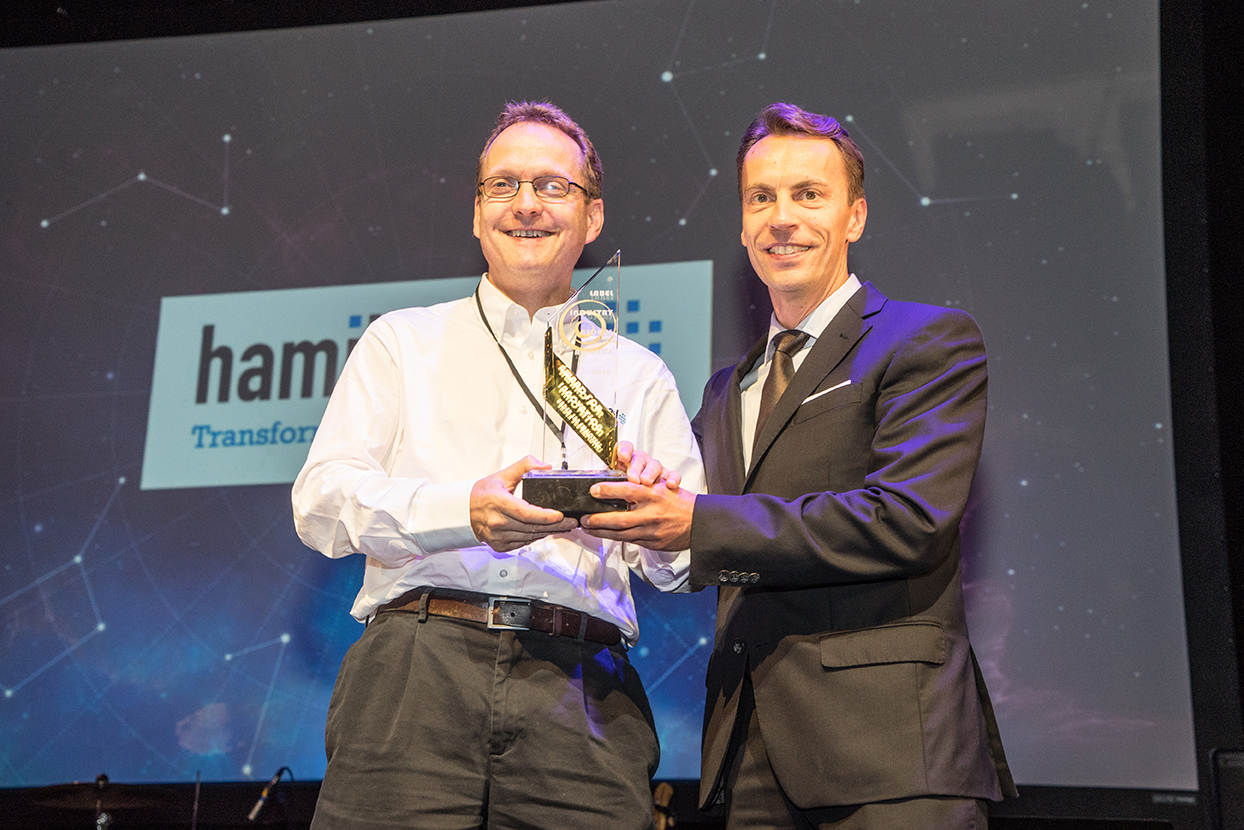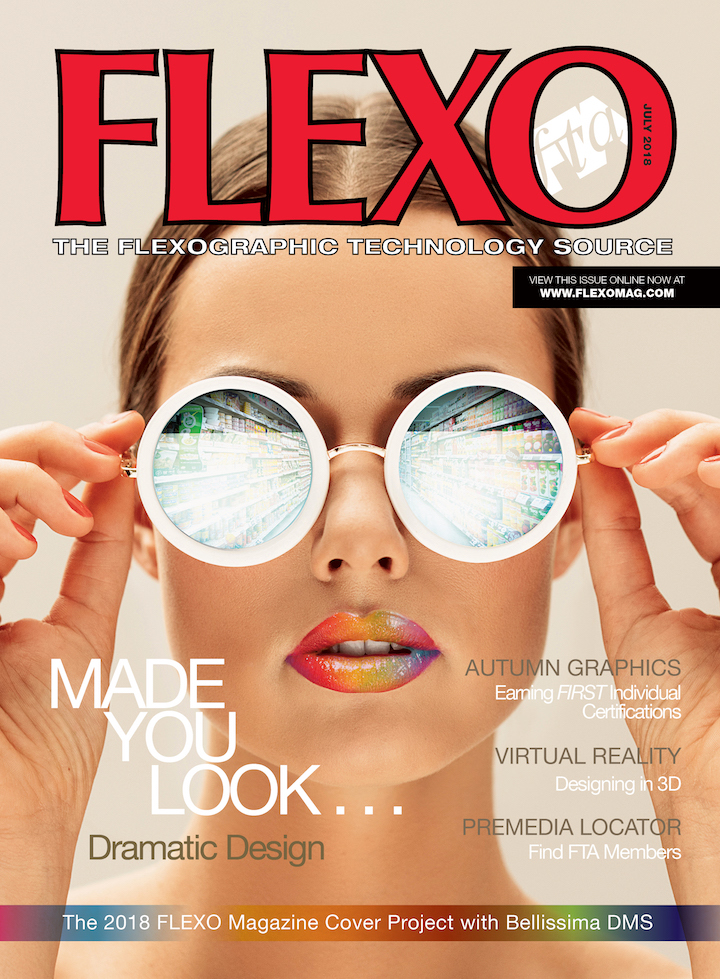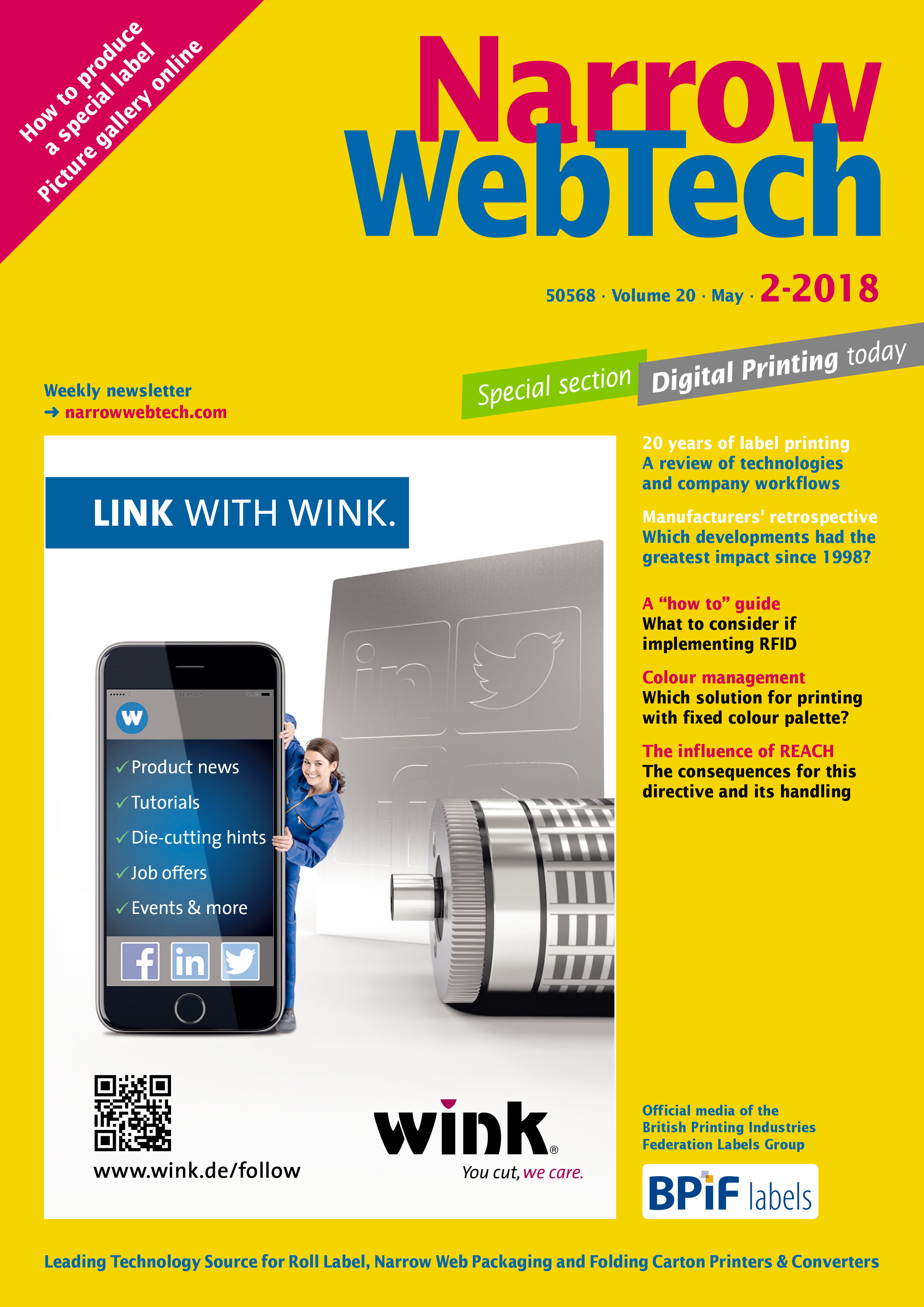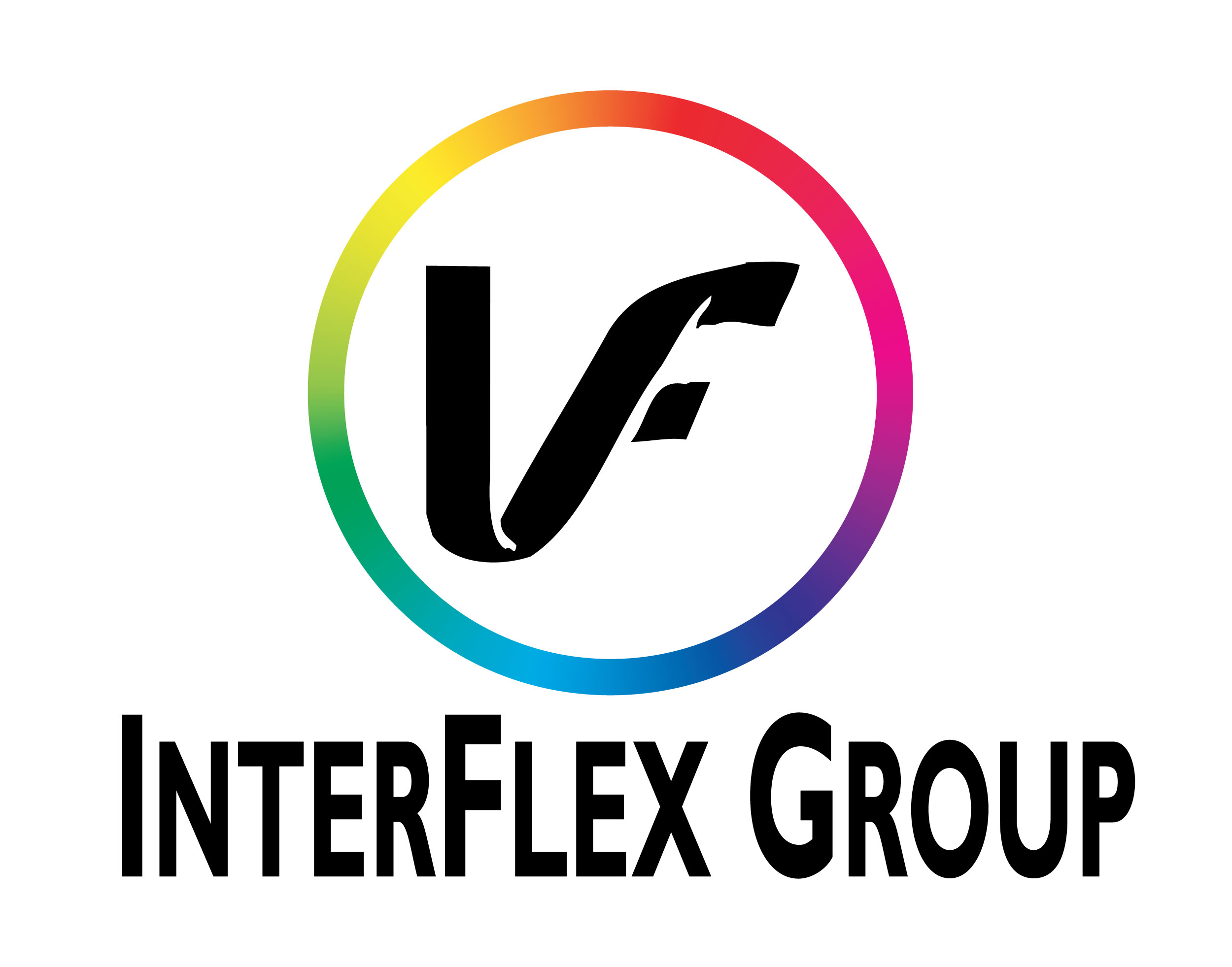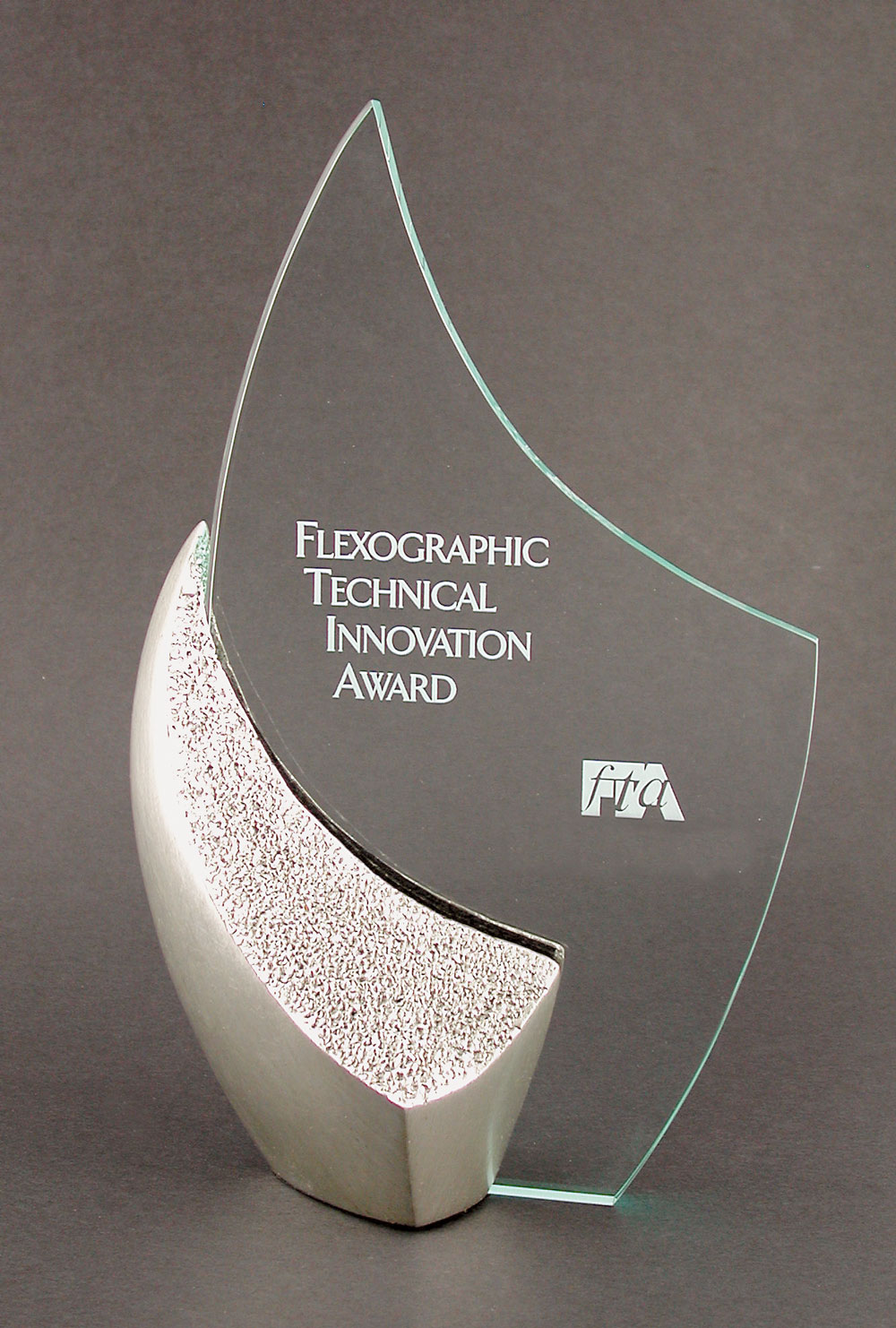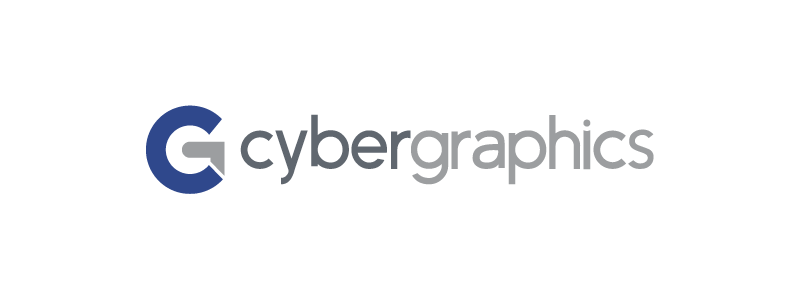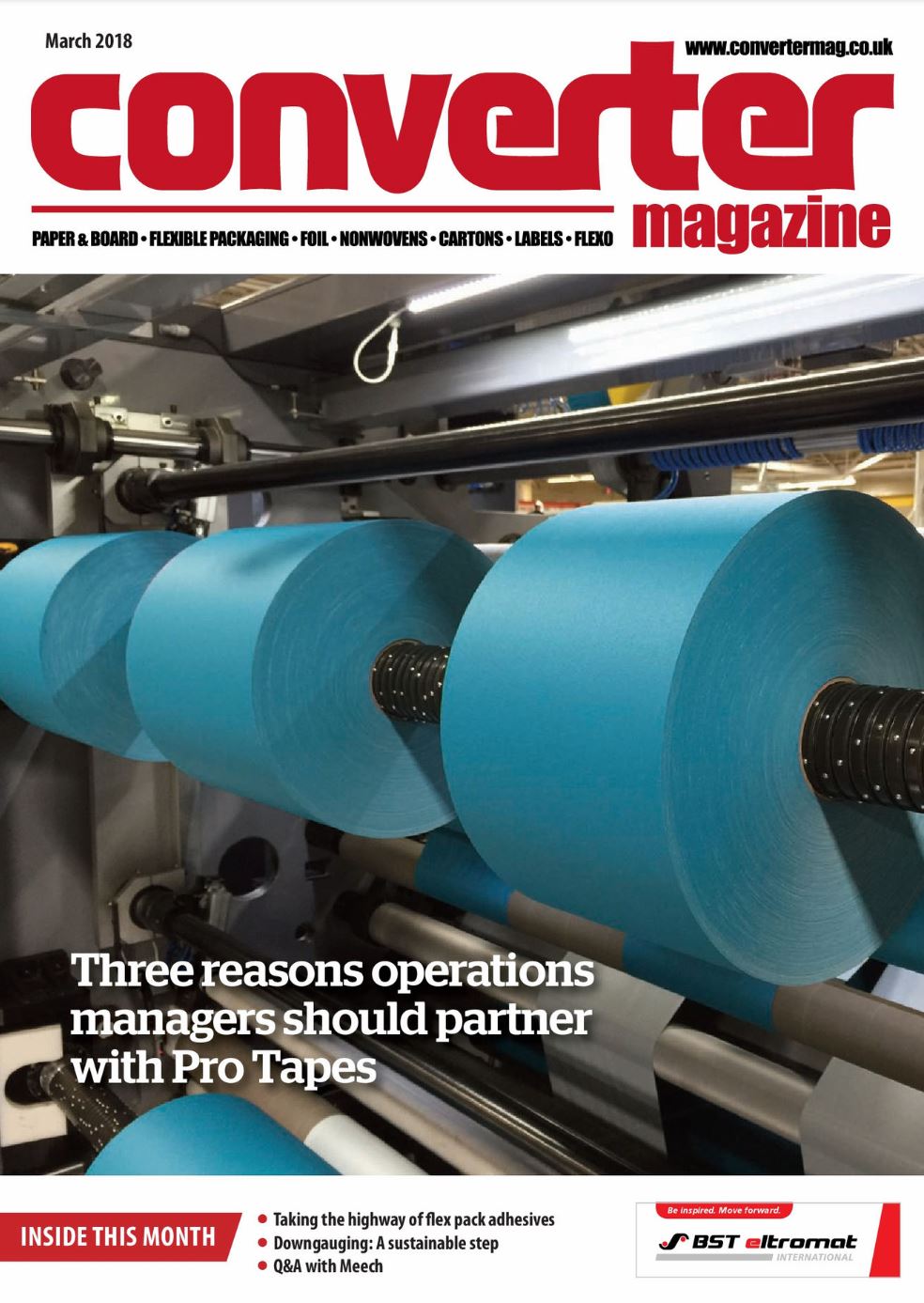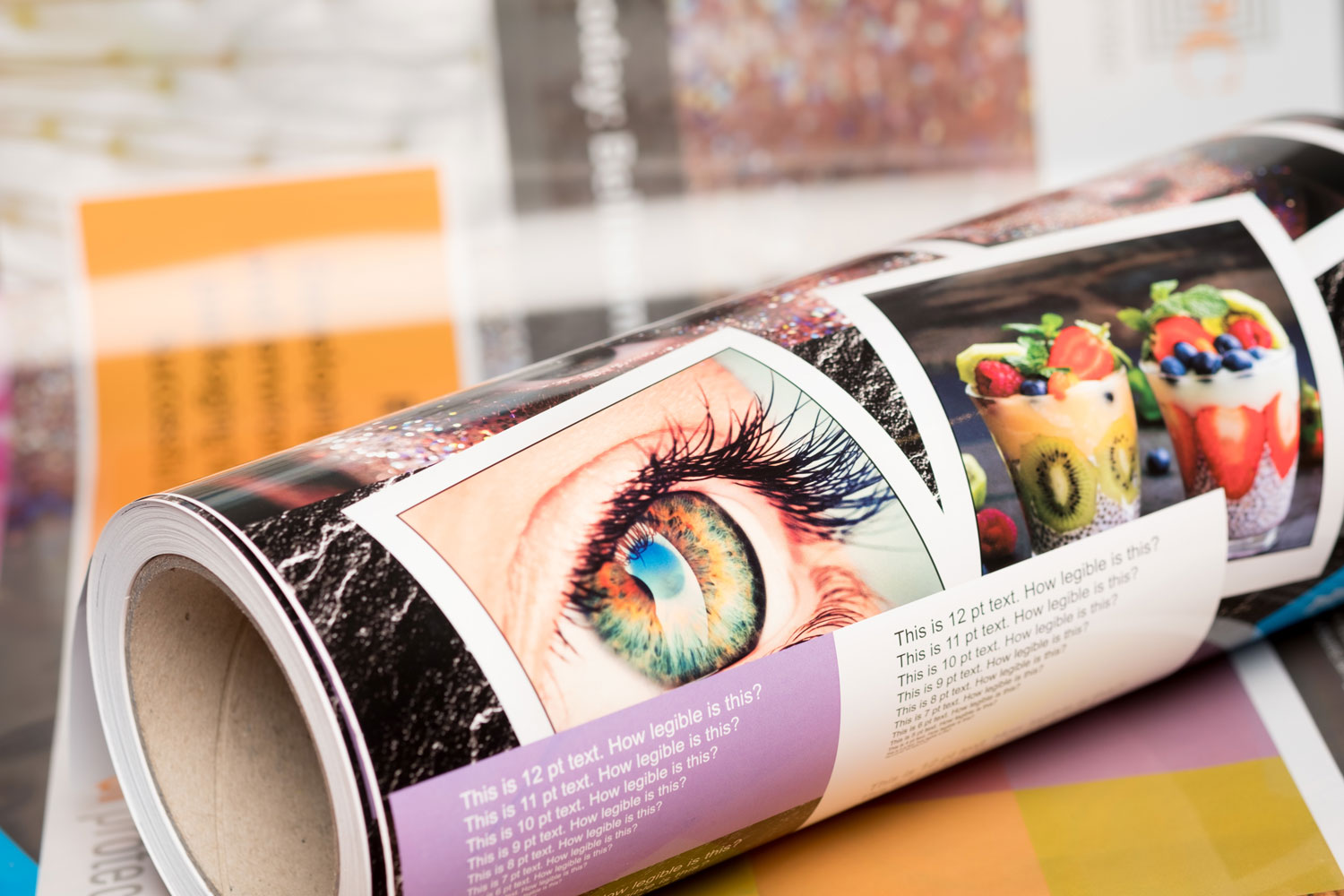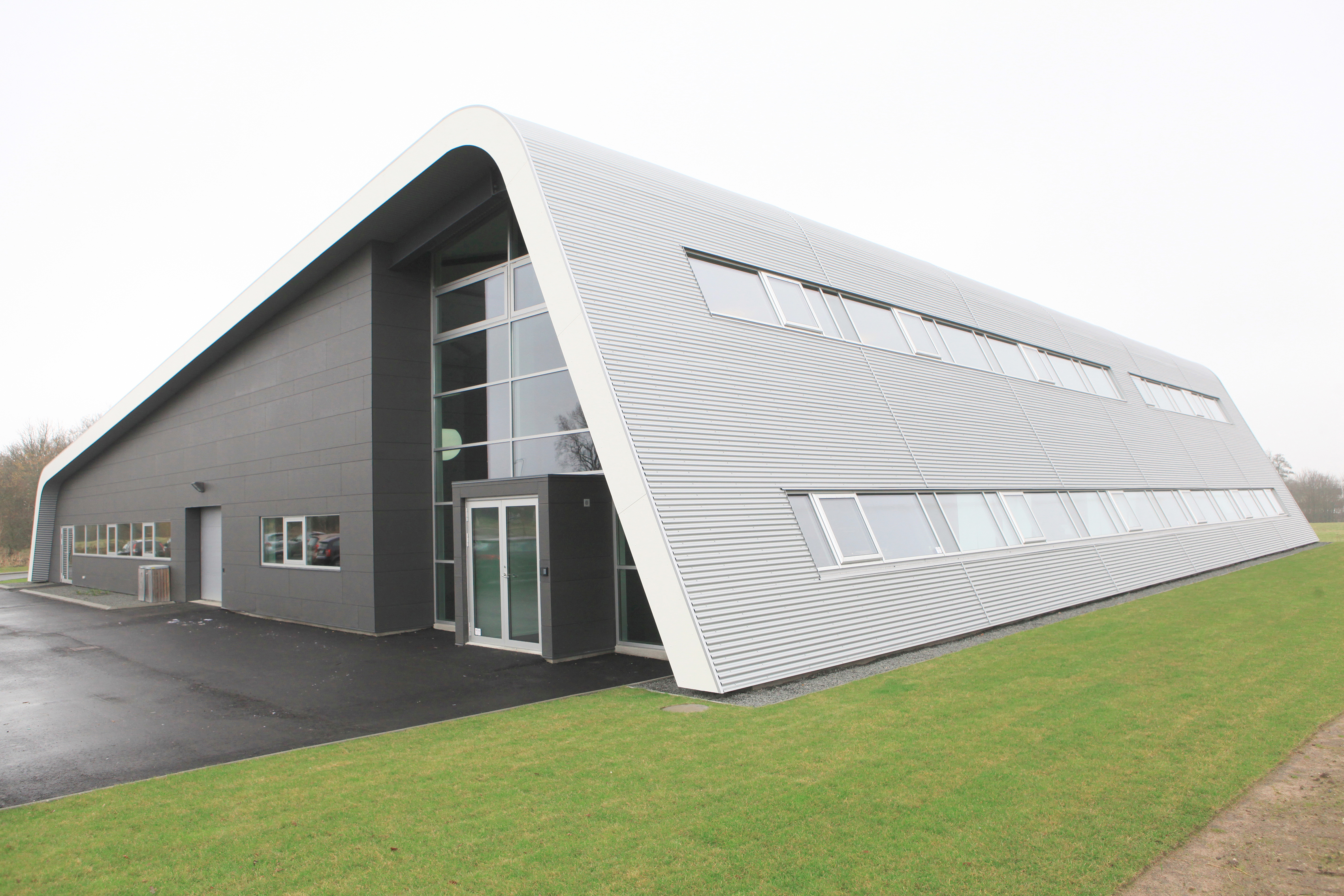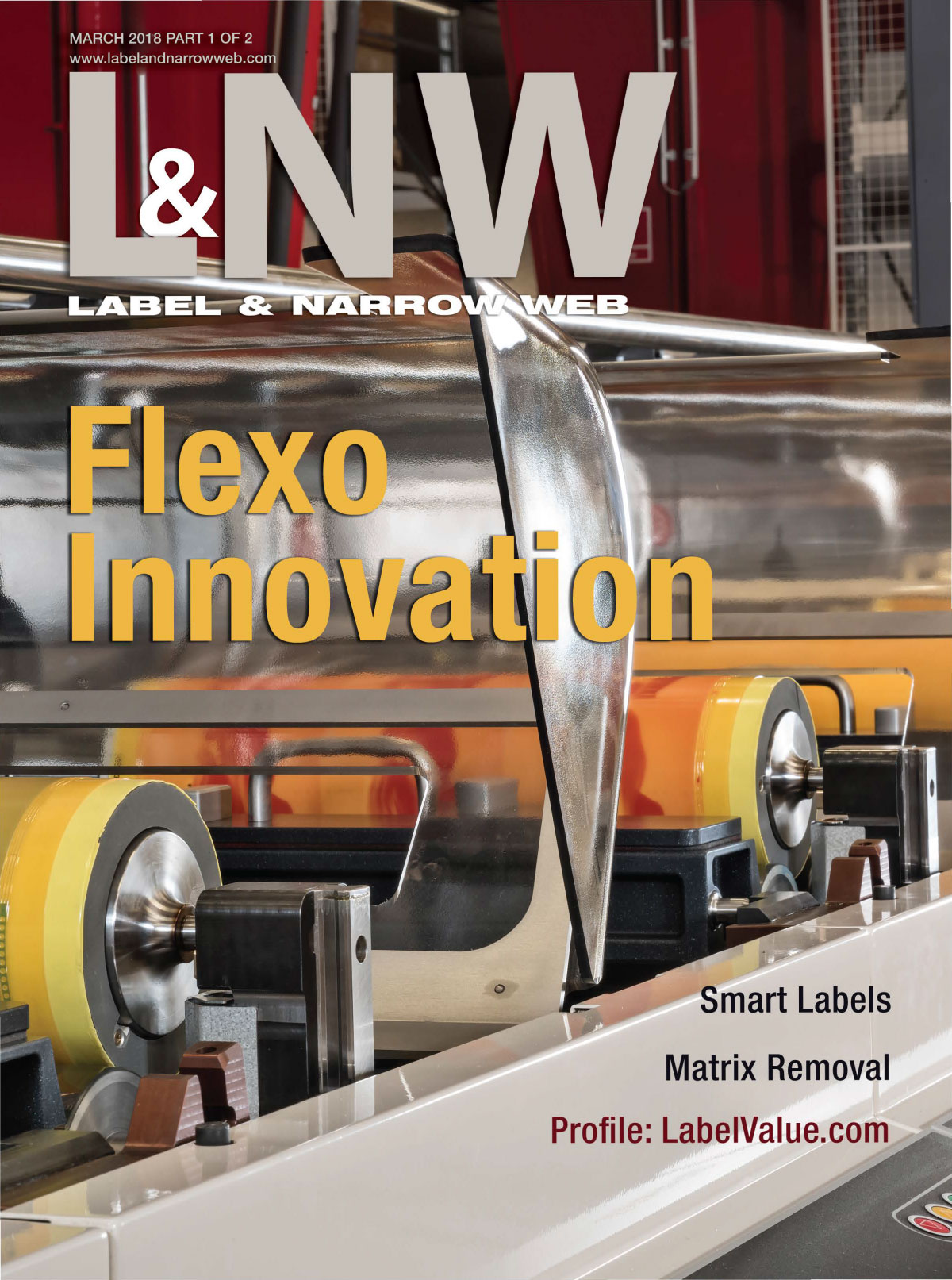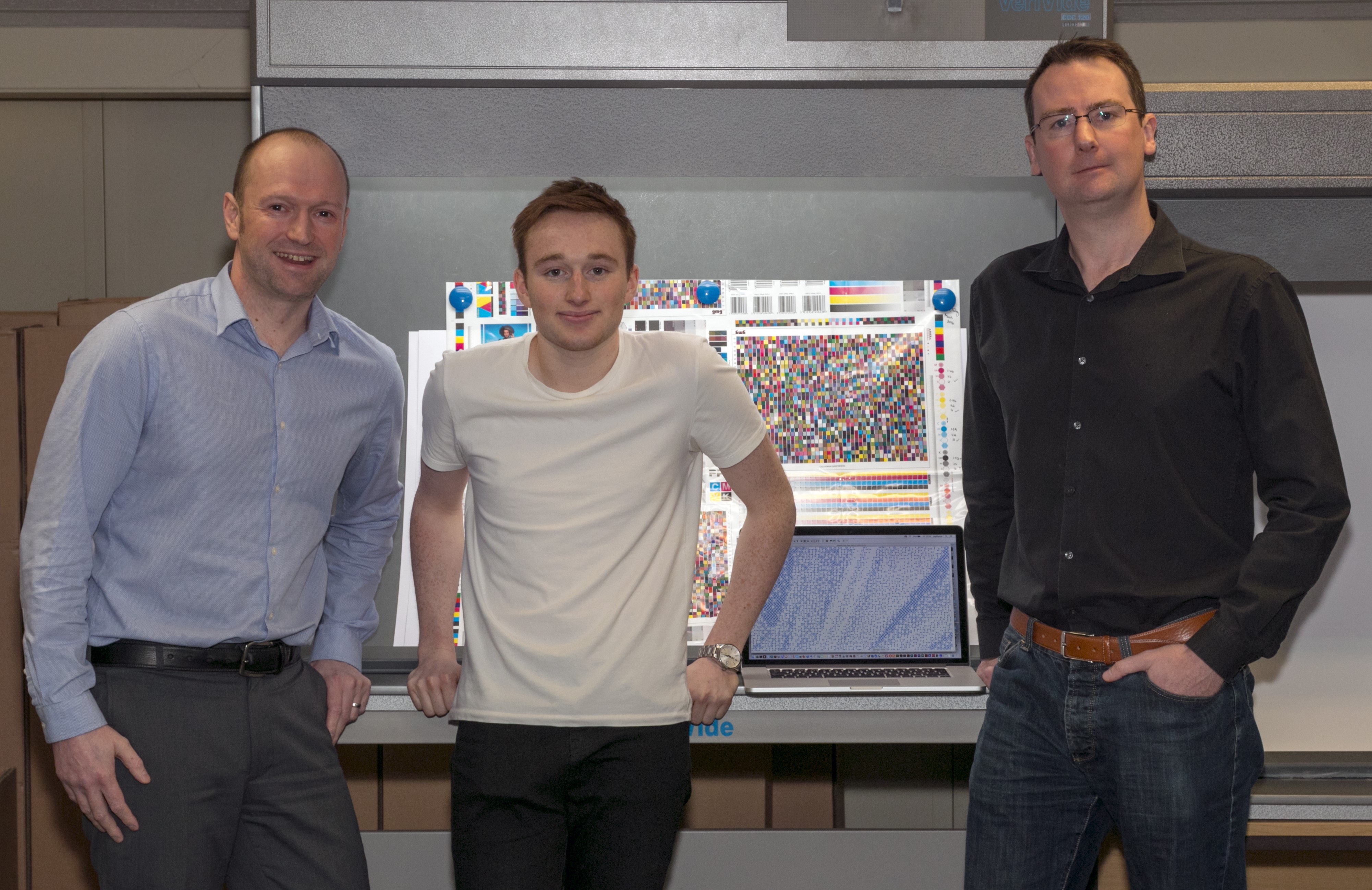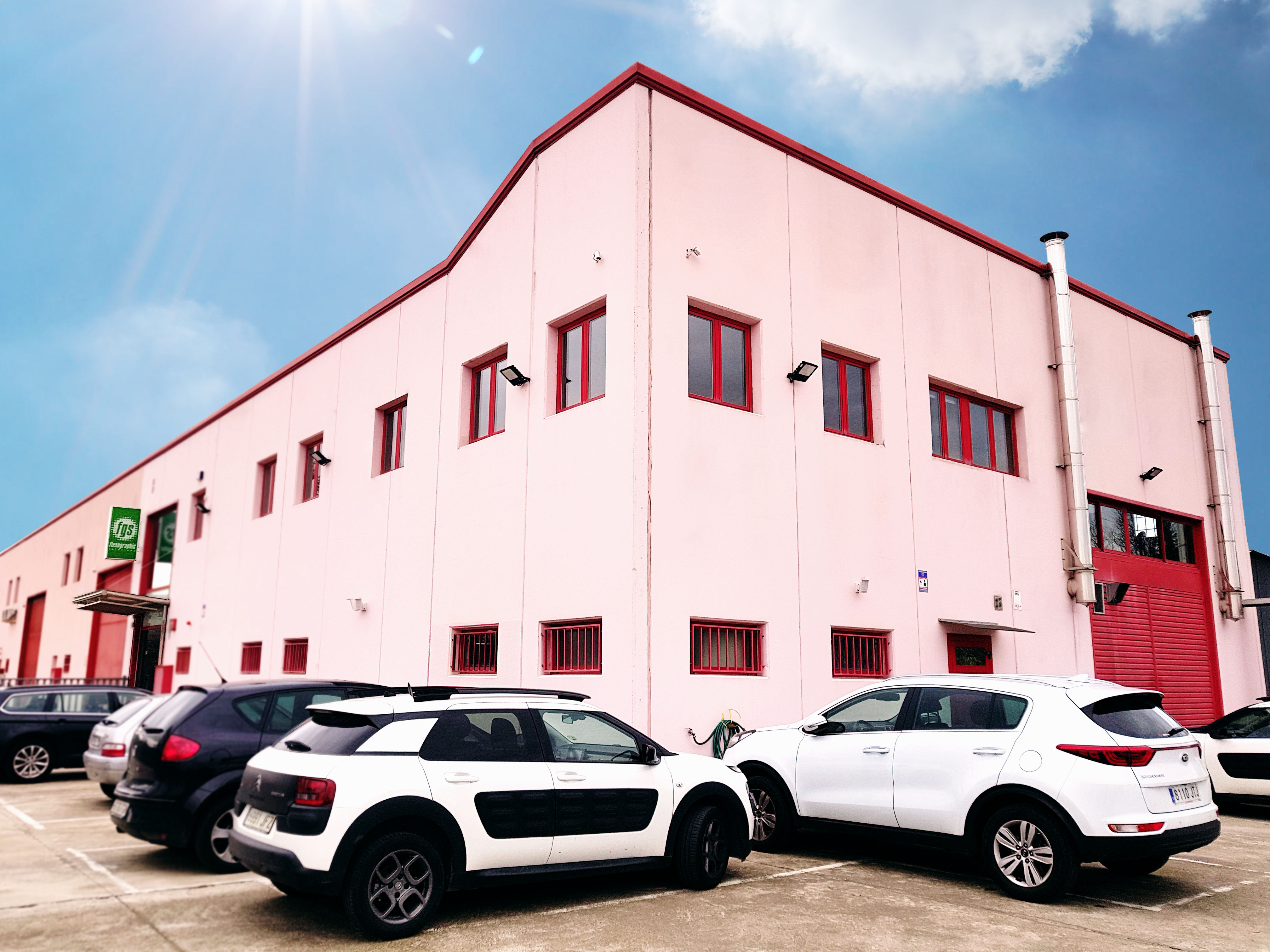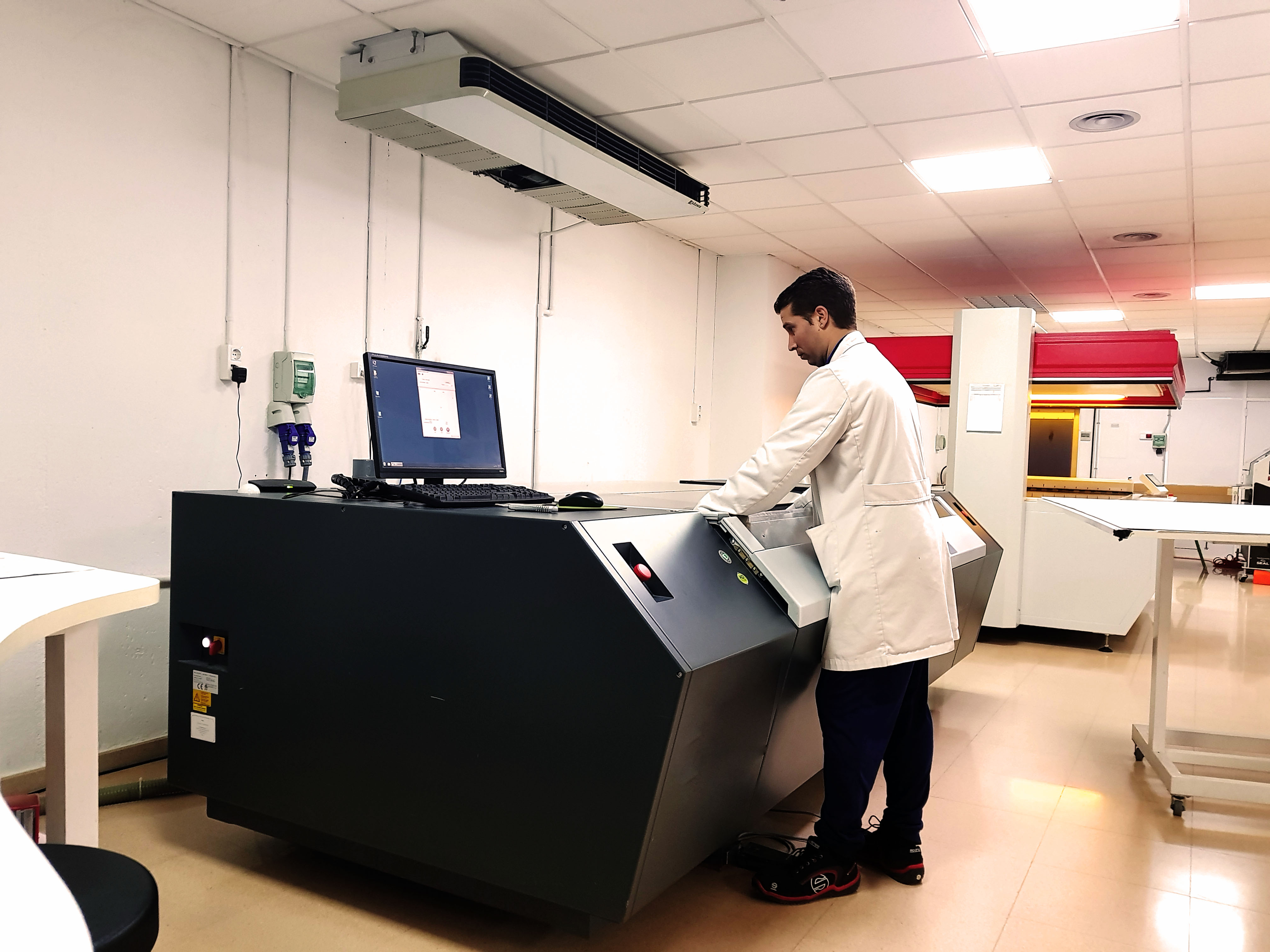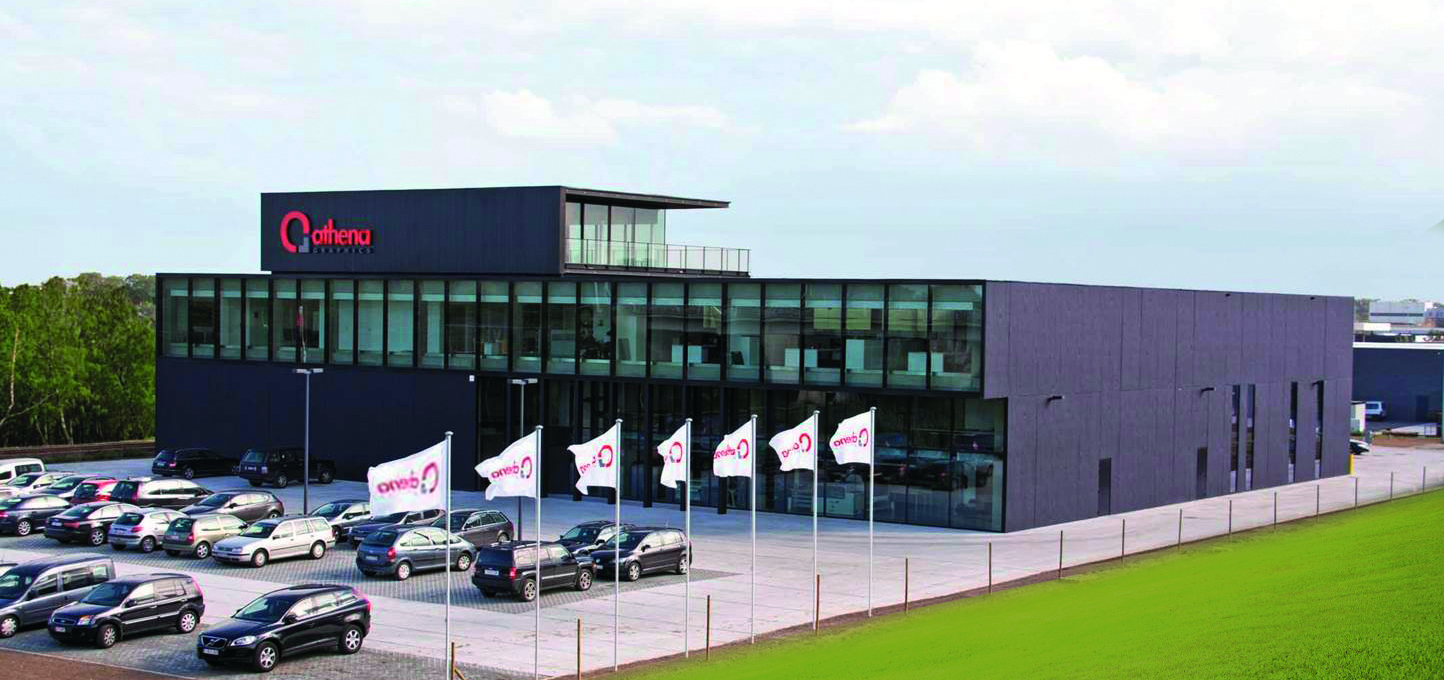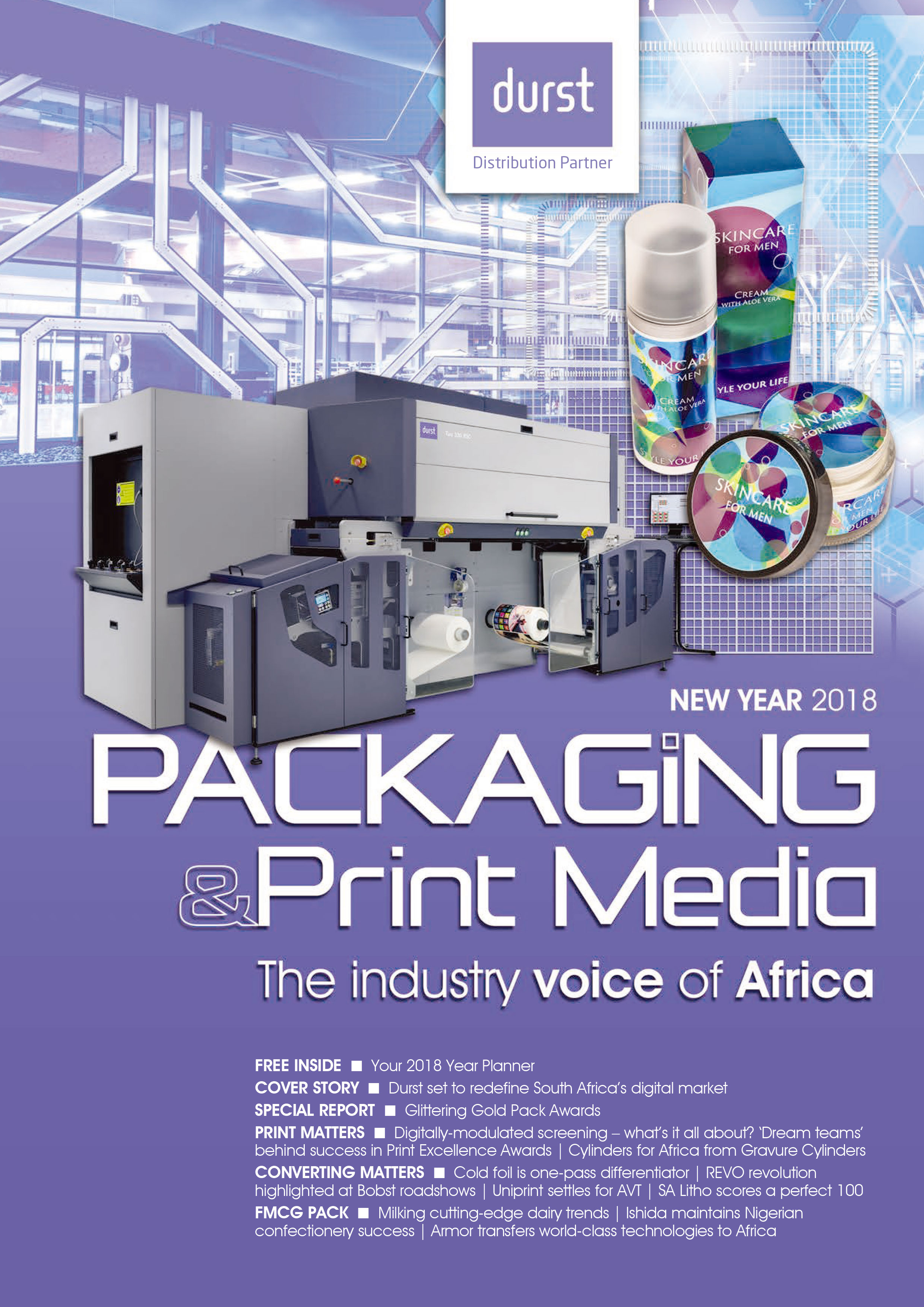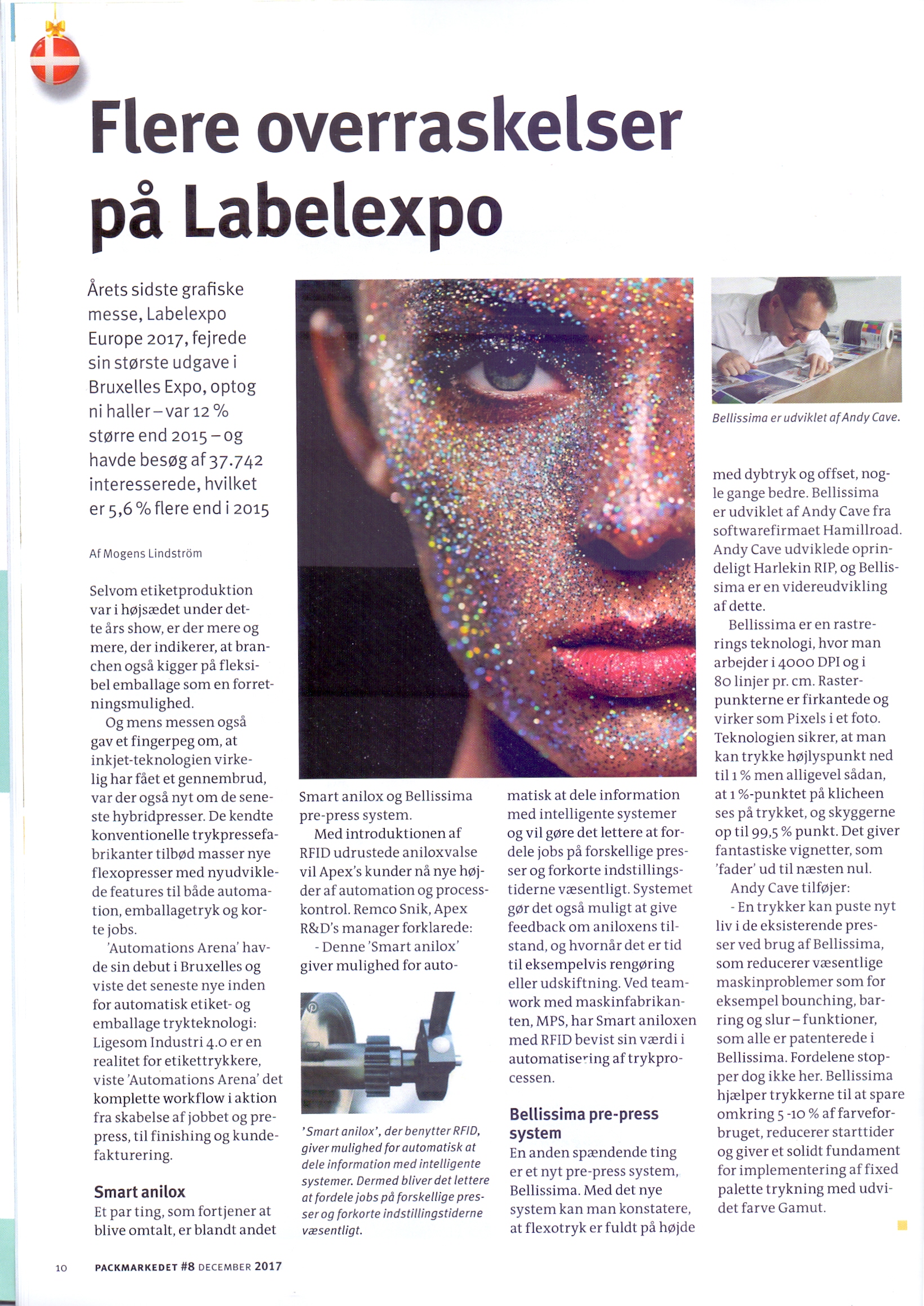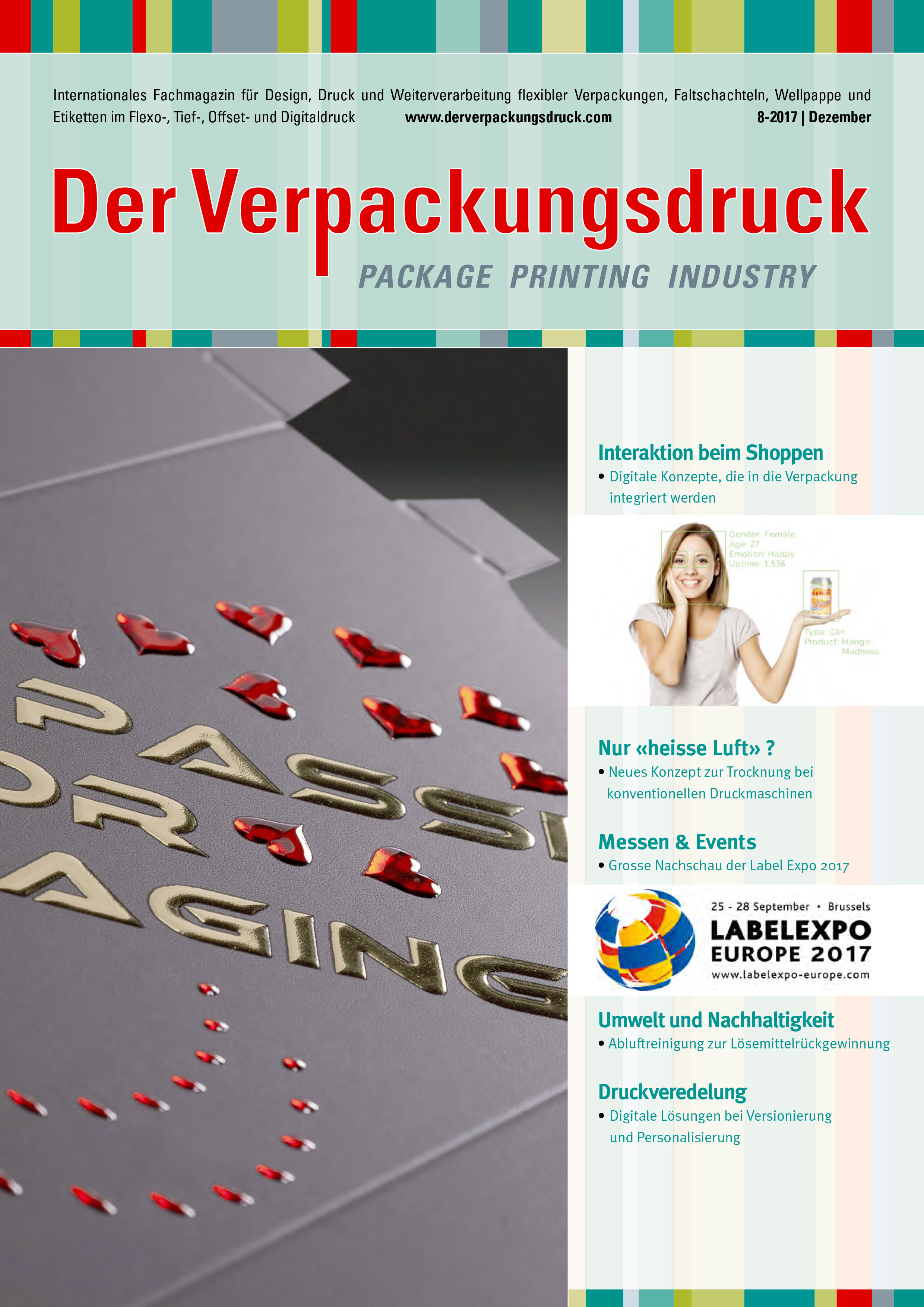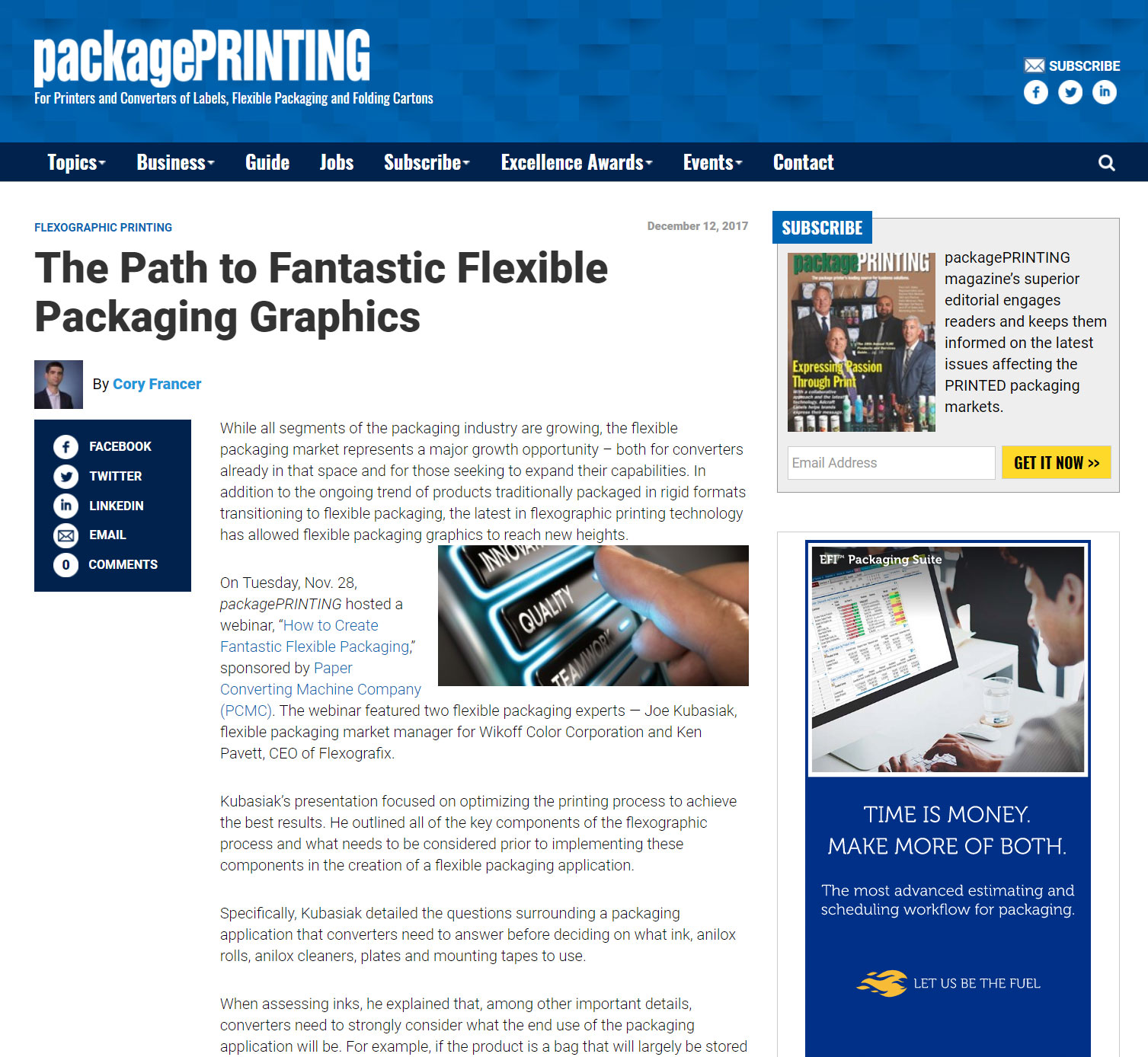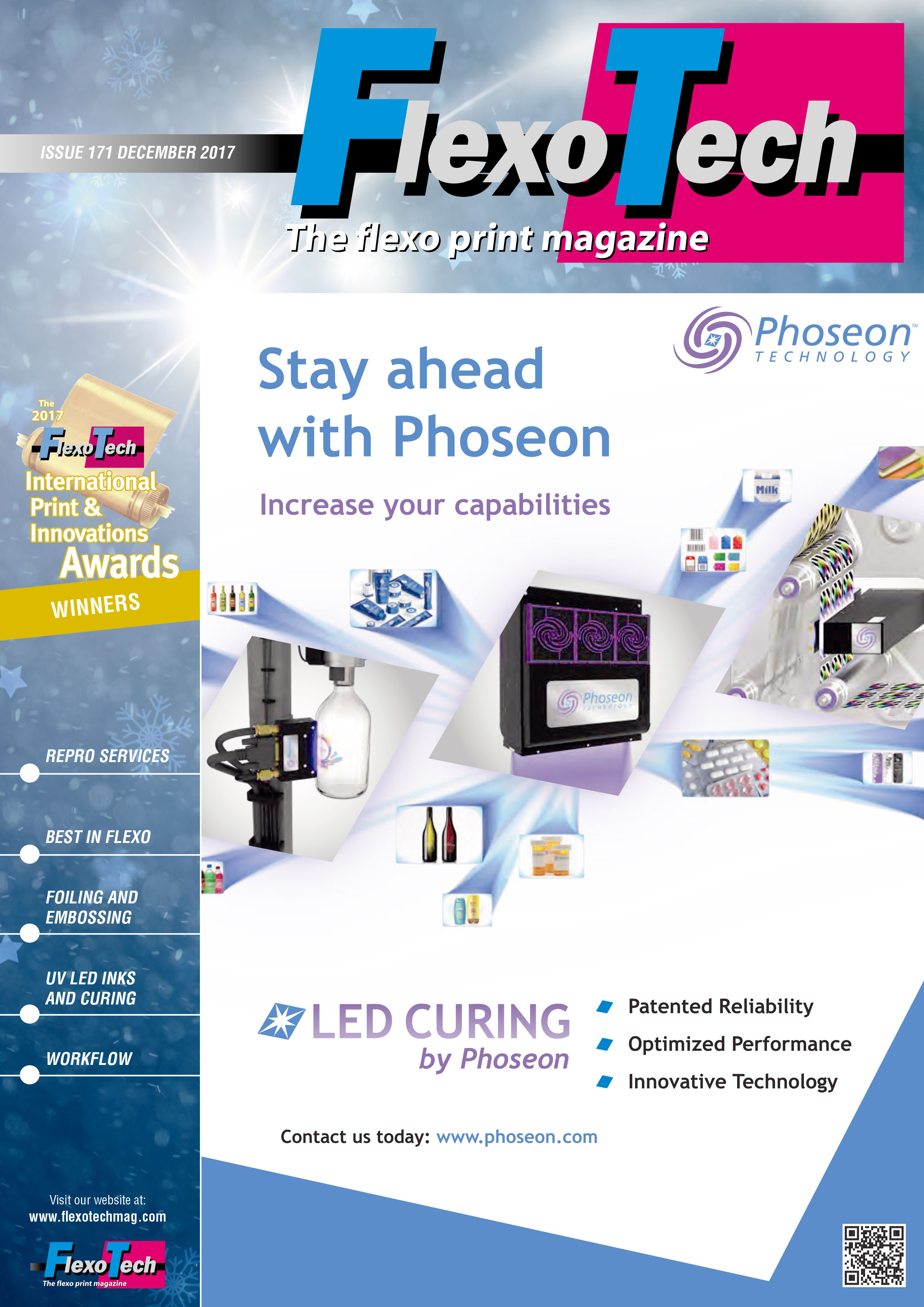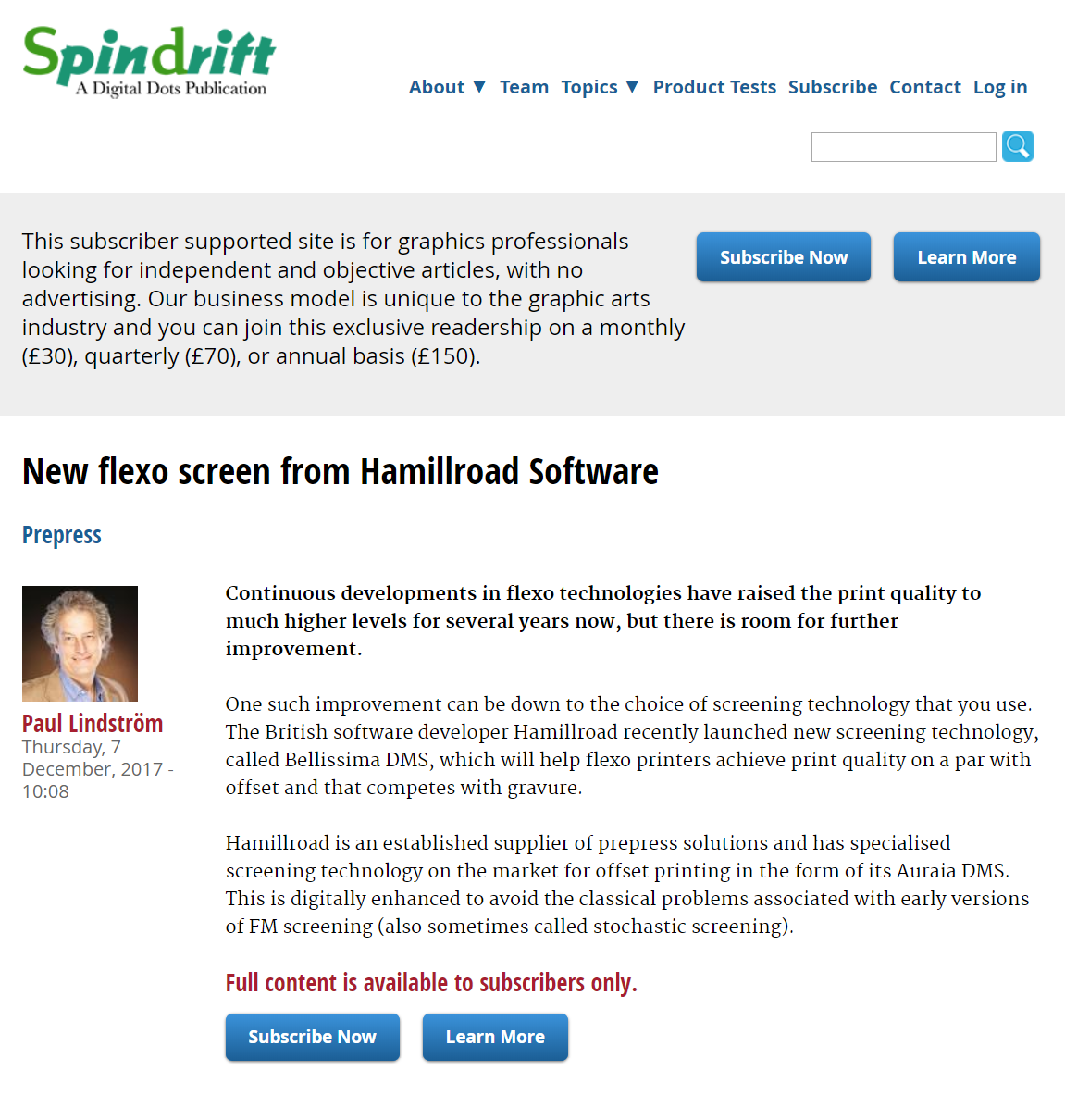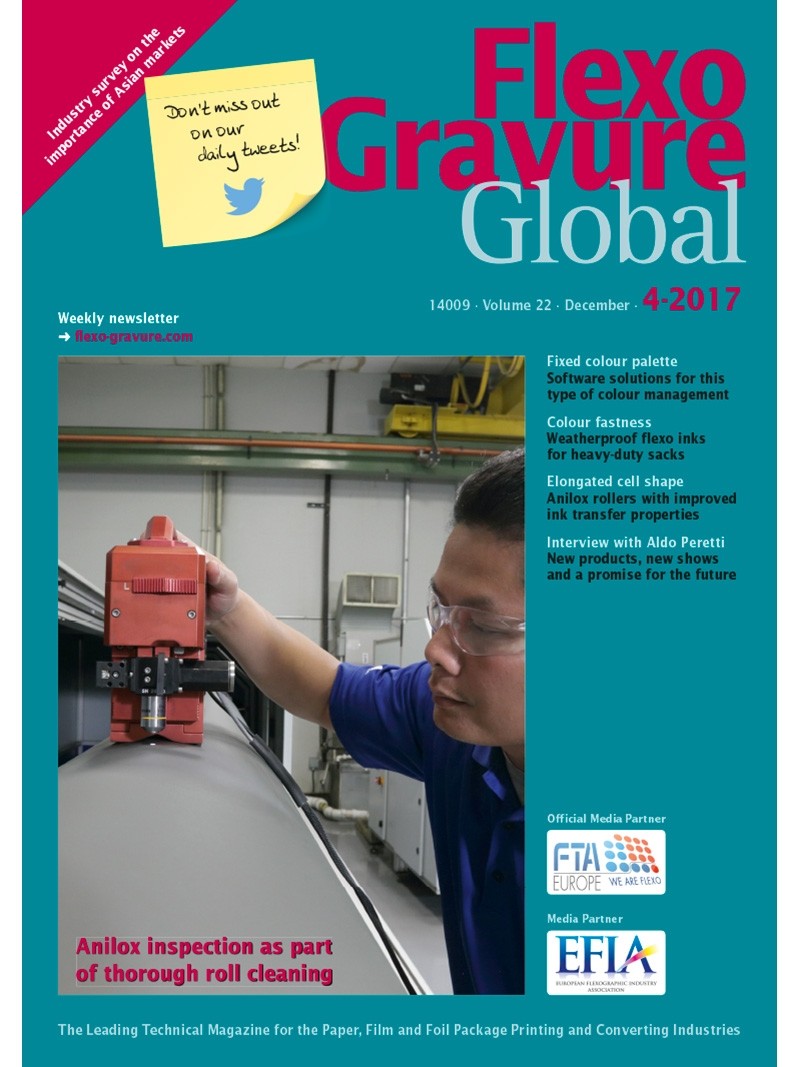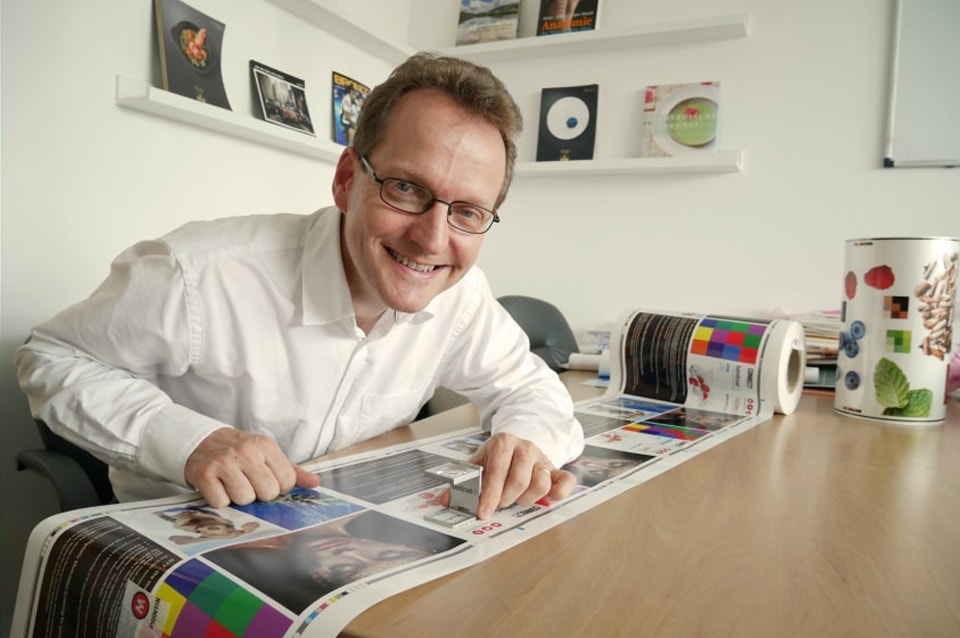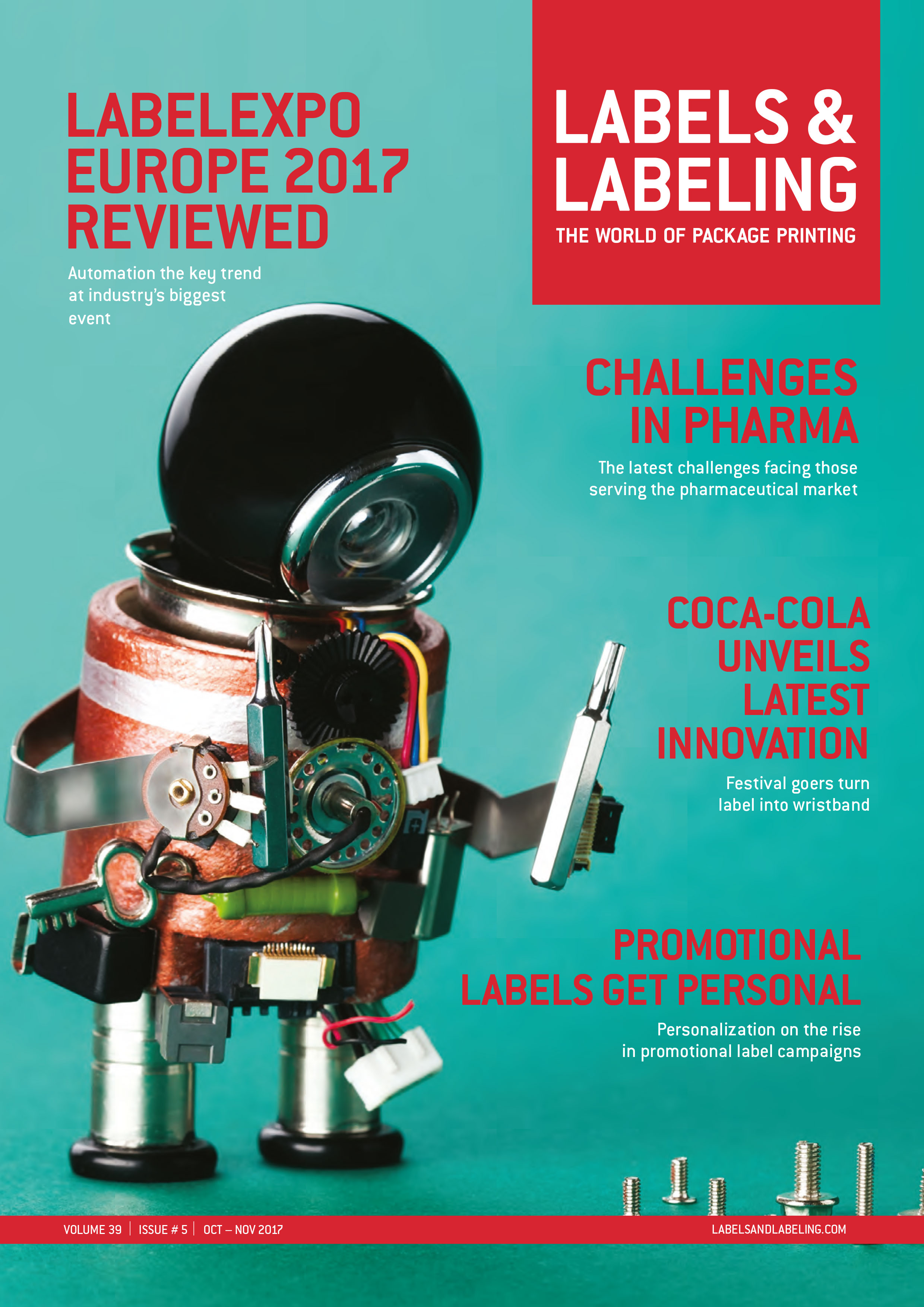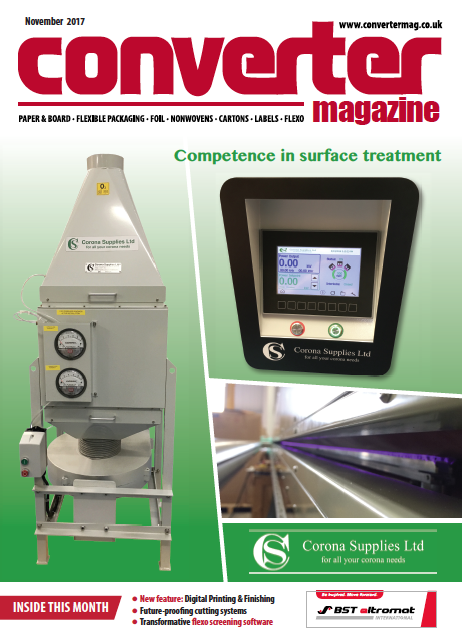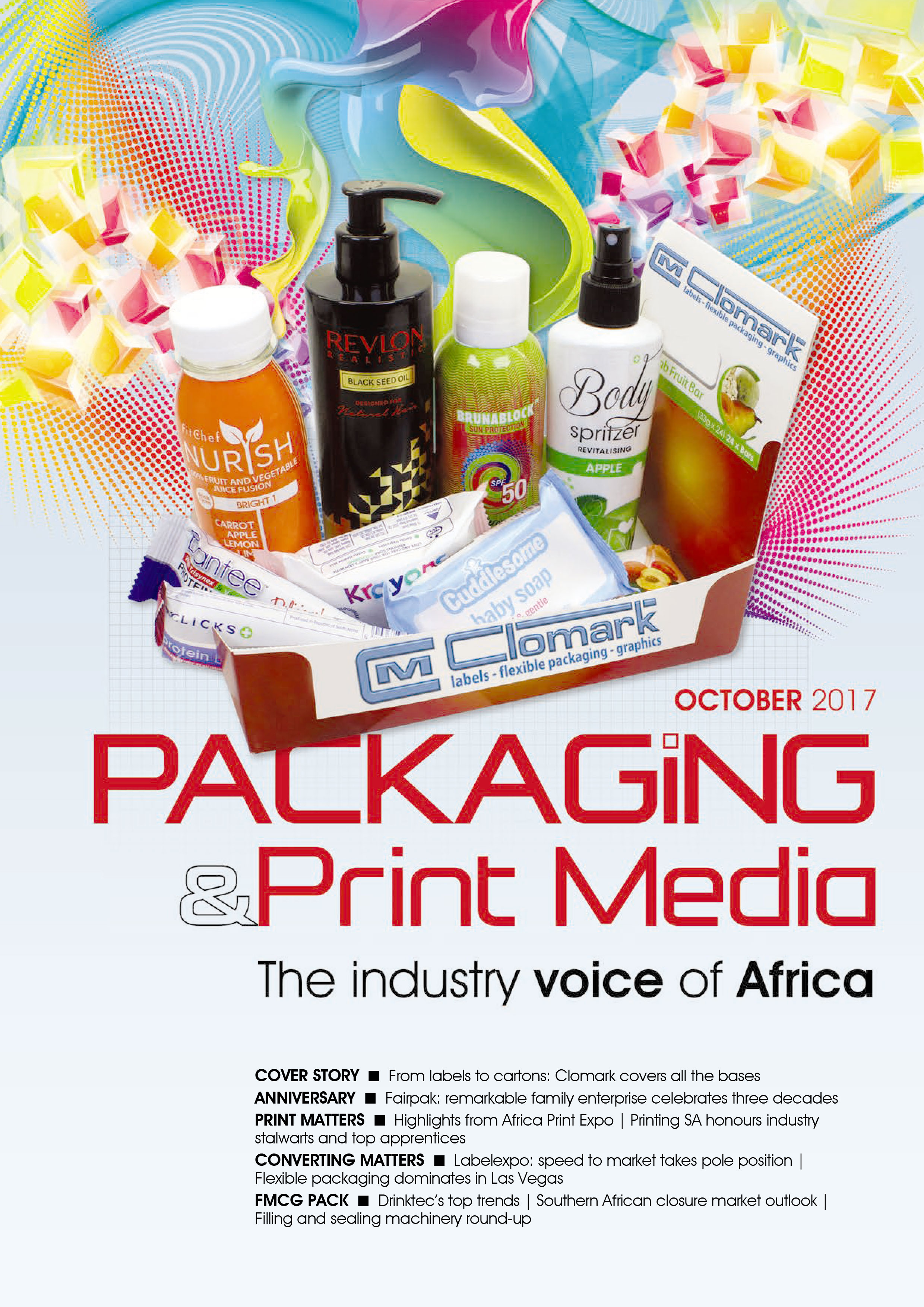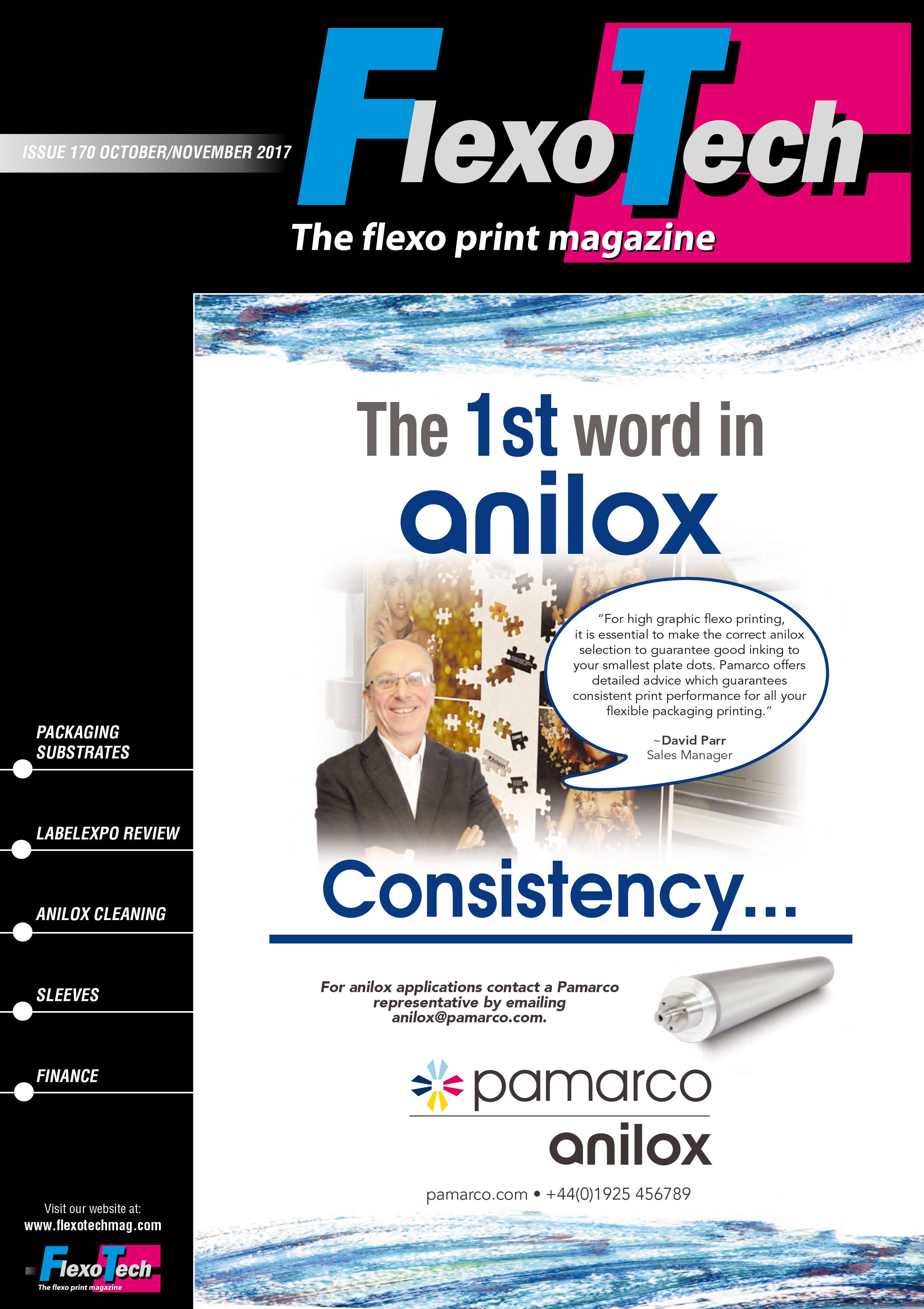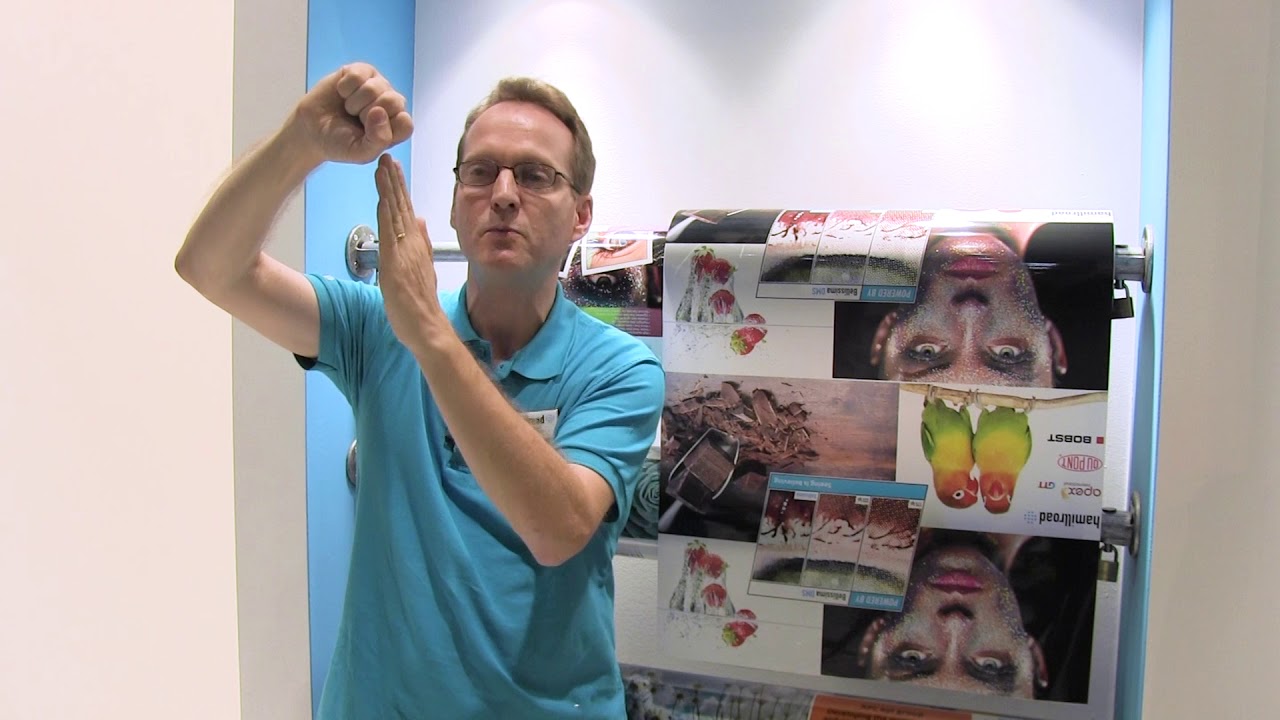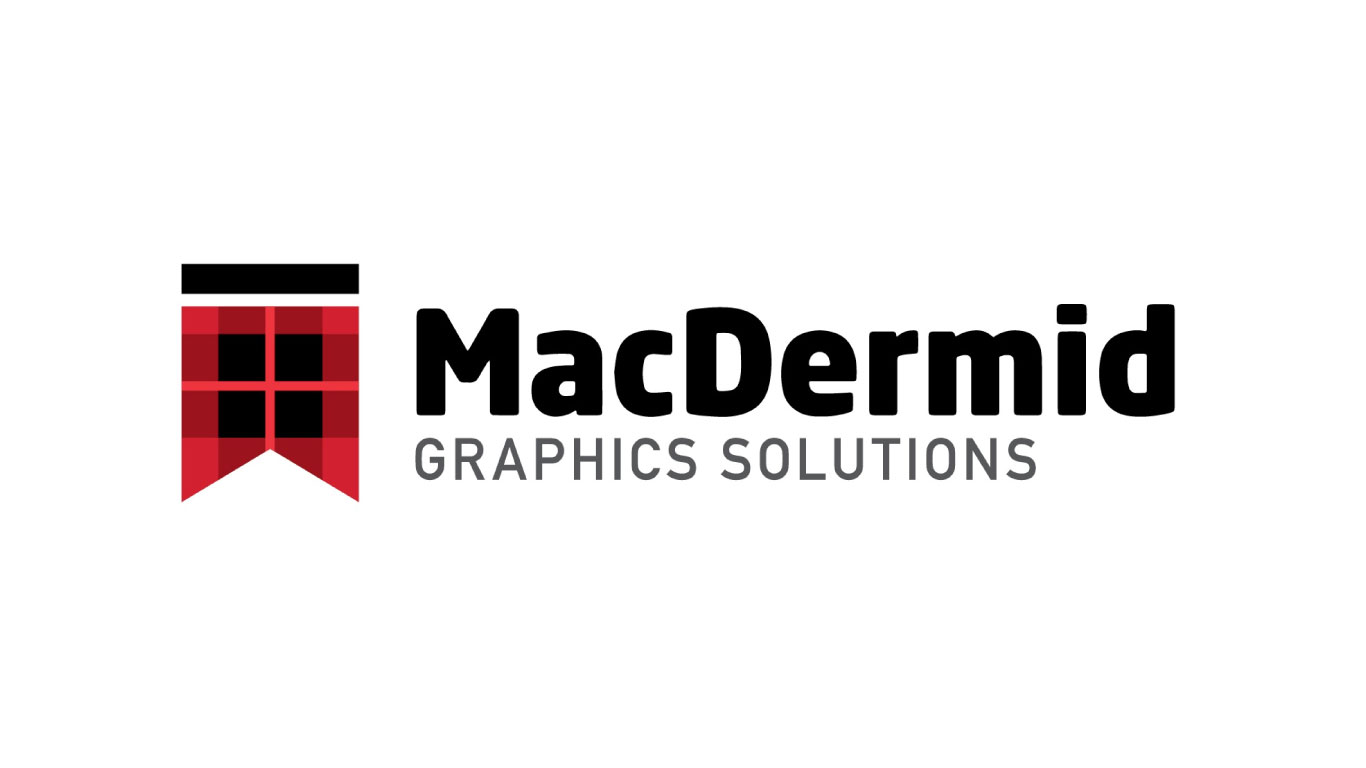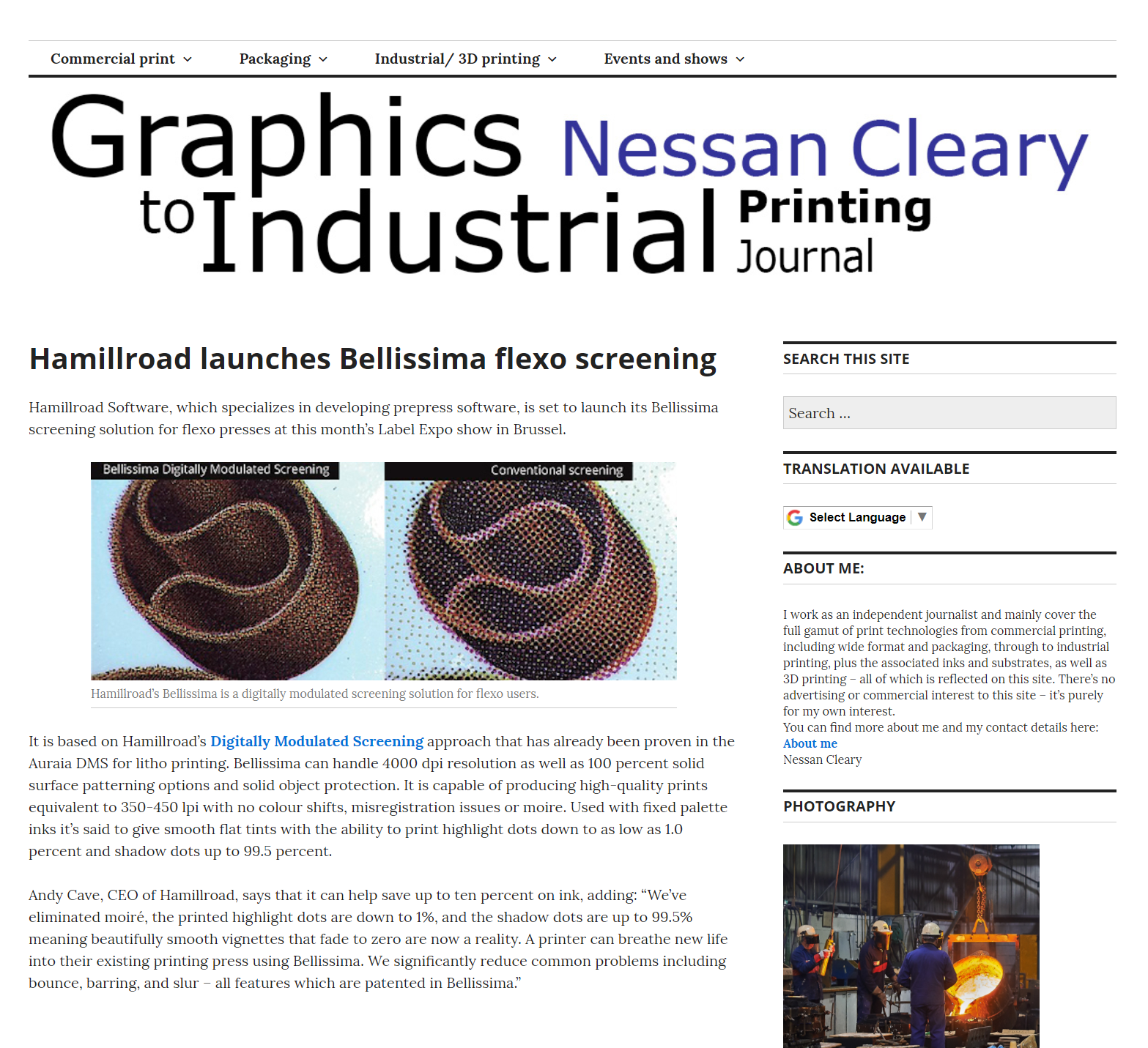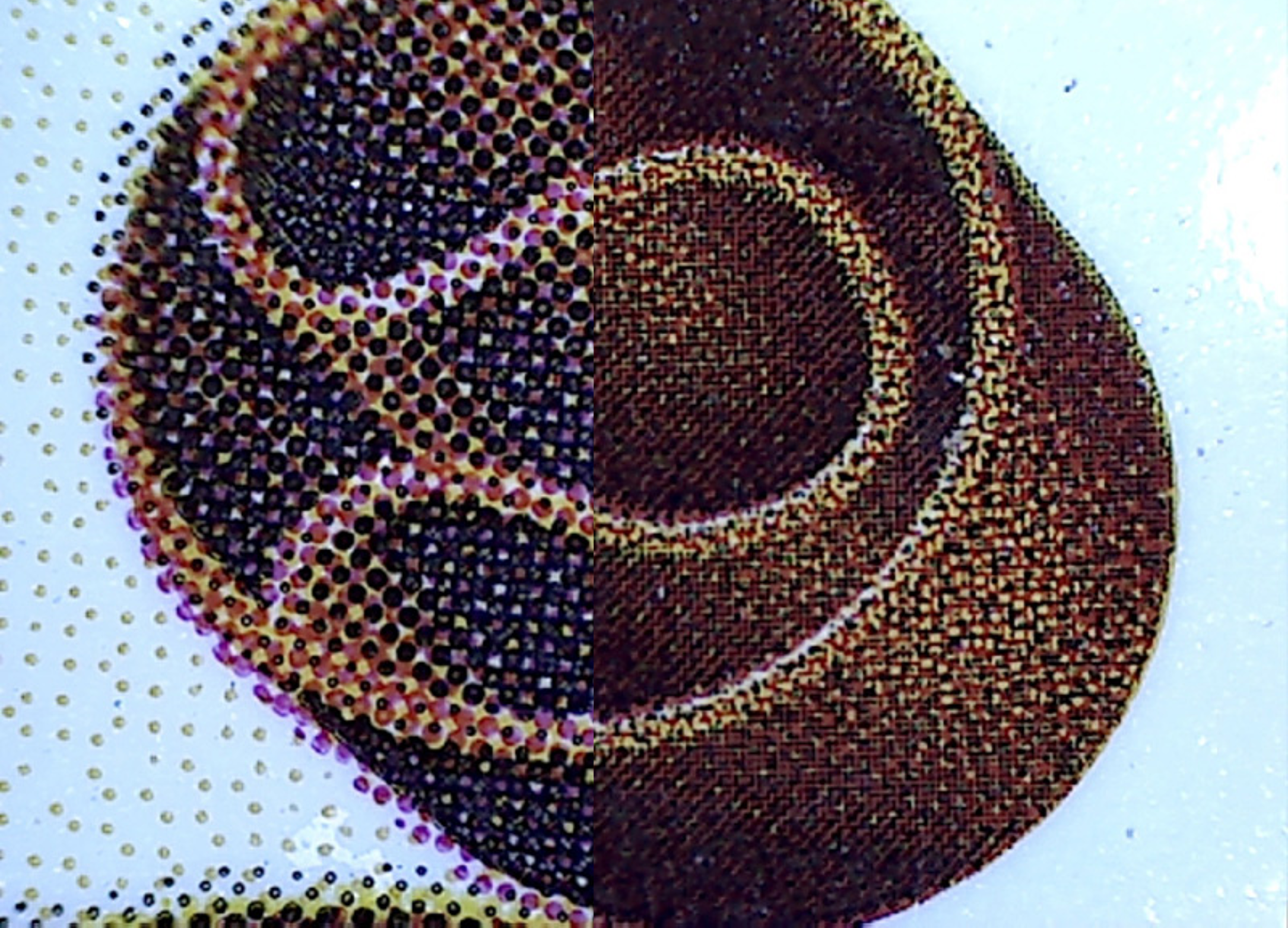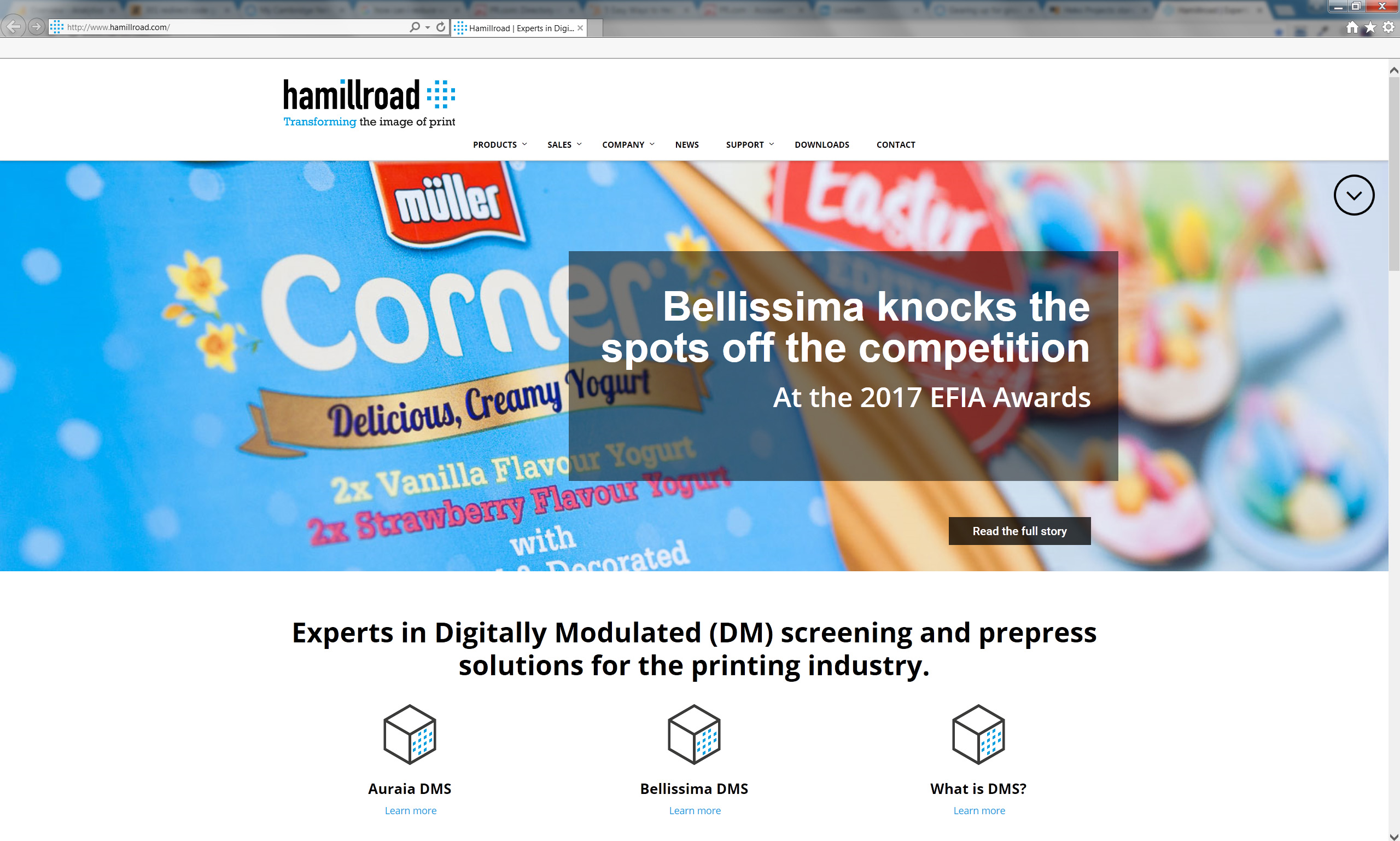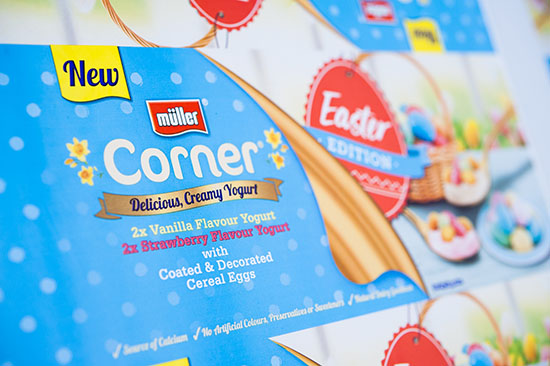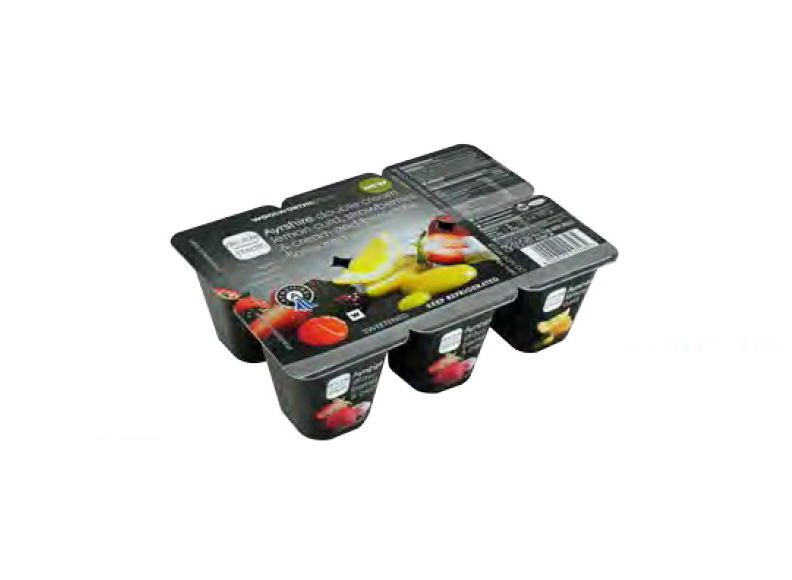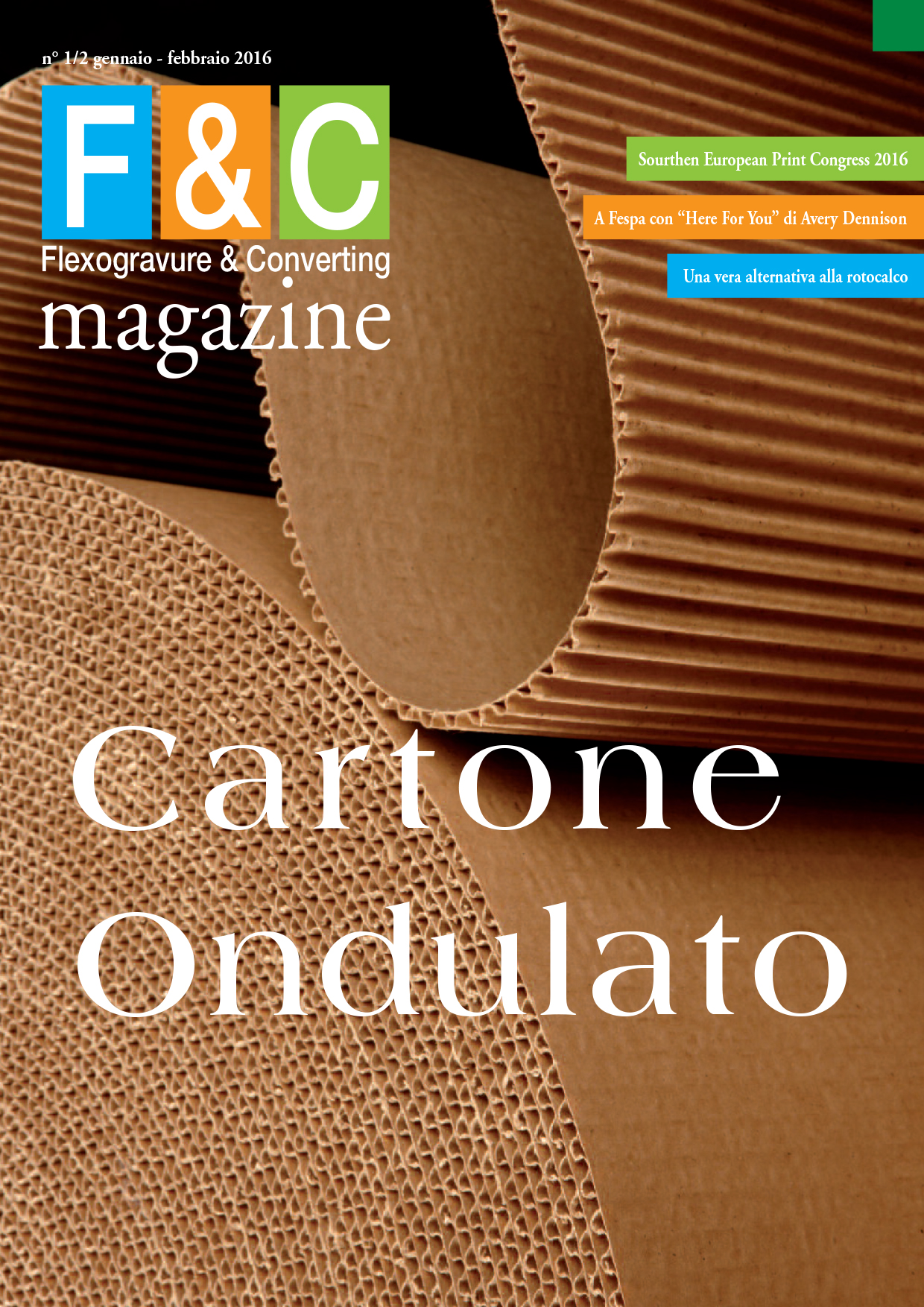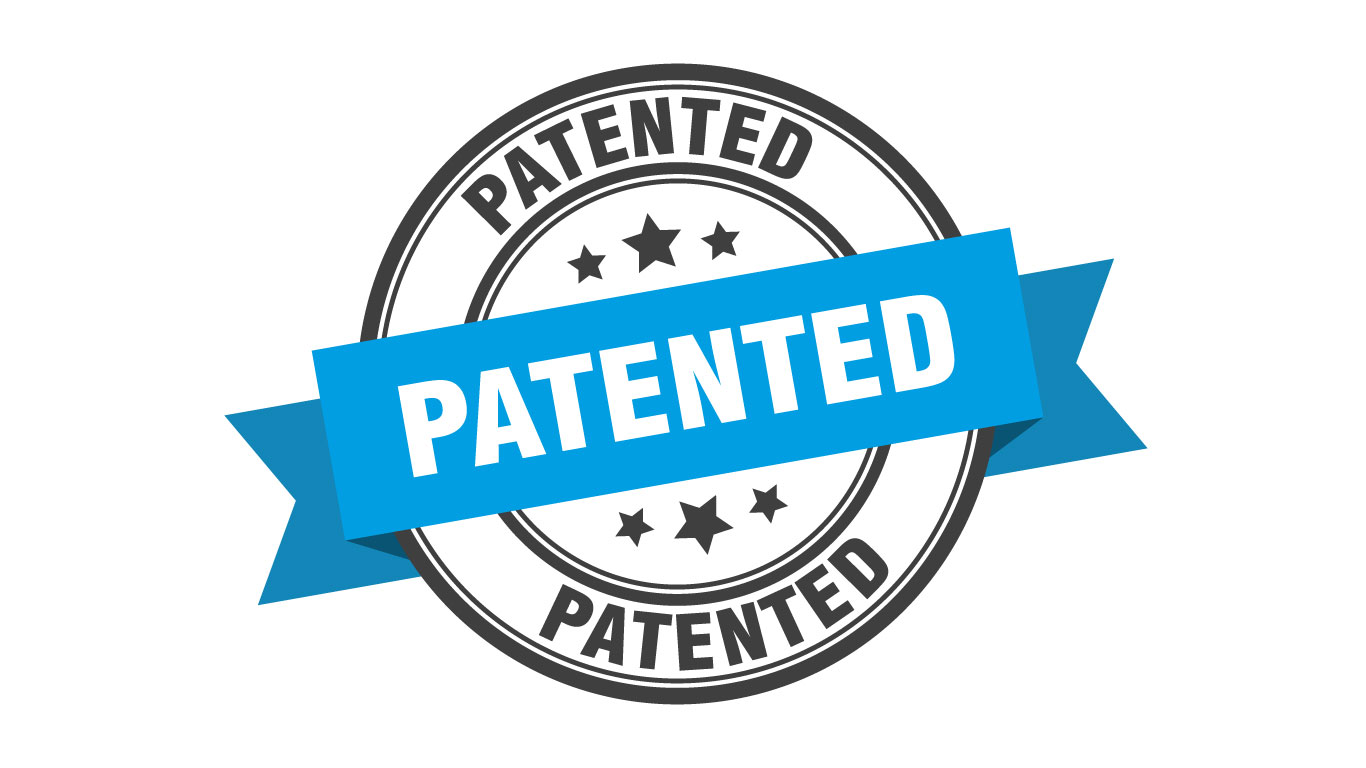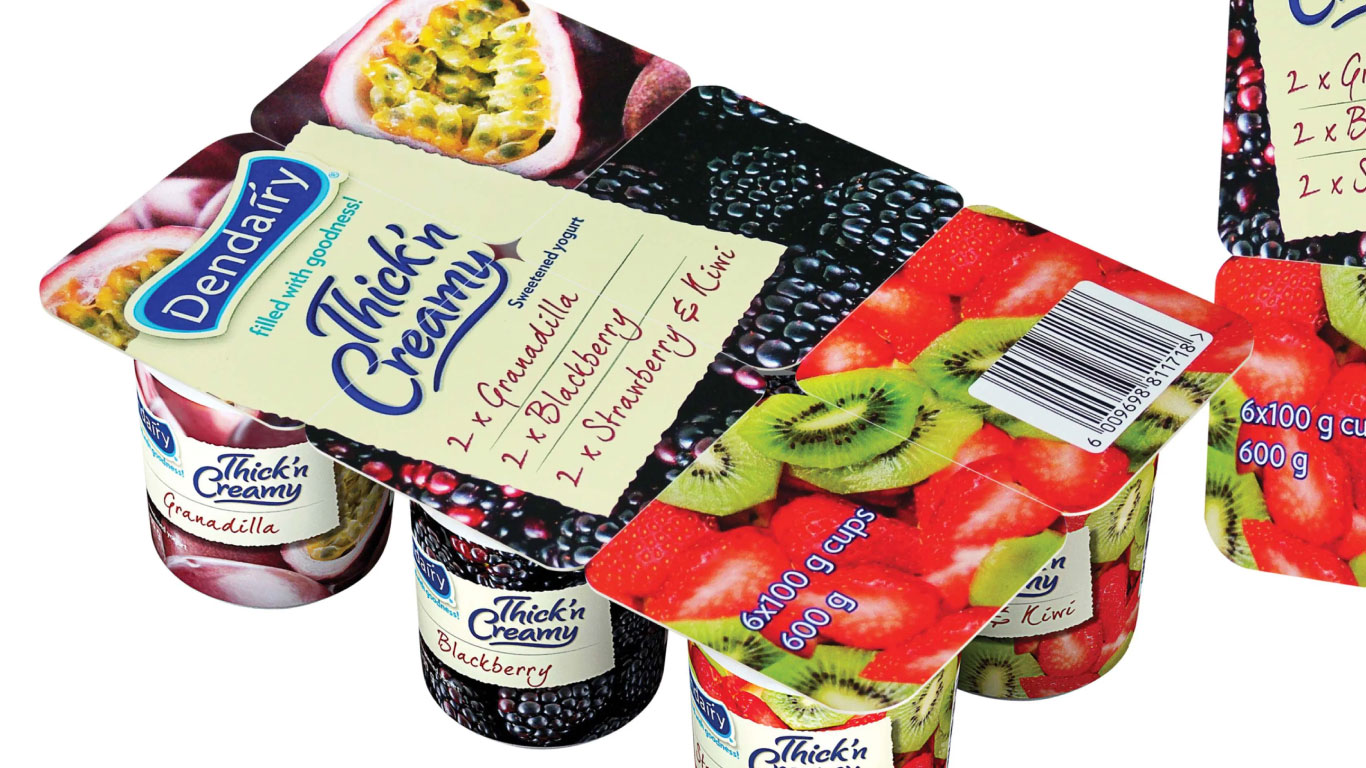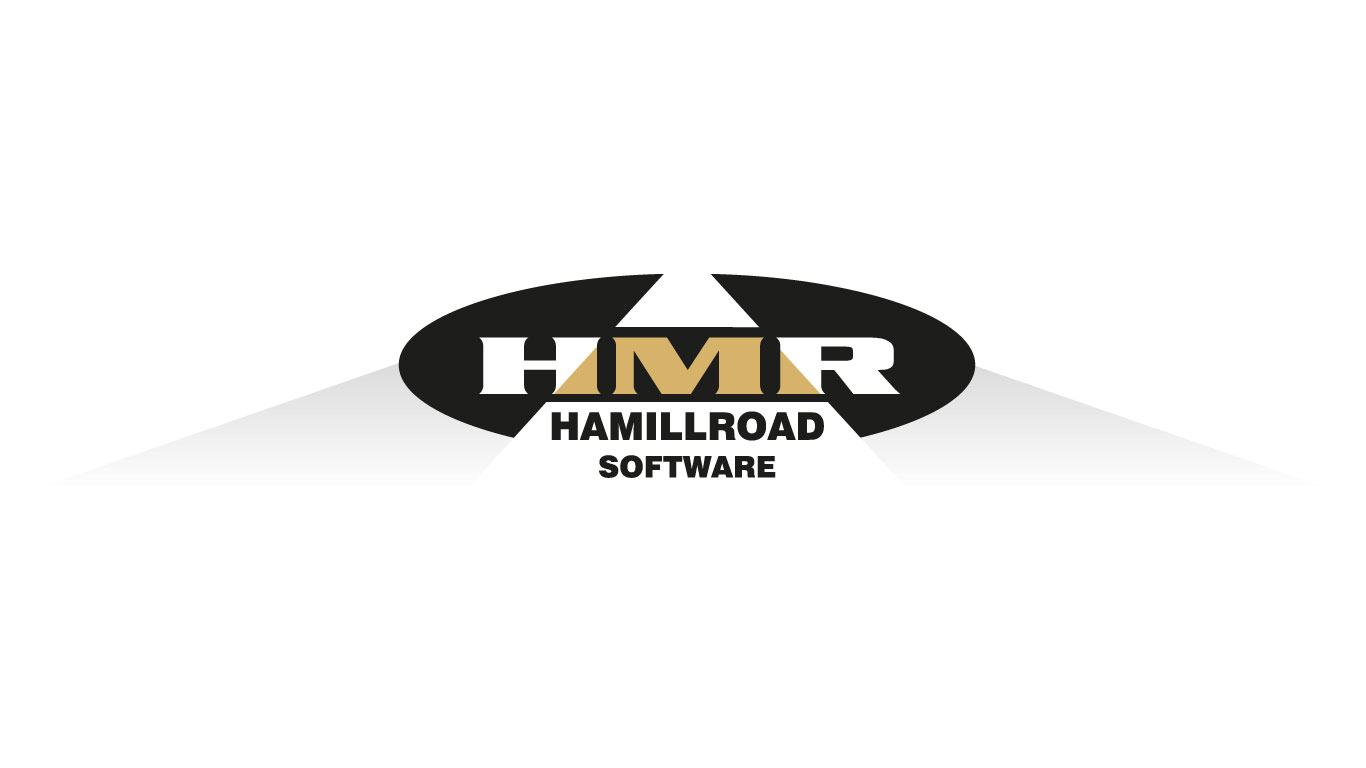Advances in Plate Technology Magnify Flexo Quality

The quality found in flexographic printing today rivals both offset and gravure. There are many reasons for this, but one significant reason is flexographic printers are now optimizing their processes more effectively with the latest innovations like flat-top dot plates, UV LED exposure and screening technology. The correct combination of plates, exposure, and screening make the job easier, more consistent, of higher quality and ultimately more profitable.
Choosing The Right Plate
The flexographic packaging market consists of four major market segments: corrugated, tag & label, folding carton, and flexibles. For this article, we will focus on flexibles and labels. Each market segment has its own set of challenges, which may require the use of different durometer plates.
For example, label printers have traditionally used a medium durometer plate. This requirement was partially driven by the need to wrap a very small plate around a very small cylinder and — here comes the important part — it needs to stay in place and not lift from the cylinder. Certainly, the mounting tape plays a part in keeping the plate down on the cylinder. However, the softer the plate, the better flexibility it must properly lay down on the print cylinder and mounting tape.
Printing plates for this market segment also must be capable of printing very high-quality graphics and be able to print cleanly for long runs. MacDermid has engineered medium durometer LUX In-The-Plate (ITP) plates with very low tack so that dust and debris that are sometimes associated with some paper stocks are no longer a factor. The durometer of these plates is a little firmer than most medium durometer plates so it can be optimized for wide-web applications as well, while retaining the flexibility required for smaller print cylinders.
For flexible film printing applications, most printers use harder durometer plates. These plates typically start off around 60 shore A, although the effective at gauge durometer can be in the low 70s or even higher. Most wide-web printers need a plate that is harder to ensure the very best dot reproduction on their substrates. A plate that is too soft for the application can print with slur or excessive dot gain. LUX ITP 60 was the first inherently flat-top dot product to market and subsequently won the FTA Technical Innovation Award in 2016.
Curing the Plate
Once the right plate type is chosen, it must be effectively cured. Photopolymers are not moody, nor highly intelligent, autonomous creatures. Rather they:
- Are a mixture of chemicals designed with a class of behaviors and performance characteristics in mind, targeting a finished print application
- Require many other technologies to be successful, including exposure, washout, on-press components, etc.
- Do not like discrepancy. Any difference in the combination of these components can lead to a difference in the application of the final mixture, and this includes plate exposure technology.
- Do not like variance from the application side. The more widely variable the exposure technology, the more variation one can expect from the photopolymer plate. This is where advances in curing technology can play a key role.
UV LED’s distinct advantage comes from its unparalleled uniformity of light intensity across the width of the exposure device, which translates into more uniformity of the finished printing plate itself. More uniformity means more consistency. Greater consistency lends itself to more repeatable and predictable finished results. This was sorely needed within the industry.
Supplying consistent and predictable amounts of UV energy to the plate and applying it in a consistent manner is critical, as is the ability to cure each plate the same way. This means there should be no differences relative to temperature, energy or even the time between the front side and back side exposures. This leads to improved consistency. With consistency comes standardization and predictability.
MacDermid fully supports UV LED technology in the belief this technology represents the future of flexo platemaking. This technology brings out the best in photopolymer formulations.
Screen the Plate
Advances in screening technologies are another key factor in the improvement of flexographic print quality. These screening technologies, combined withplate technologies and cure technologies, have opened the door to two major players in the screening world: highlight dots and surface screening.
Screening is the translation from the continuous tone image to the printable image comprised of dots of various shapes and sizes. How we screen an image ultimately determines how faithfully that image is reproduced and how much of the original contrast, saturation, and detail is preserved.
New screening technologies are at the heart of flexo platemaking today. Examples of advances in this area include Esko Crystal and Hamilroad’s Bellissima screening. Esko Crystal screens take advantage of flat-top dot plates to form smaller printable structures within the plate to further improve those benefits of cleaner vignettes and increased color gamut. Bellissima is another screening technology that leverages flat-top dot plate technology to push flexo screening to a higher level. Bellissima is digitally modulated stochastic screening that changes frequency and dot shape throughout the tone scale. With Bellissima screening and flat-top dot plates, image contrast and fine details are reproduced faithfully to truly represent the original continuous tone image.
With advances in technologies such as flat-top dots and UV LED curing, comes the ability to hold finer highlight dots. These fine highlight dots allow designers more flexibility in creating art that will pop off the shelf and catch the eye of the consumer, especially with fading to zero effects.
Surface screening has improved the everlasting issue, with ink transfer and solid ink coverage helping those vibrant and saturated brand colors to become more consistent across packaging platforms. Just as how a printer chooses and cures a plate is important, screening selection is a vital element in implementing high-quality flexo. Screening selection will depend on your process and must be optimized for each process.
One of the most important pieces to the flexo puzzle is optimization and control of the process. The evolution of screening selection, plate selection and cure of the plate have made this piece more easily attainable.
Read online at Flexible Packaging magazine: https://www.flexpackmag.com/articles/90129-advances-in-plate-technology-magnify-flexo-quality

